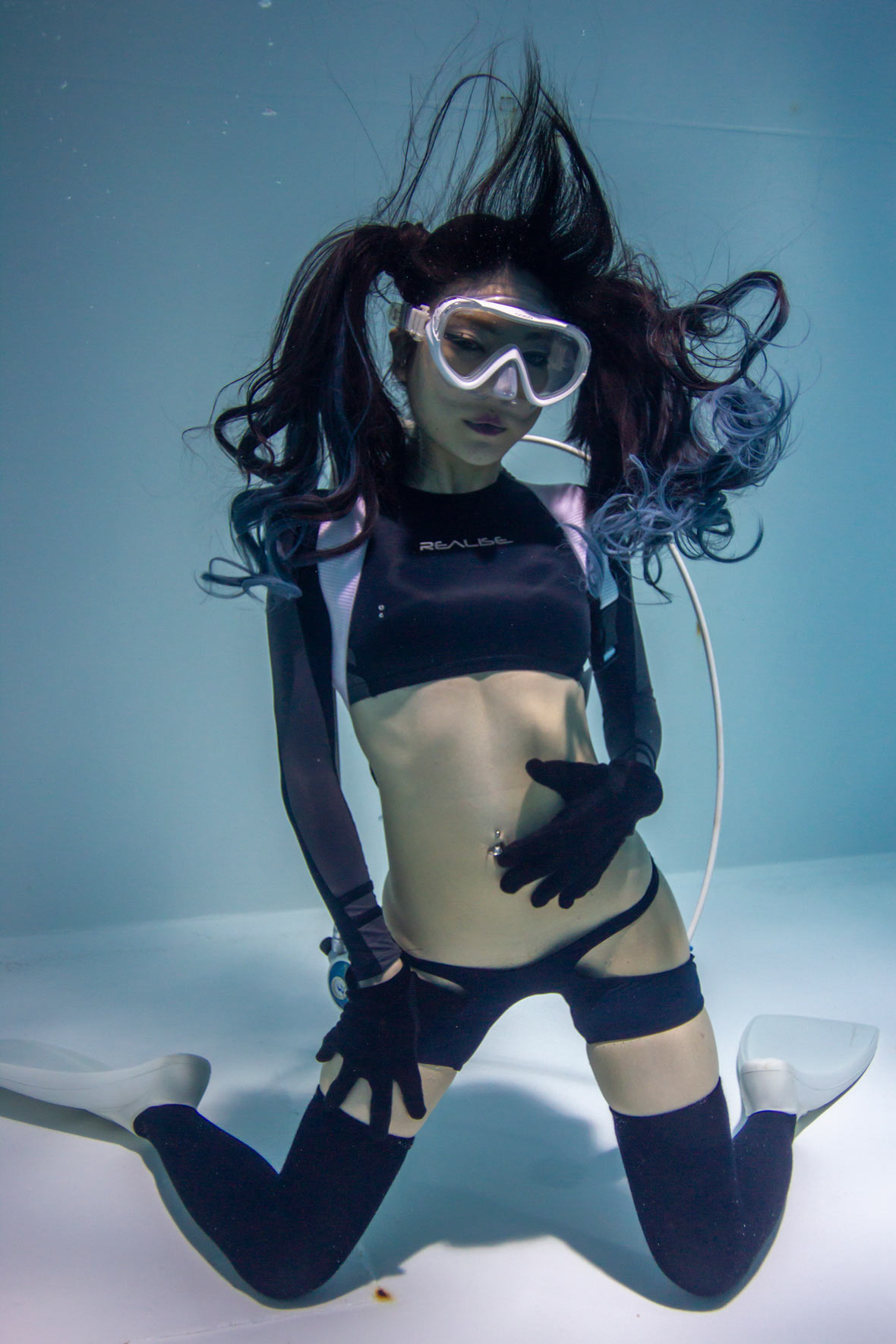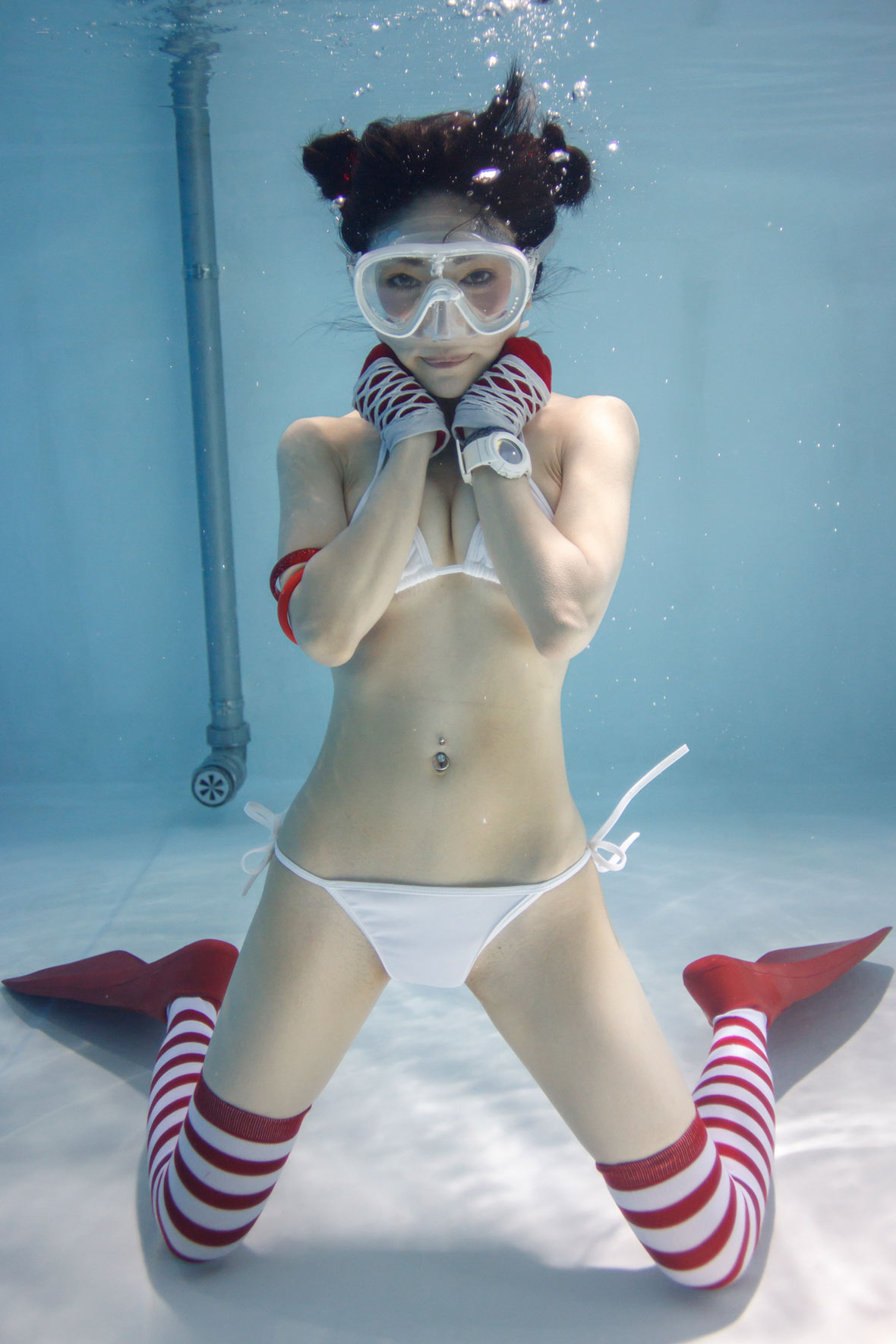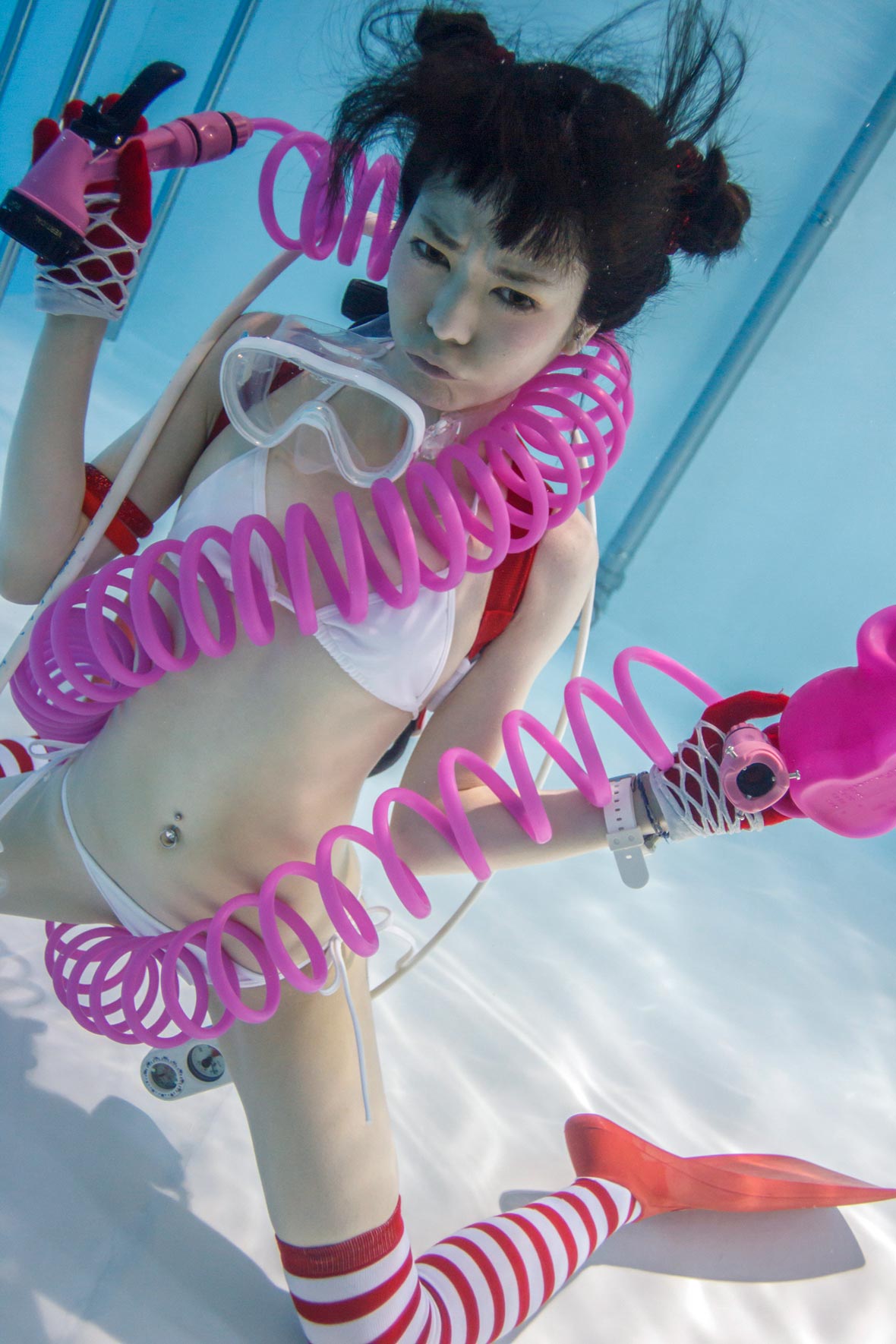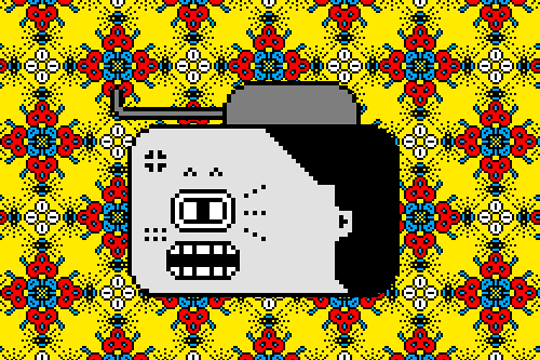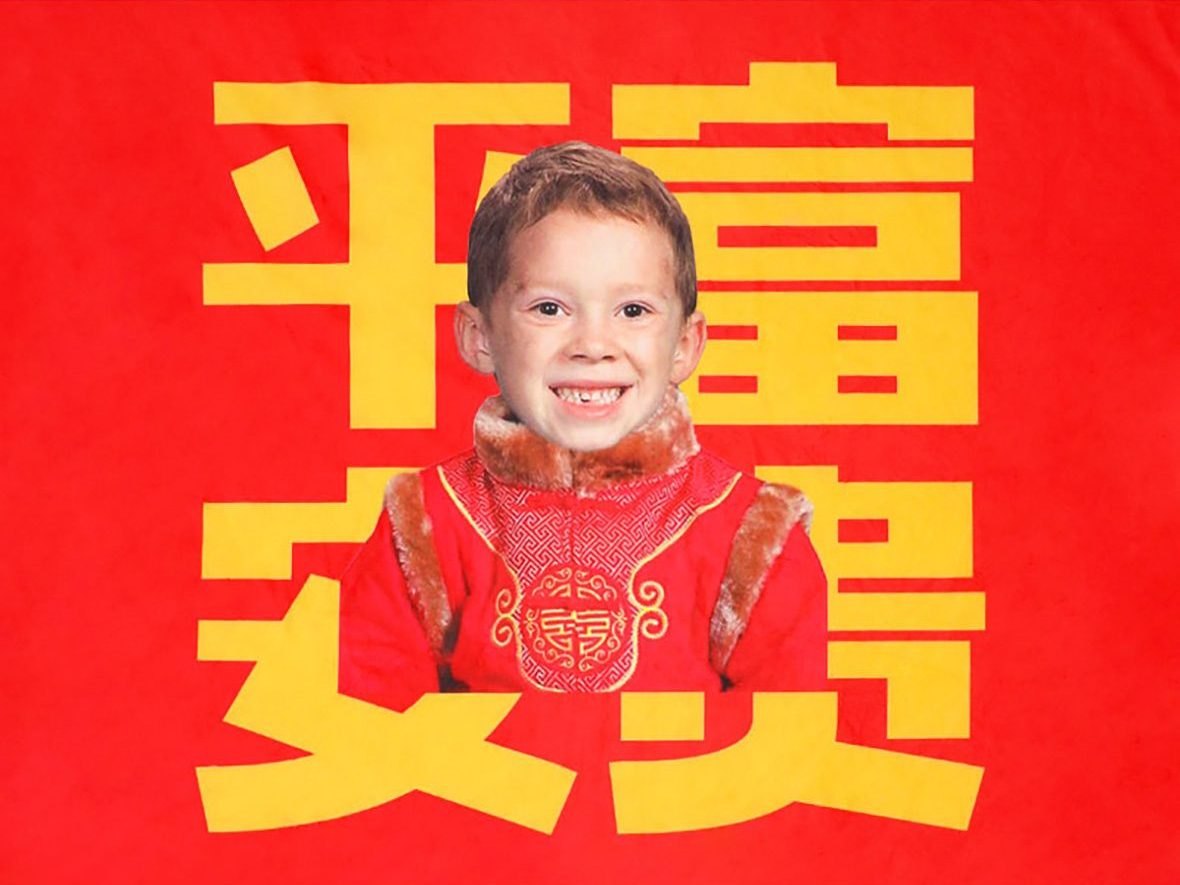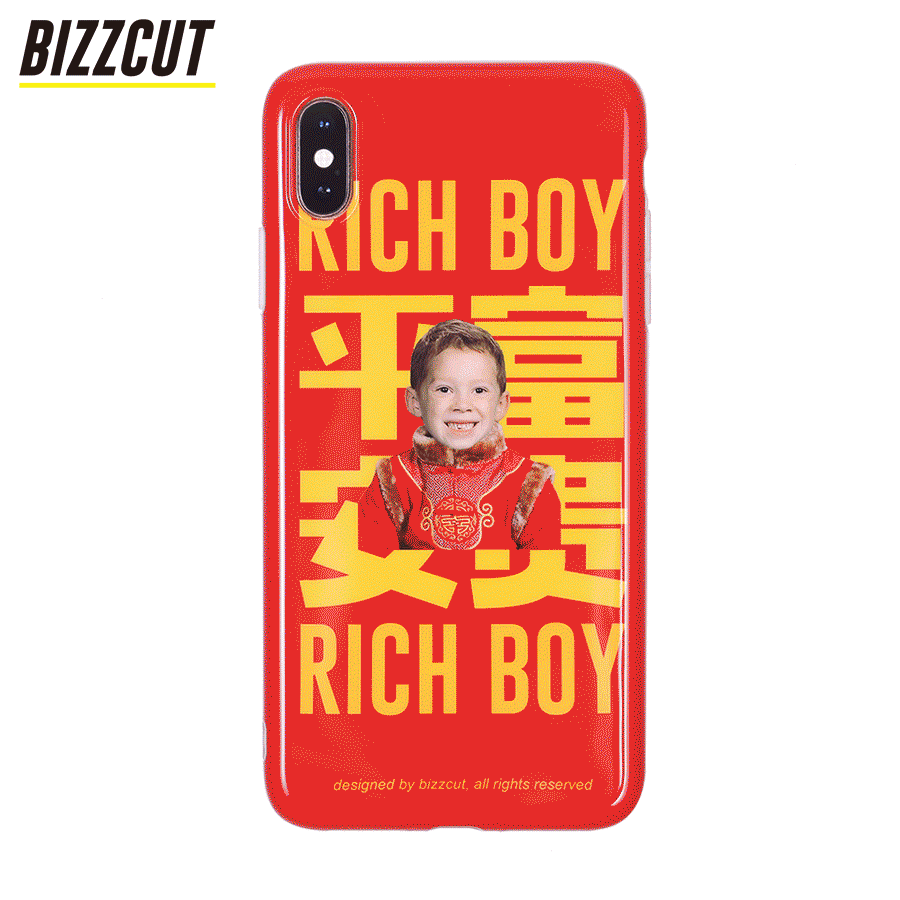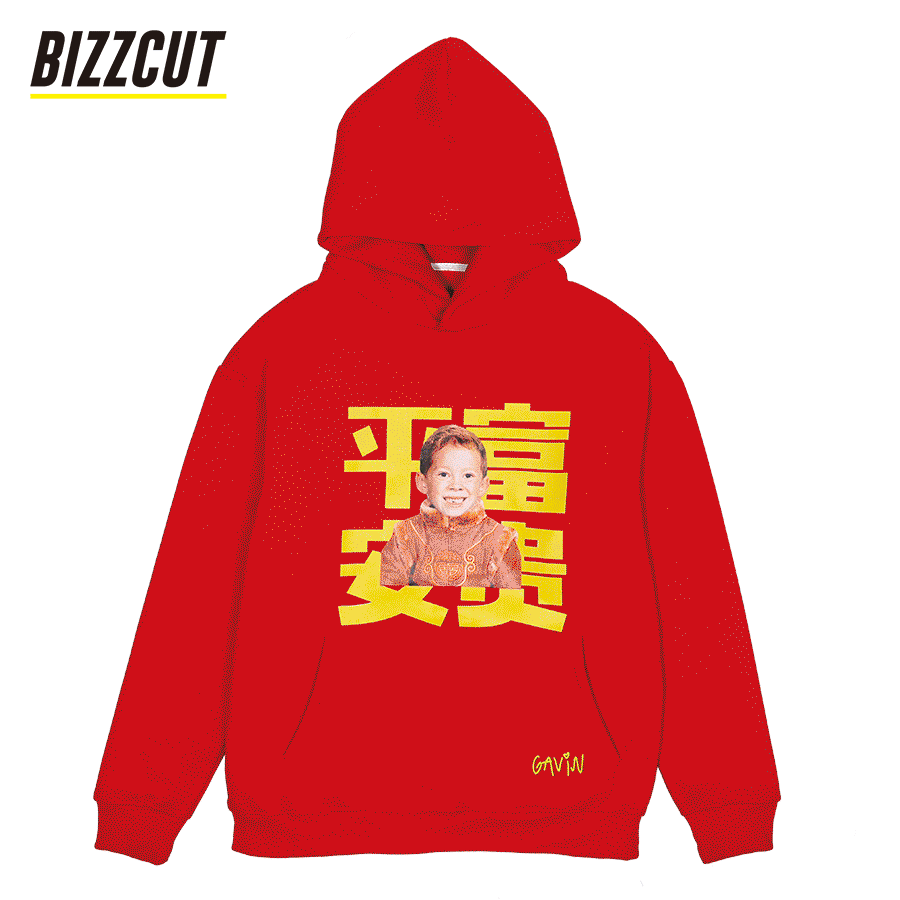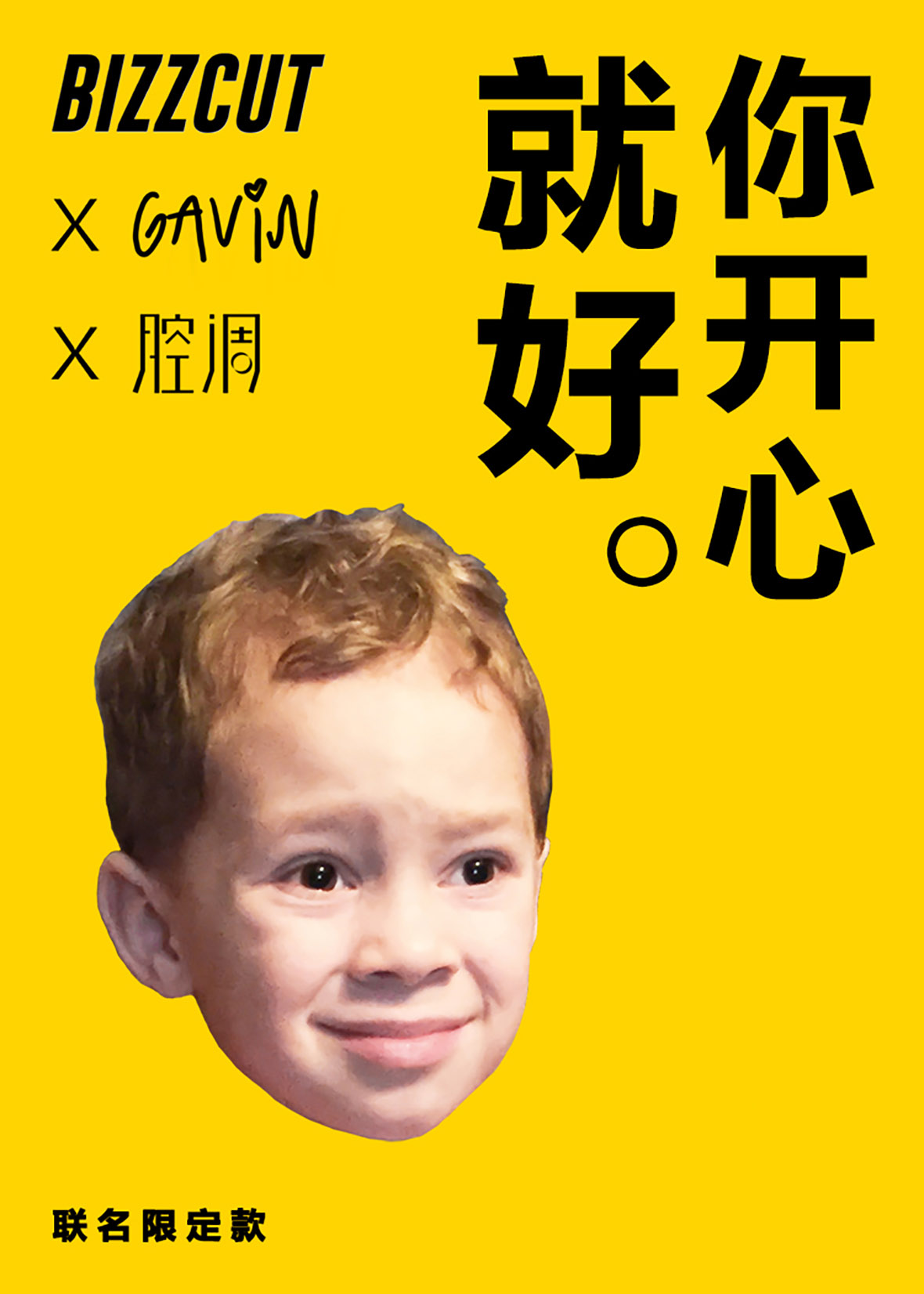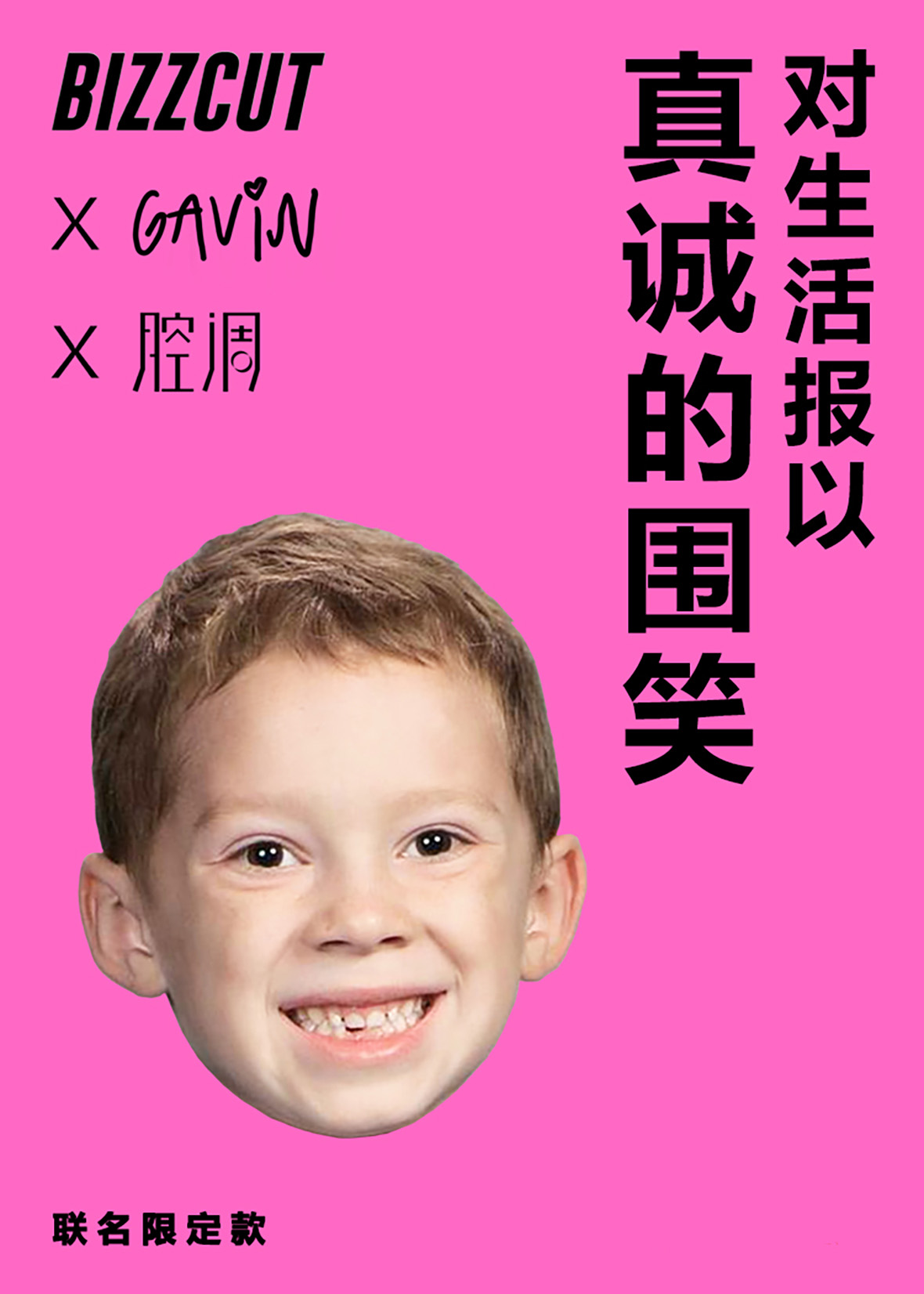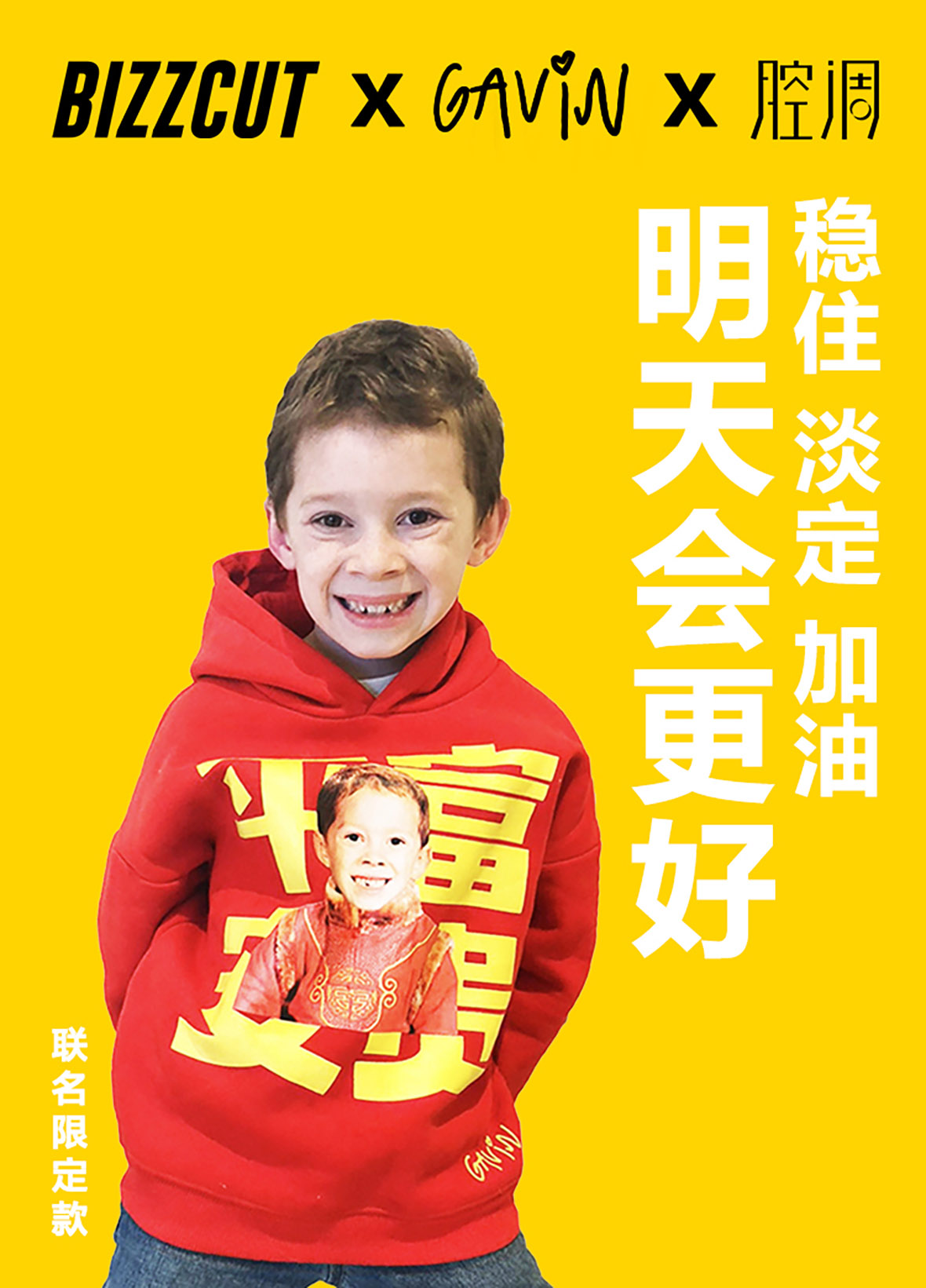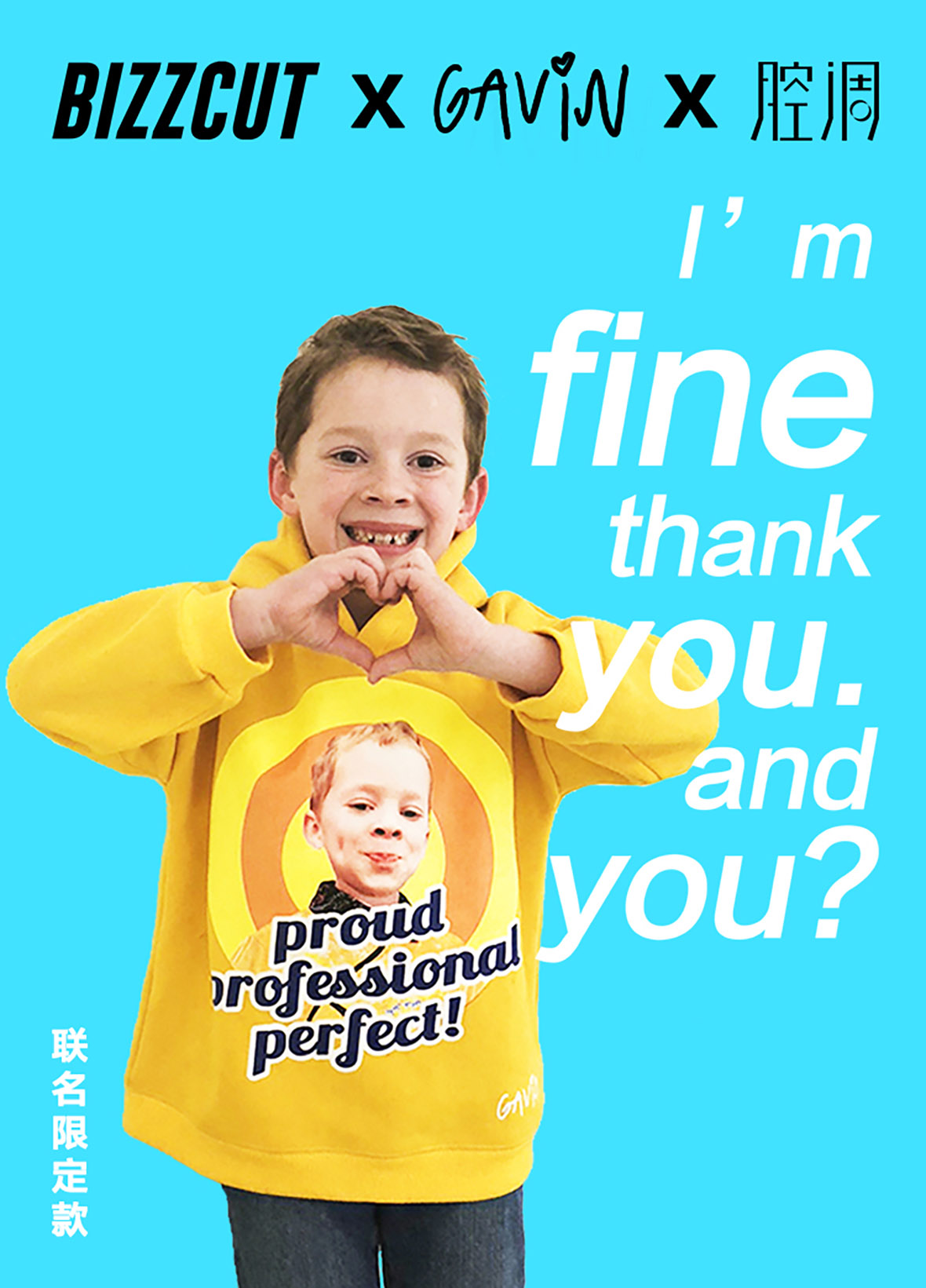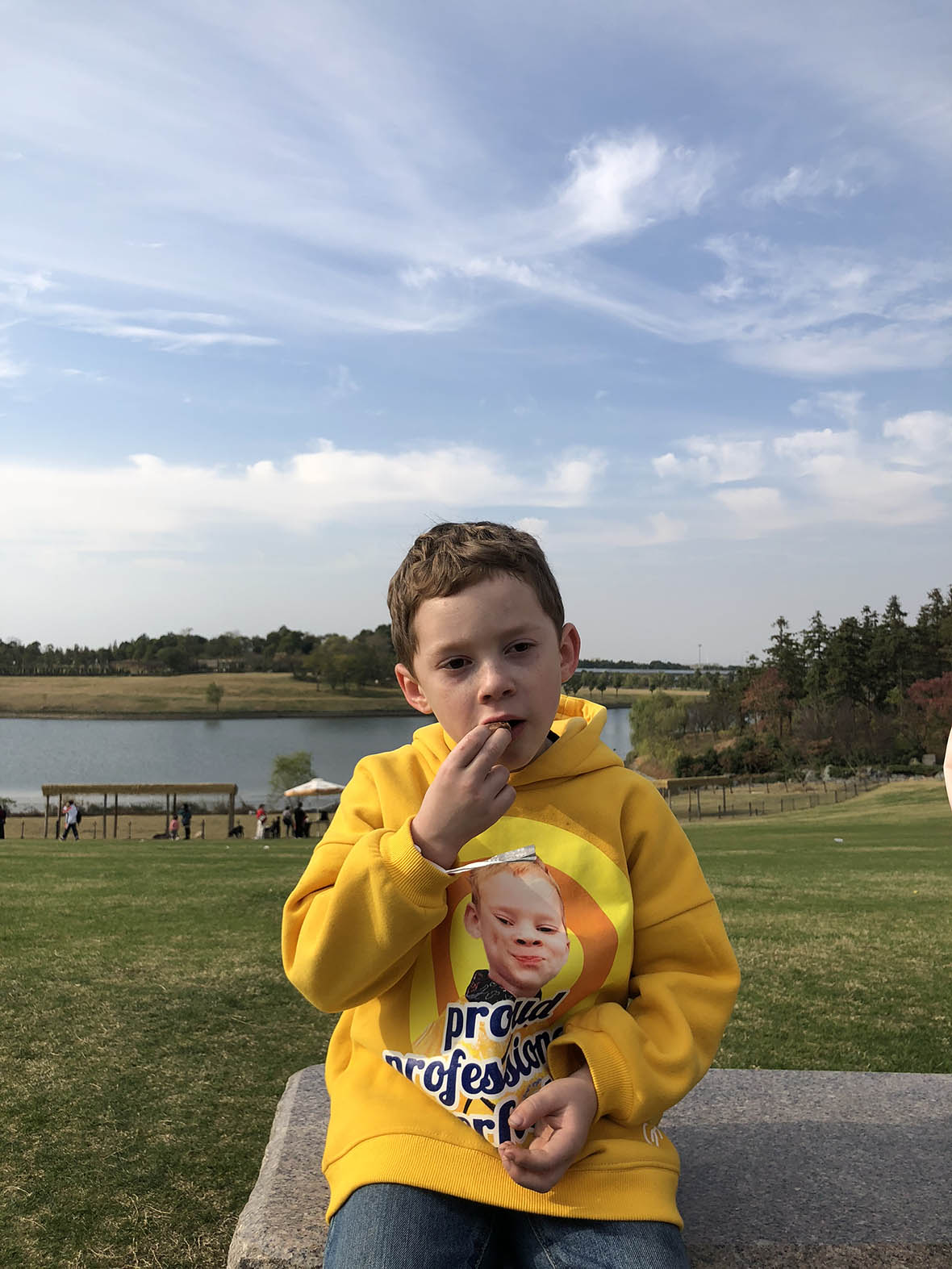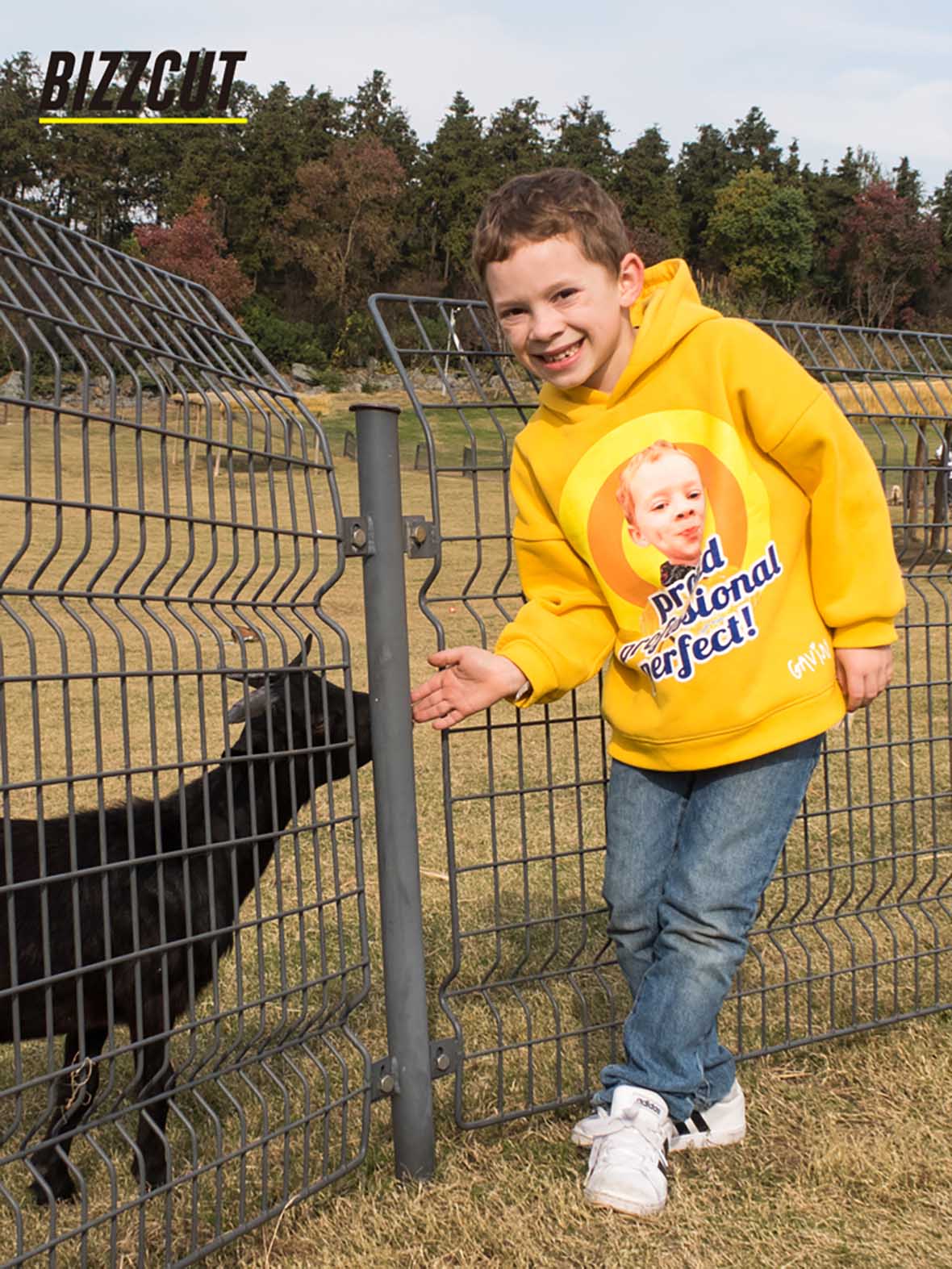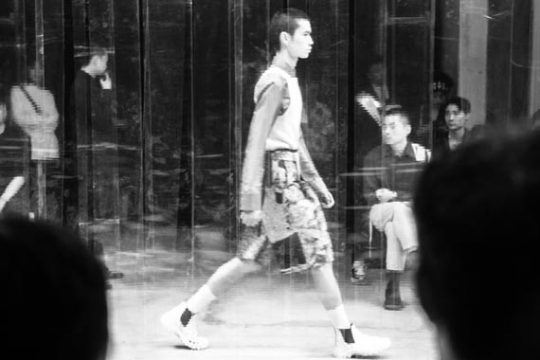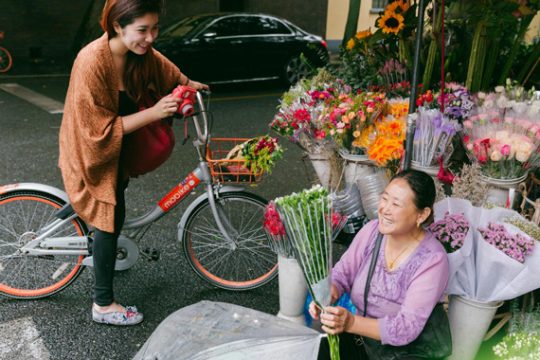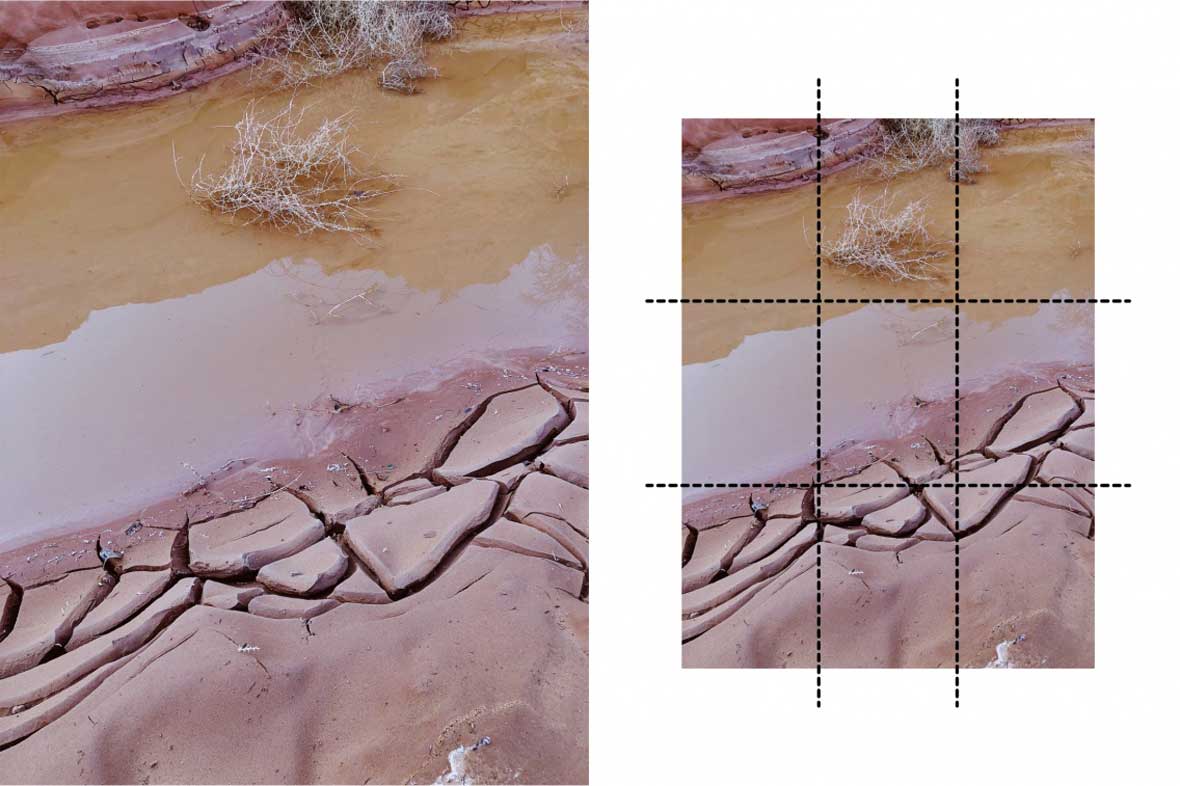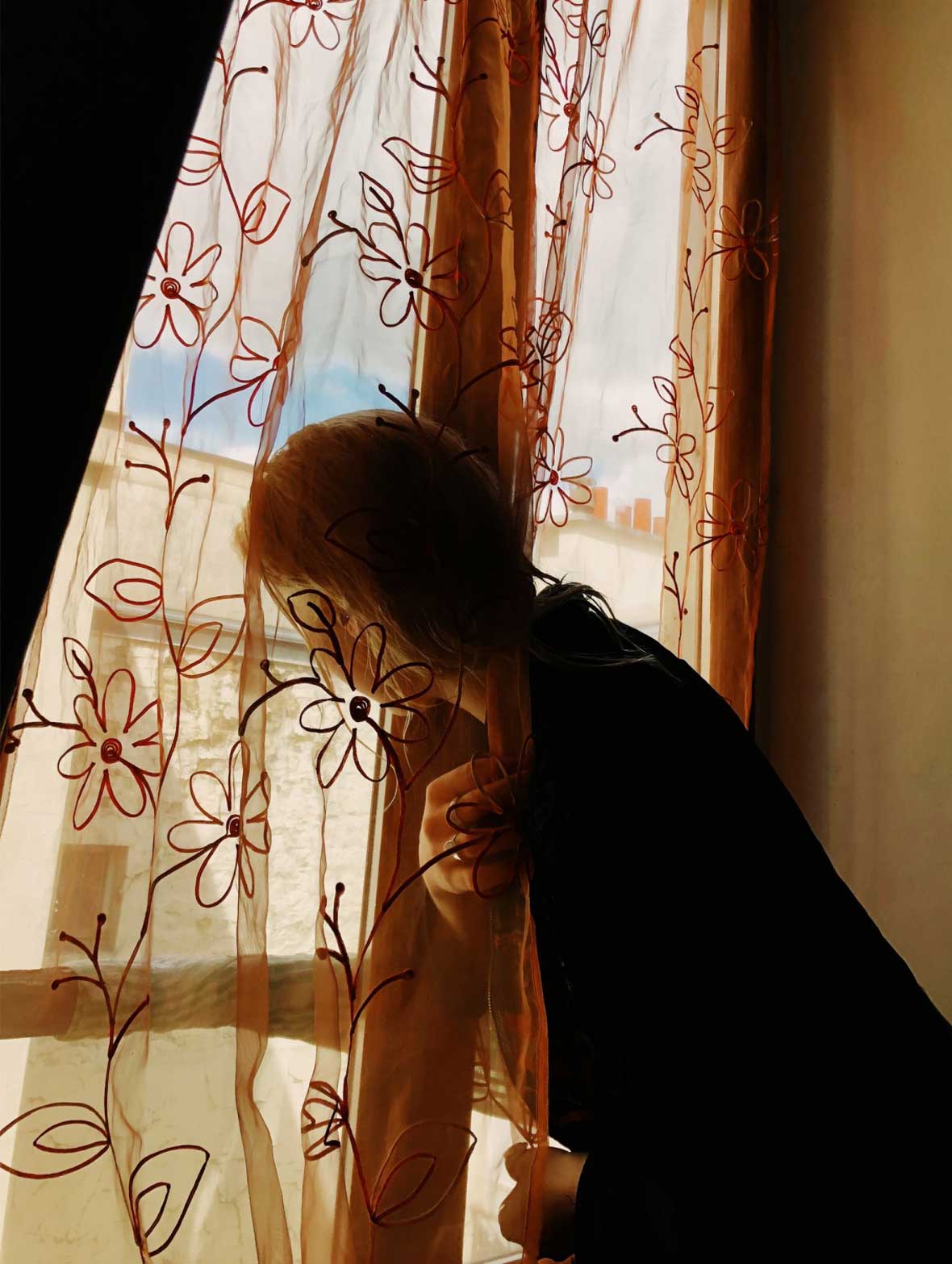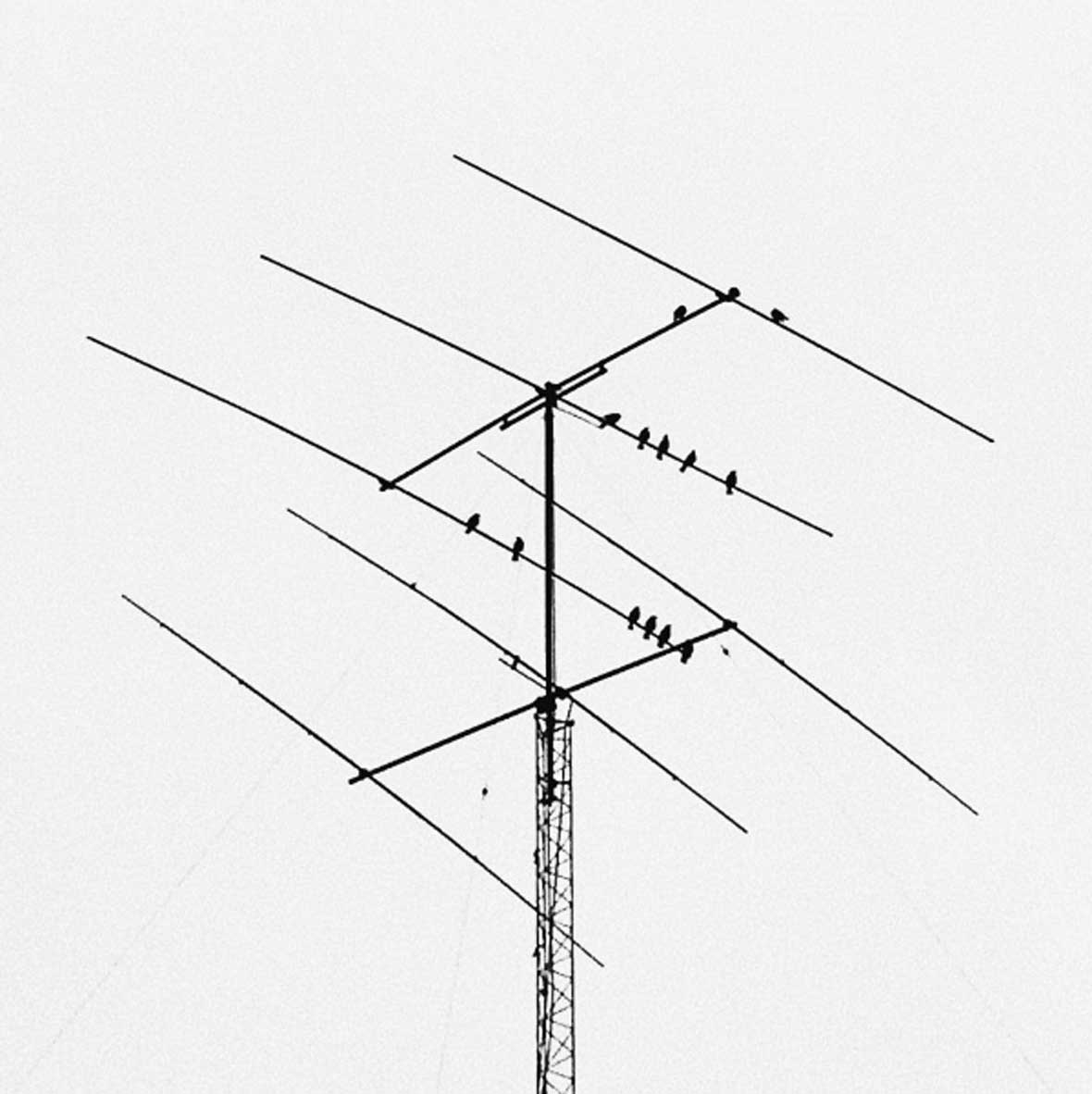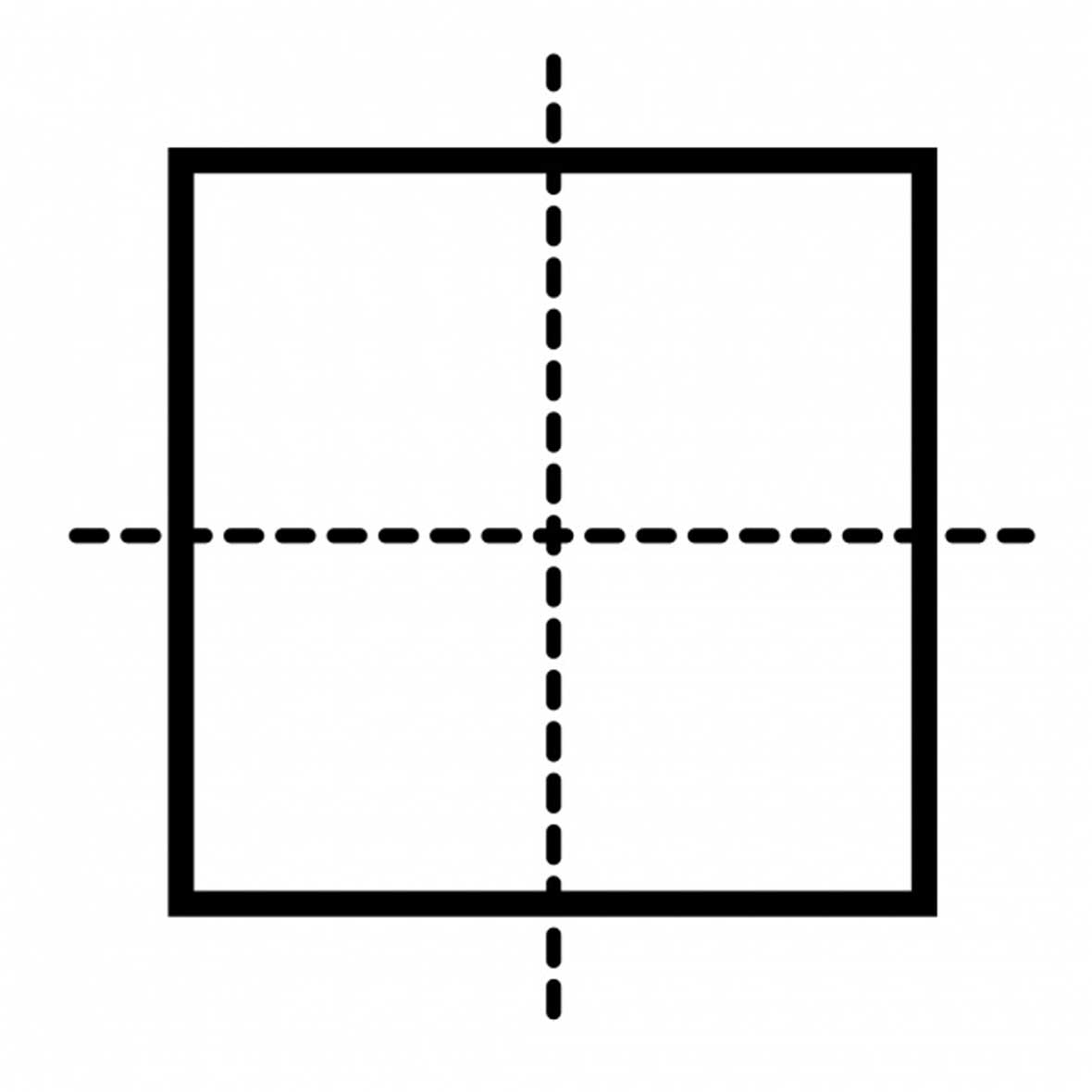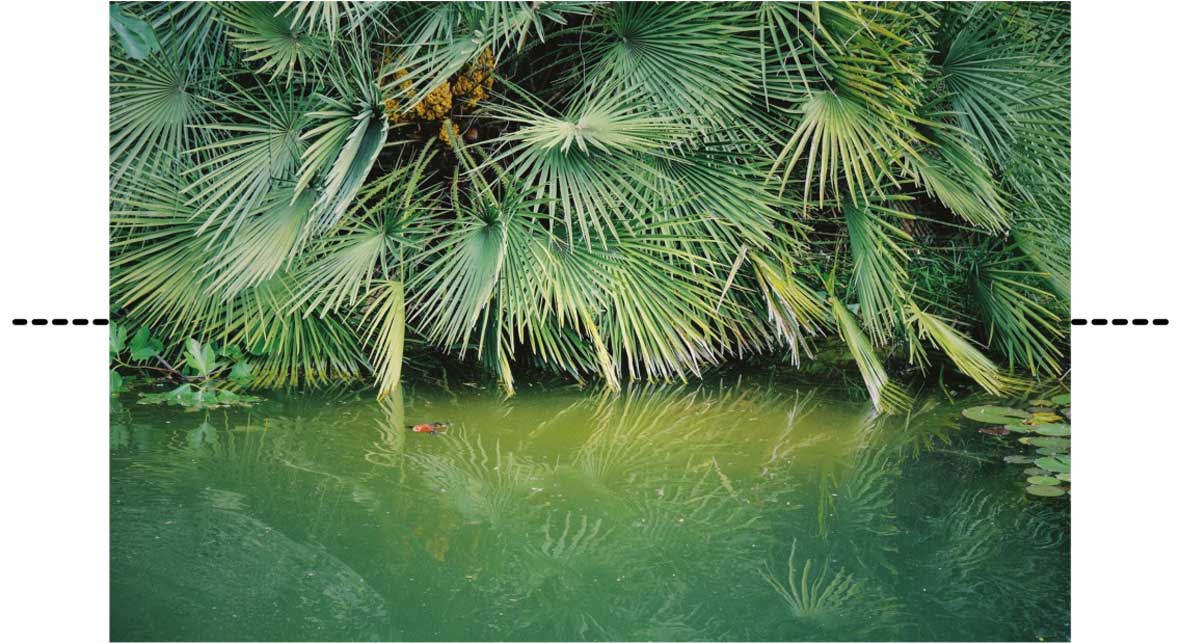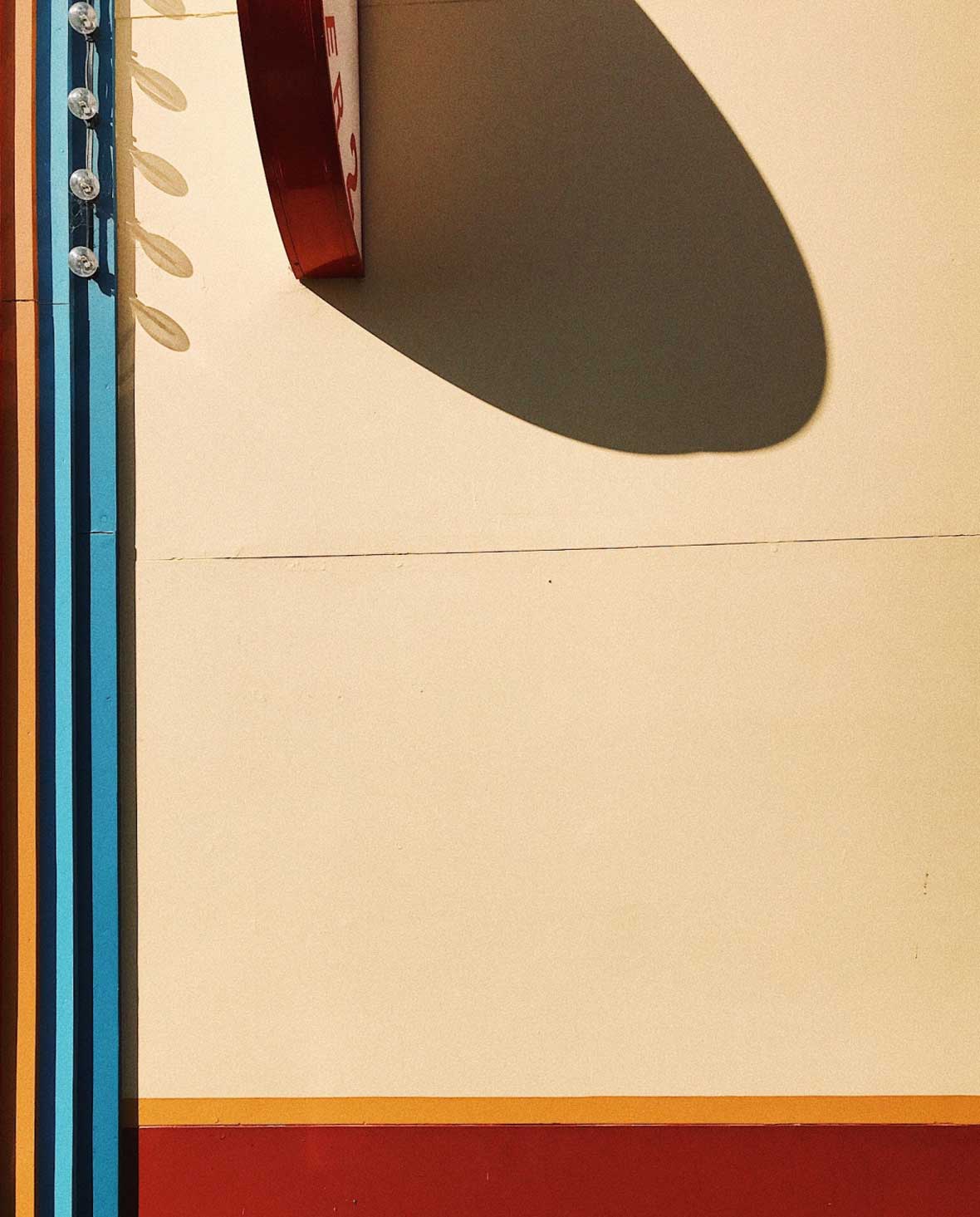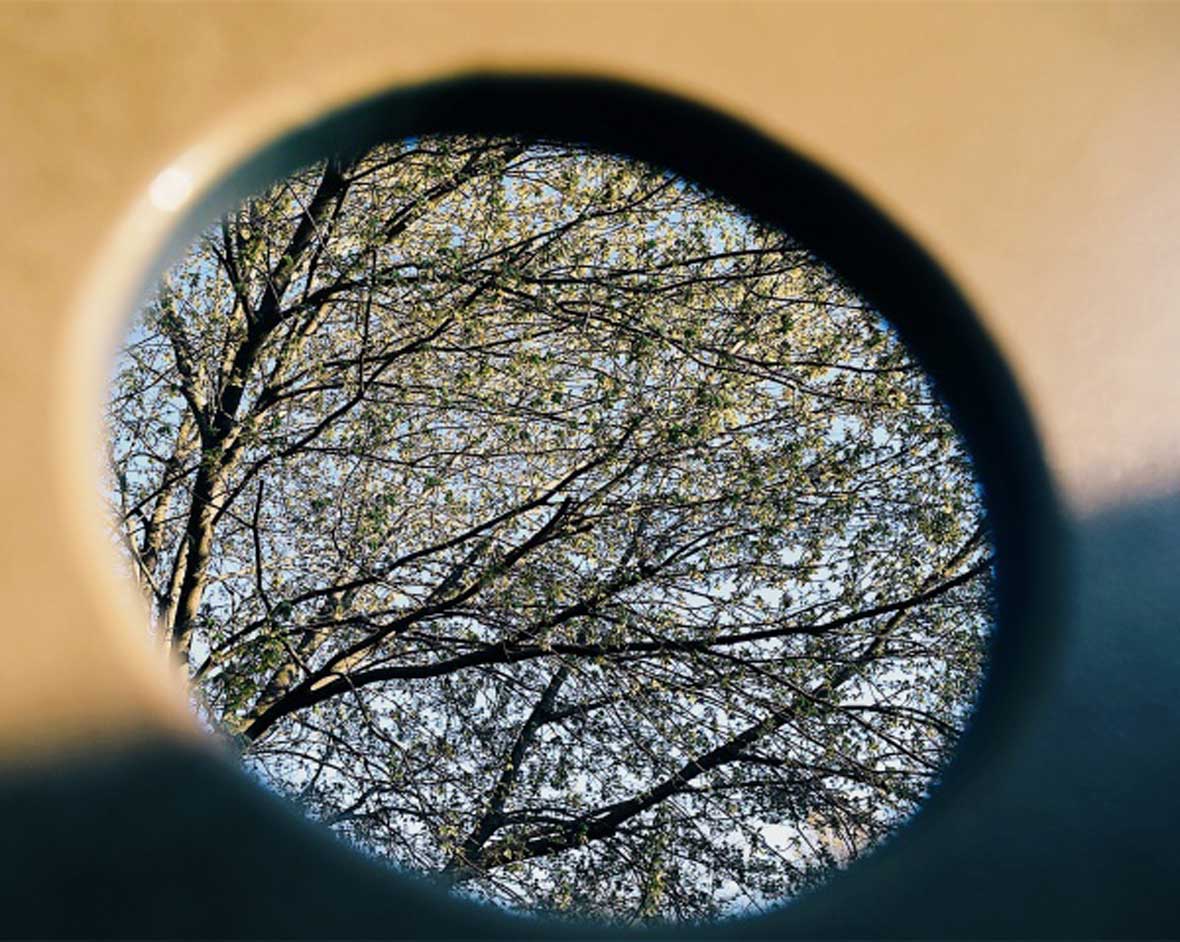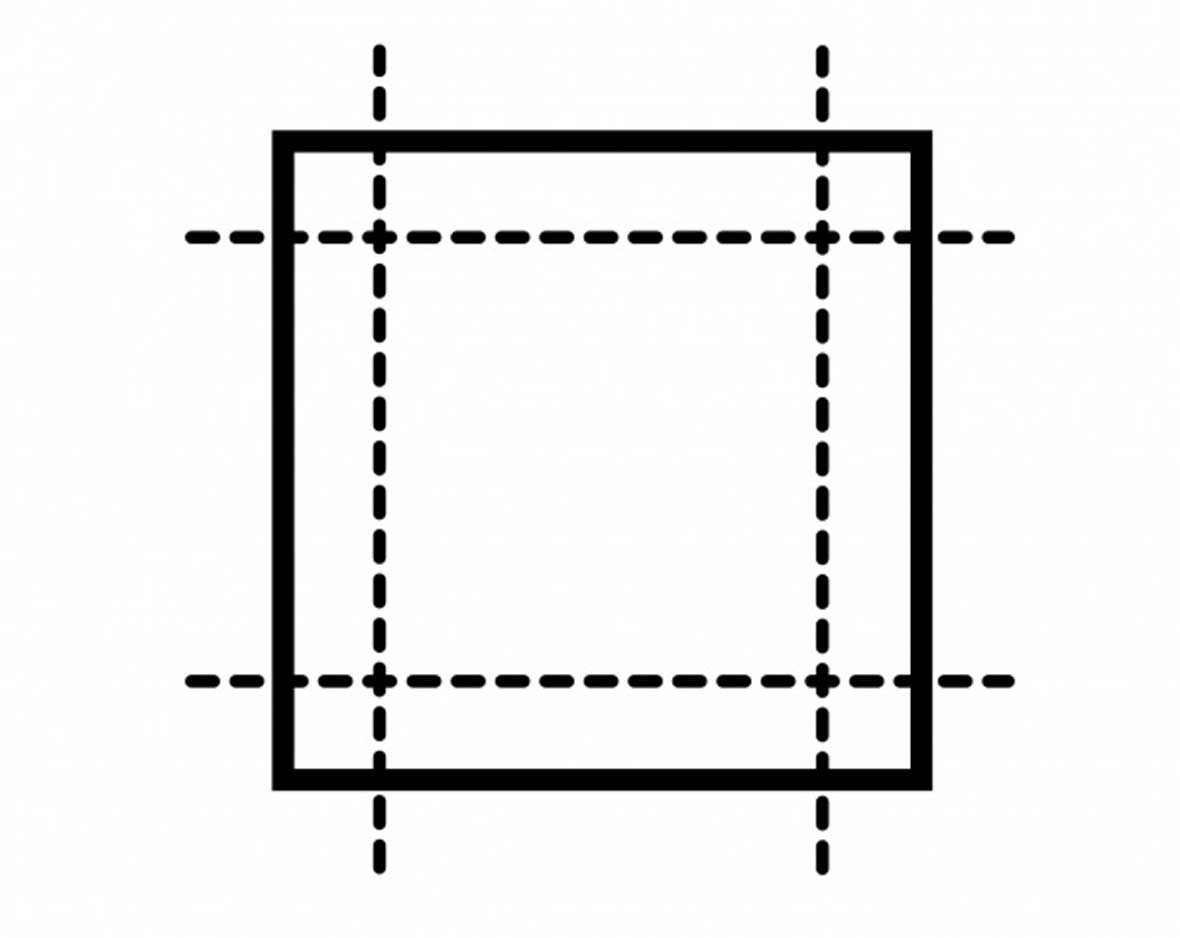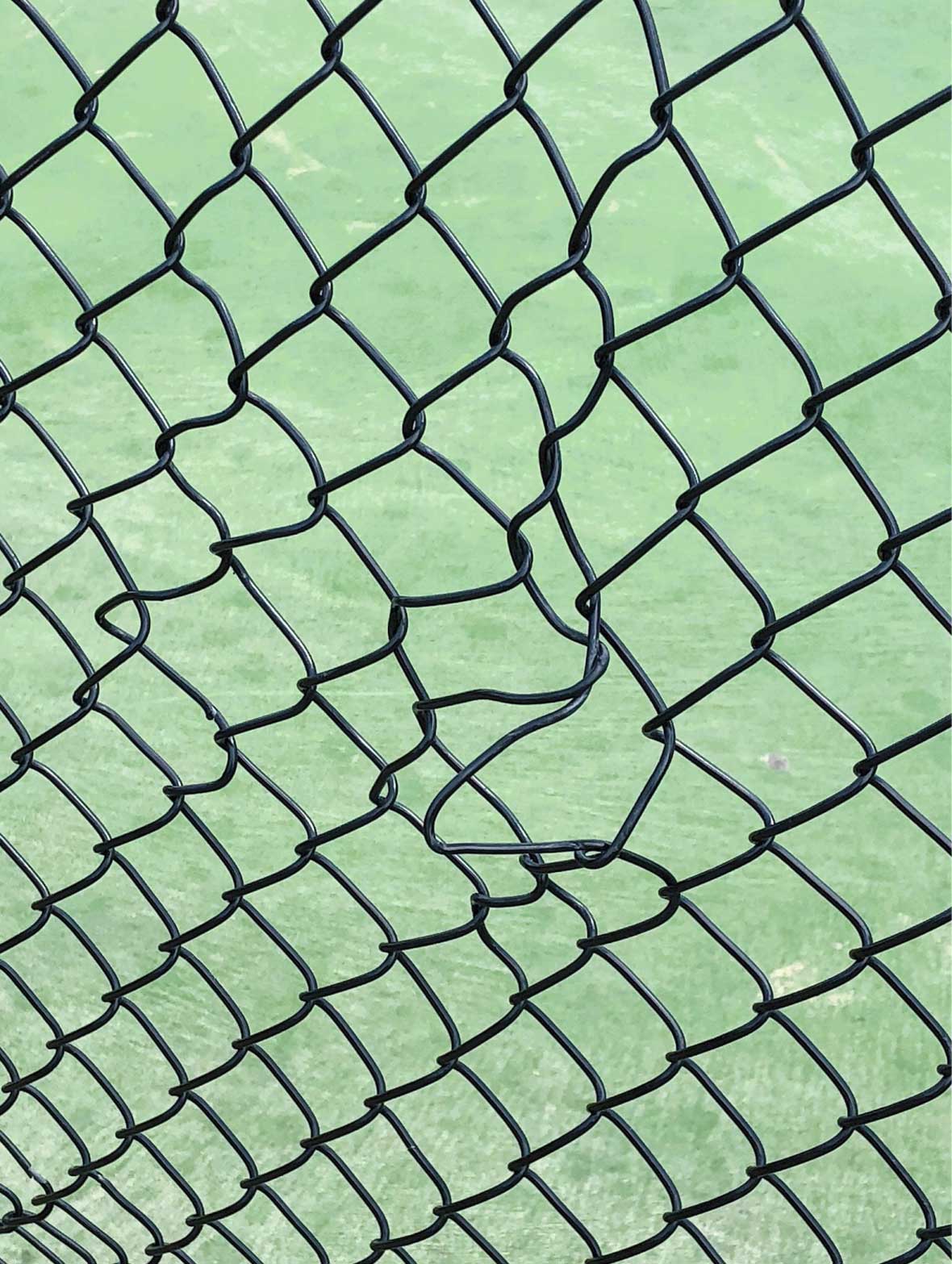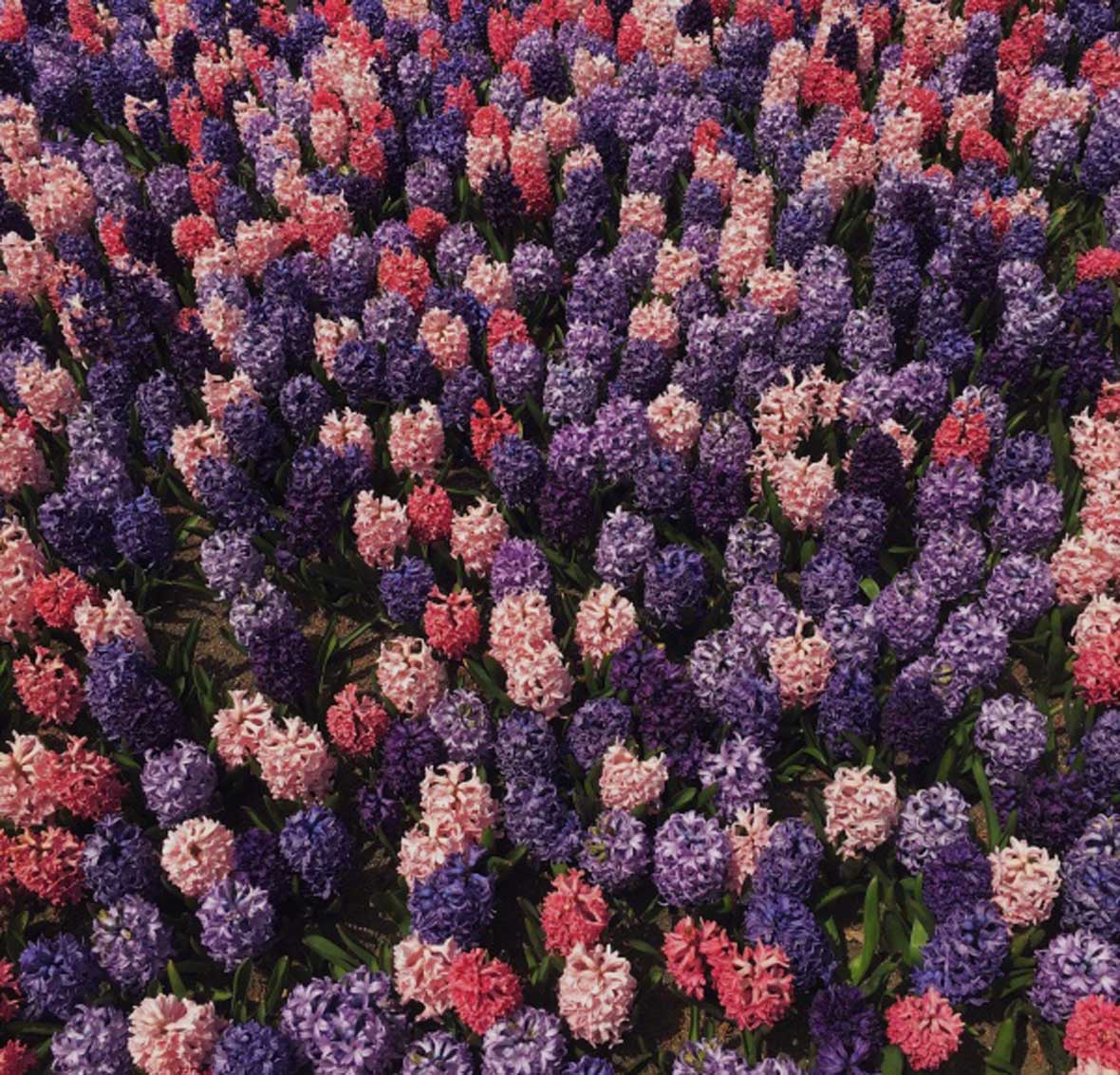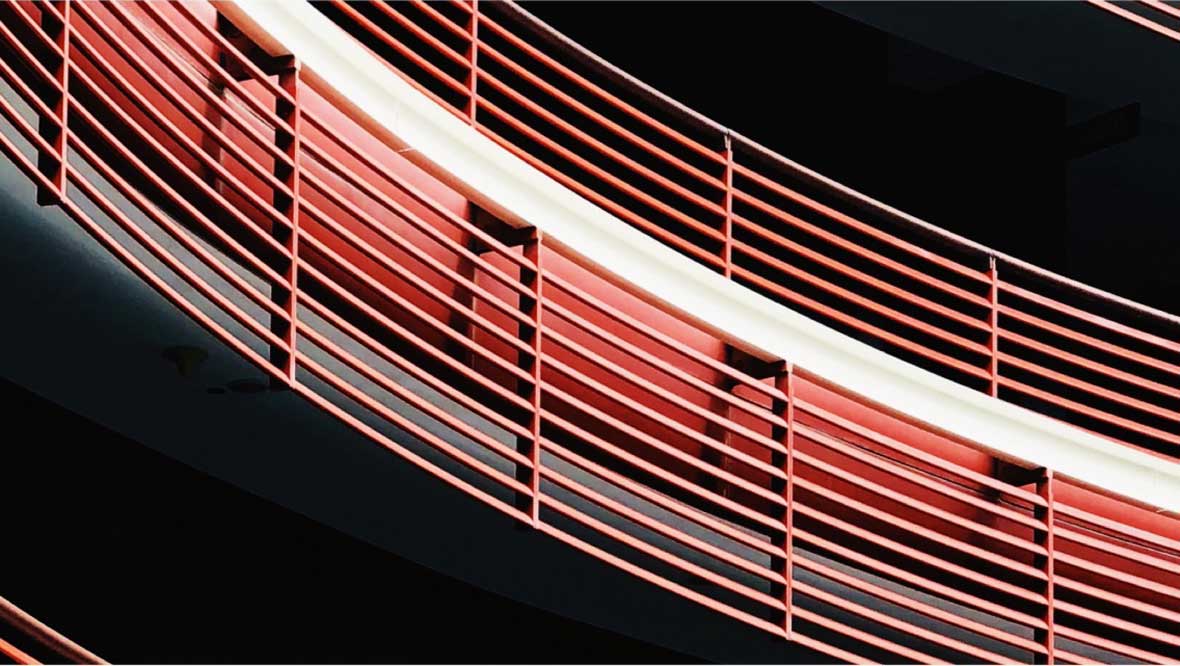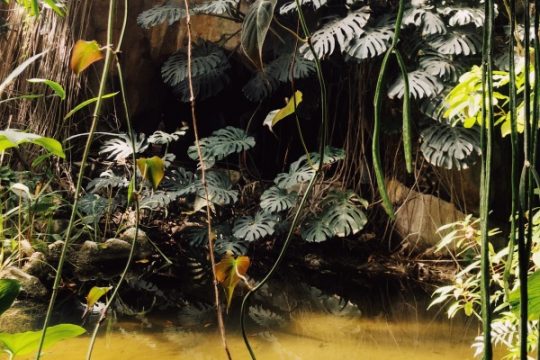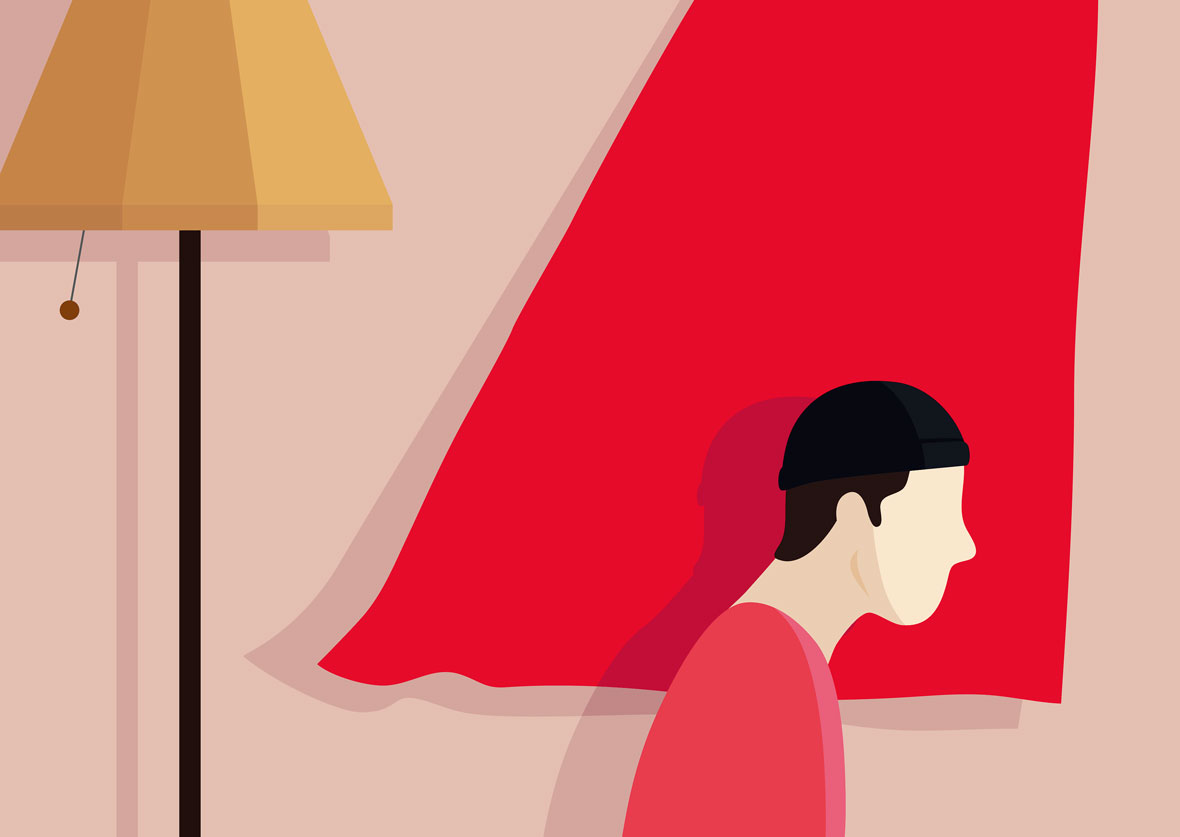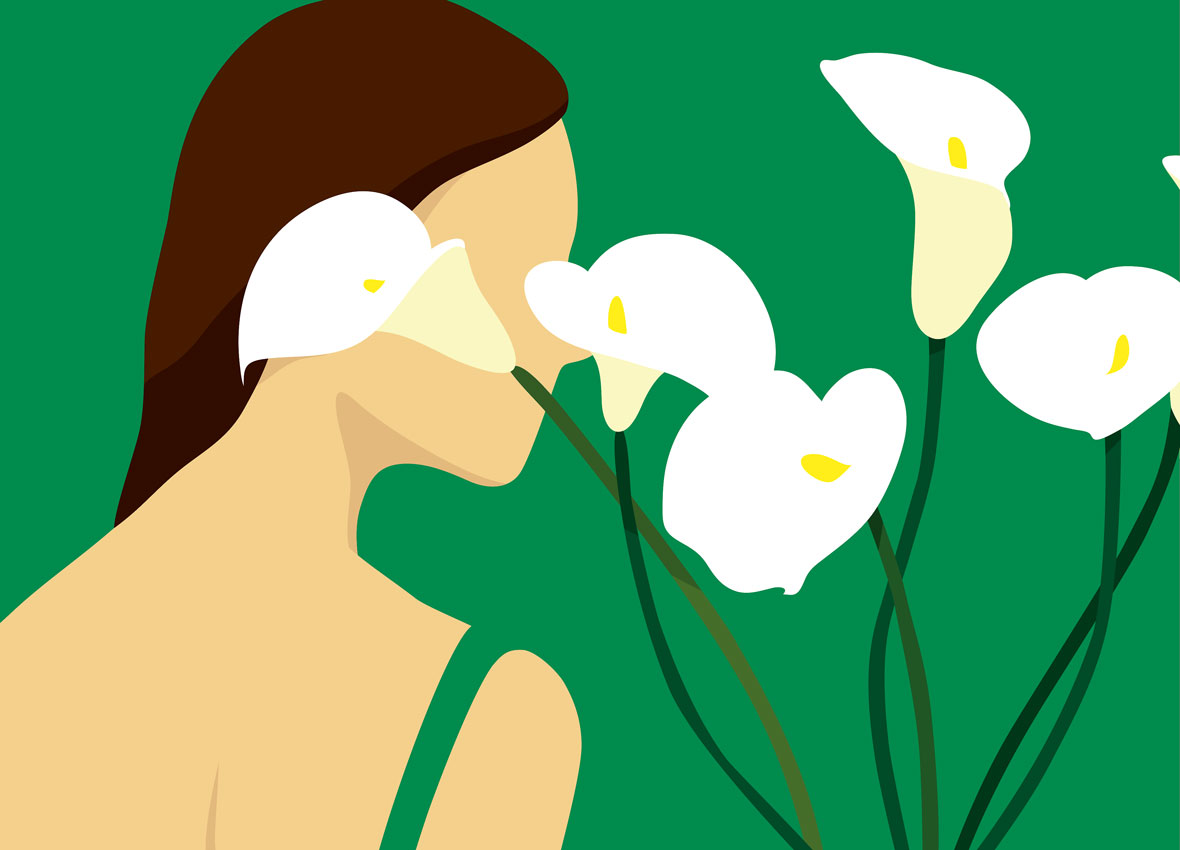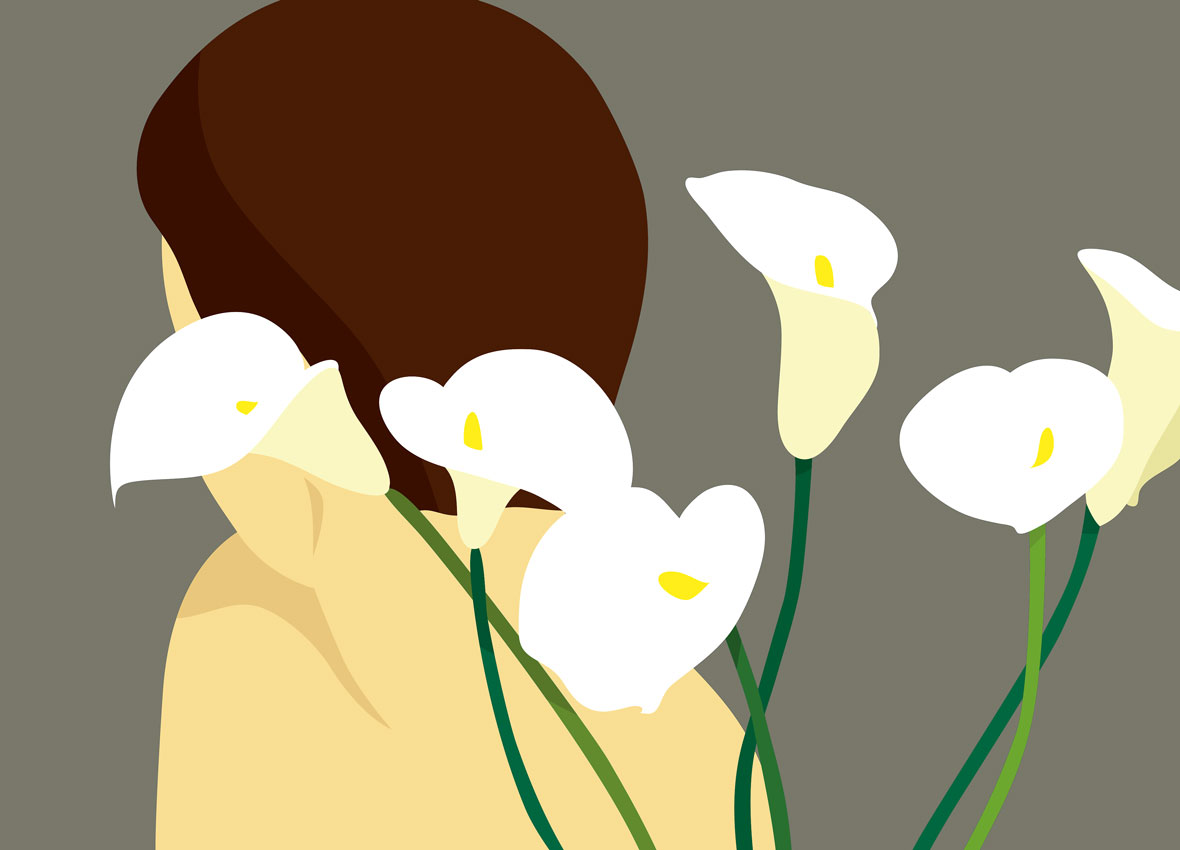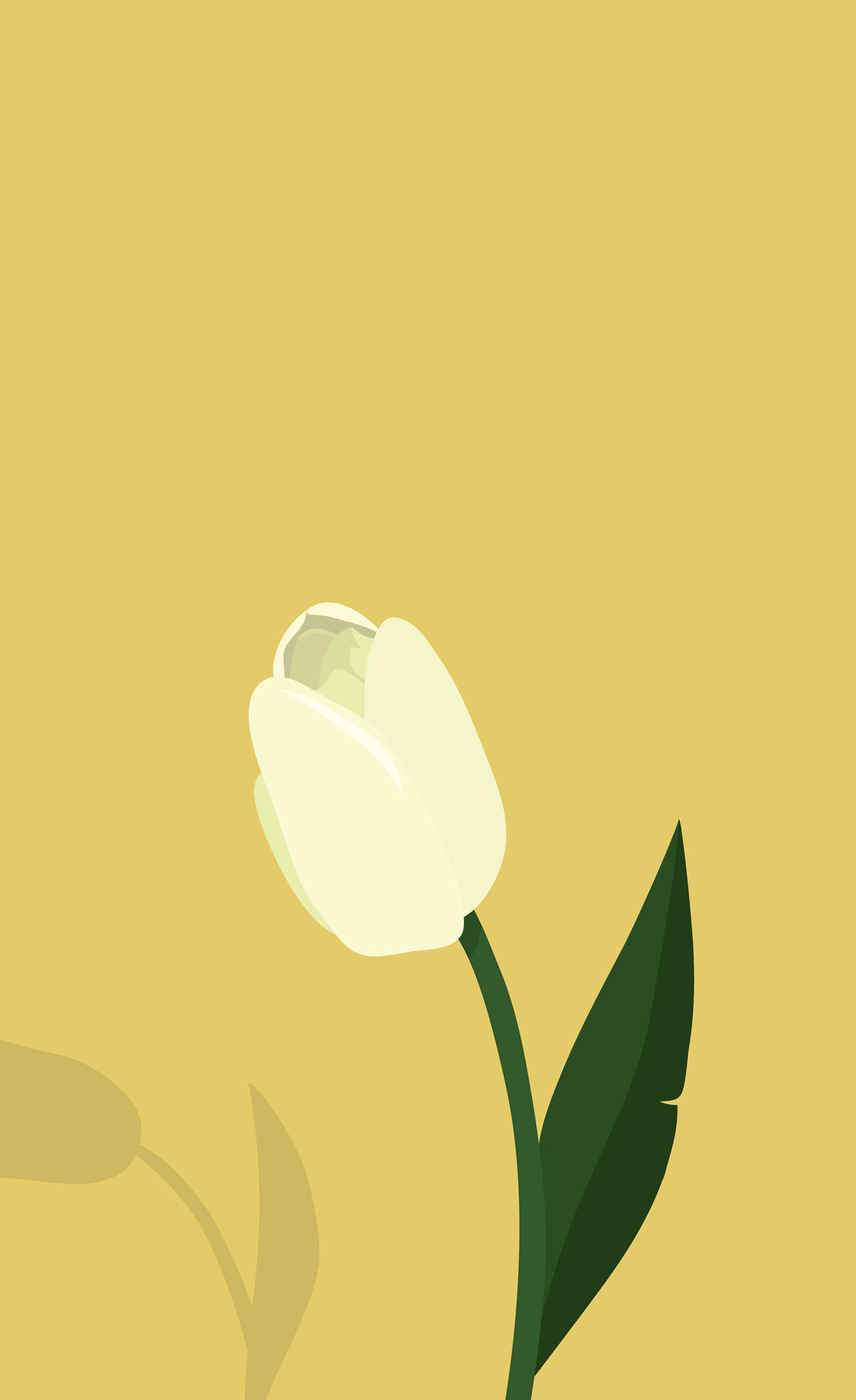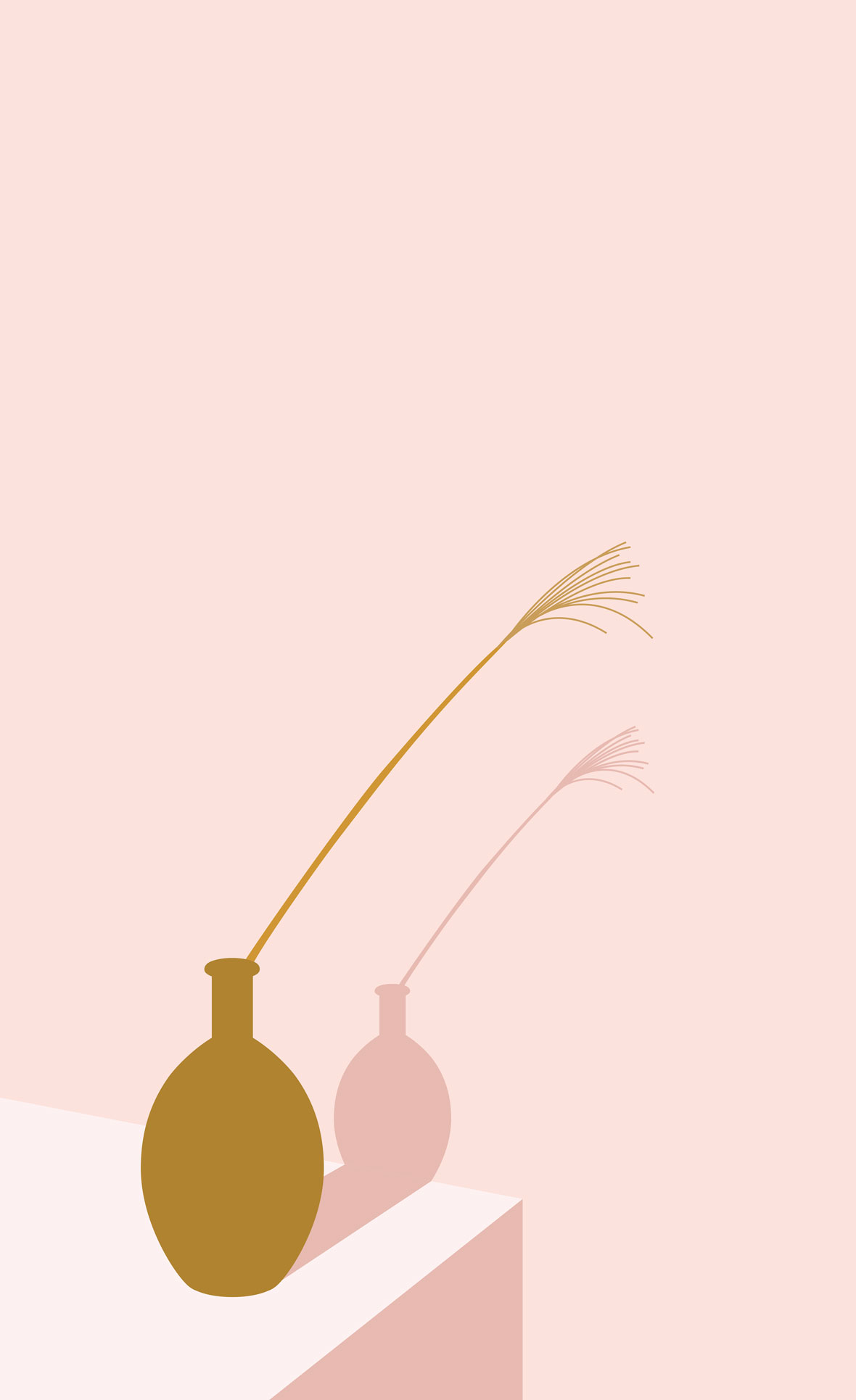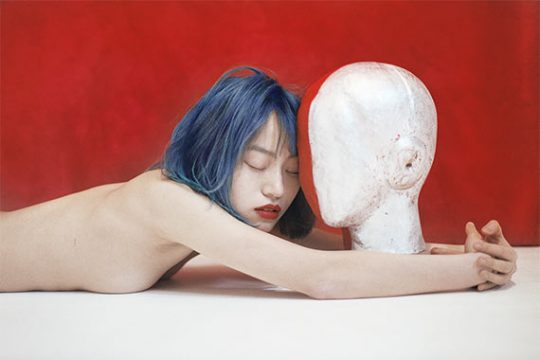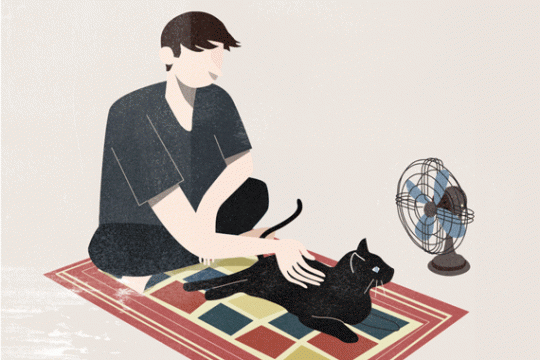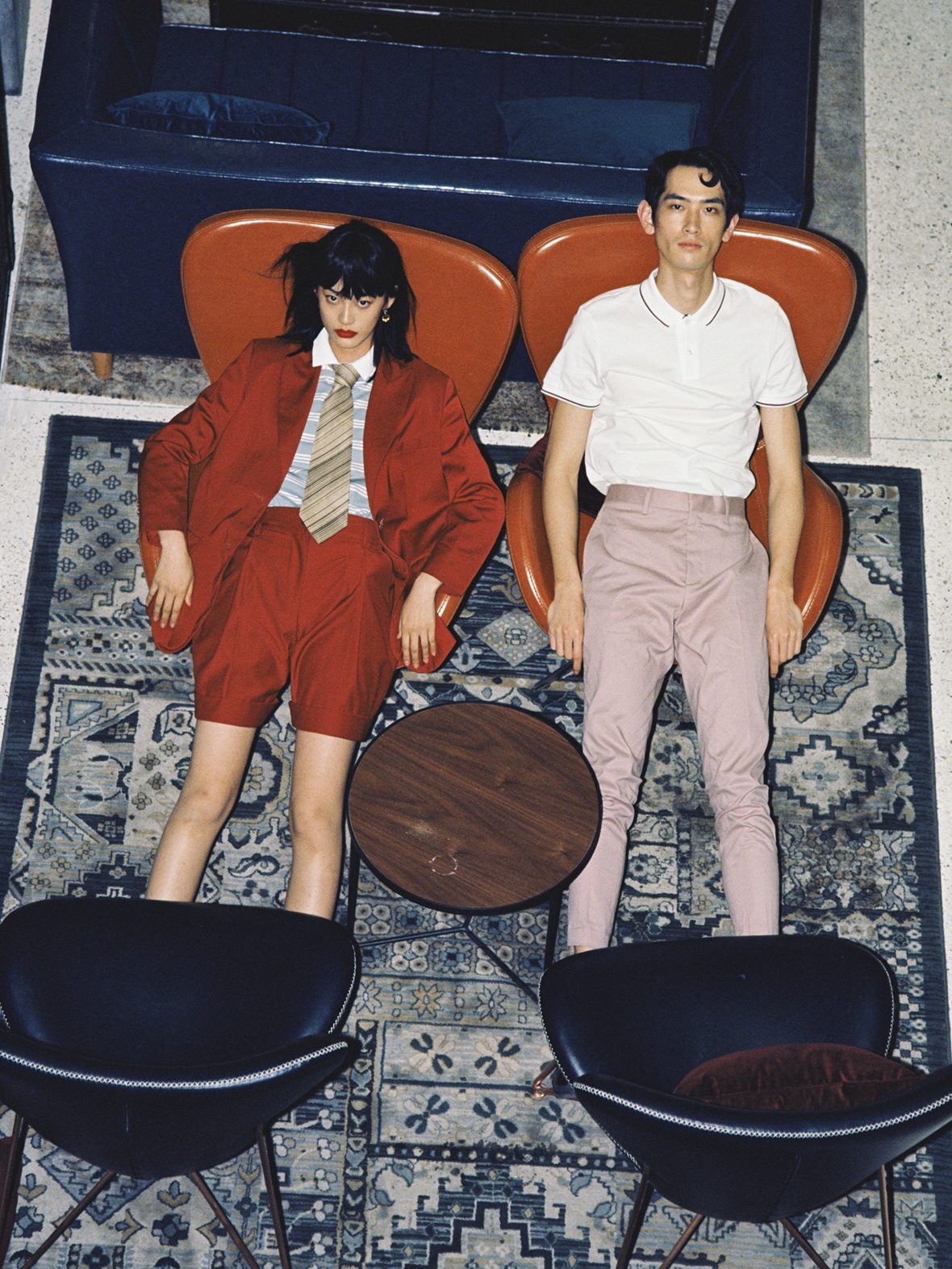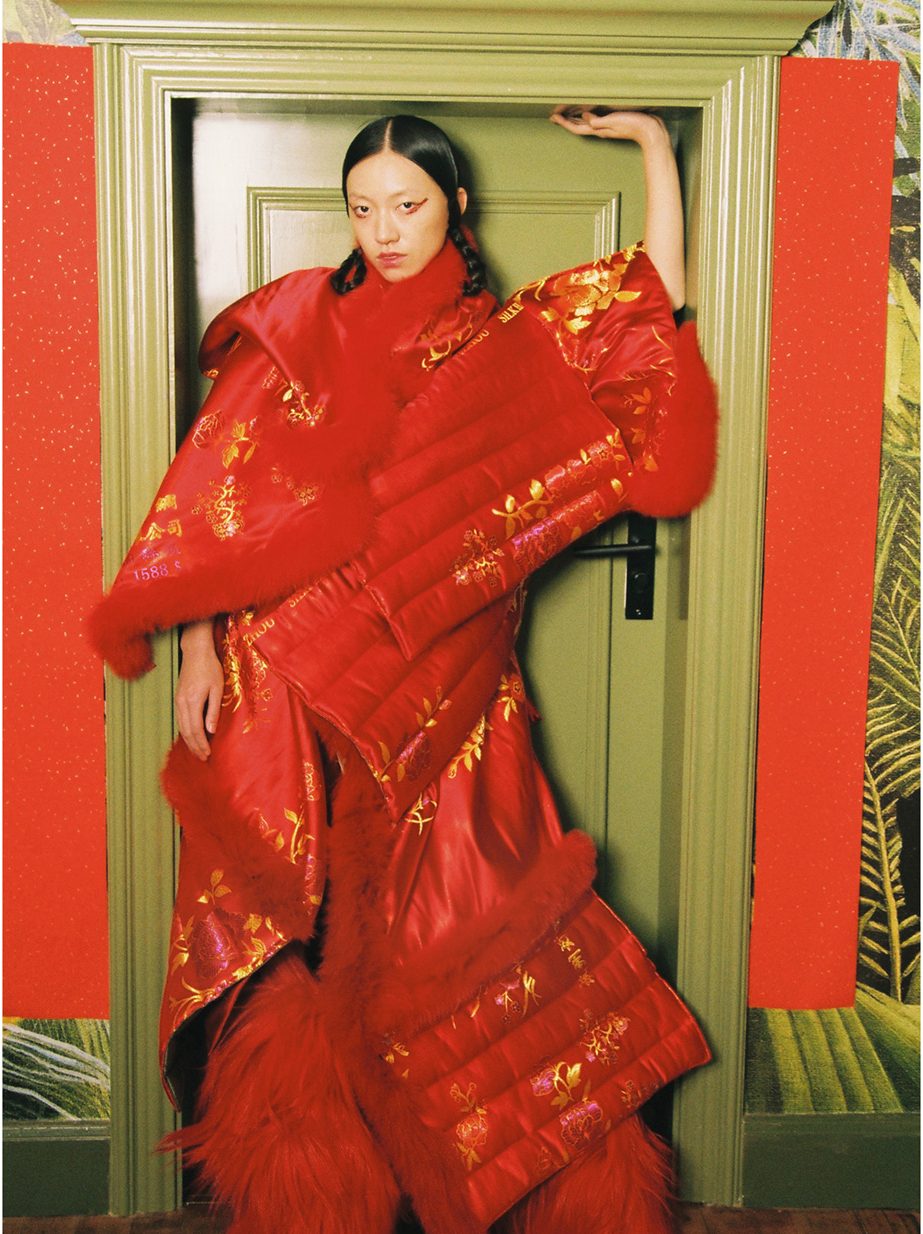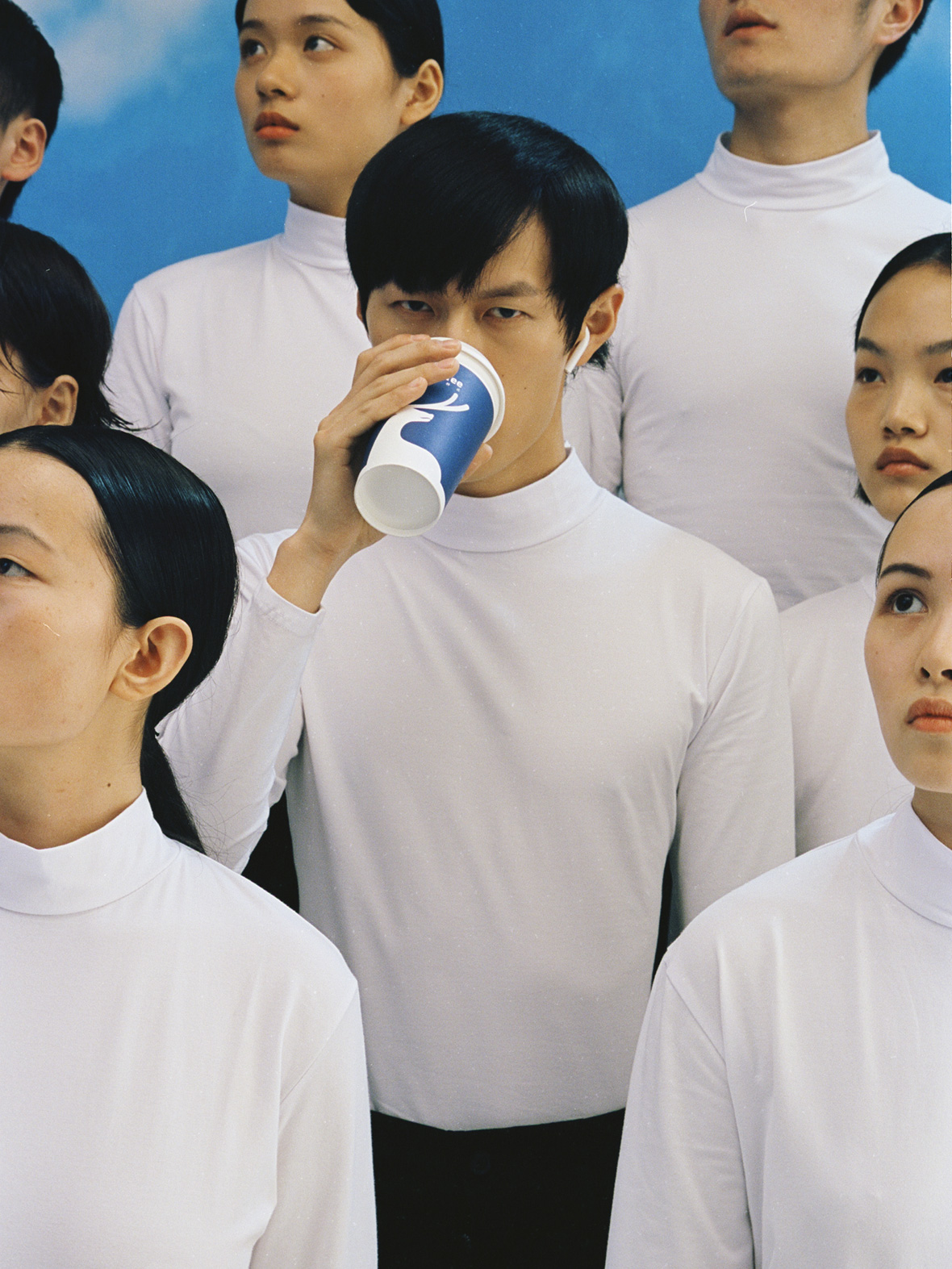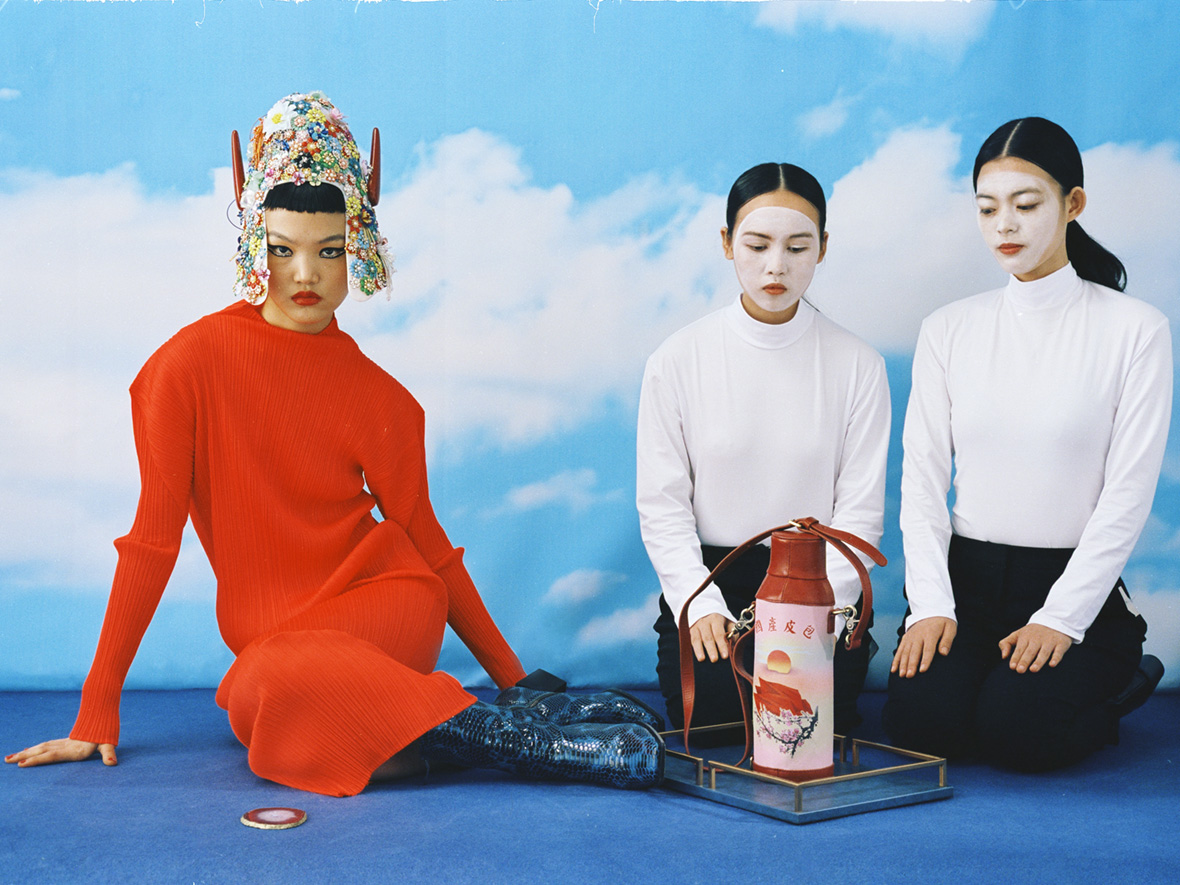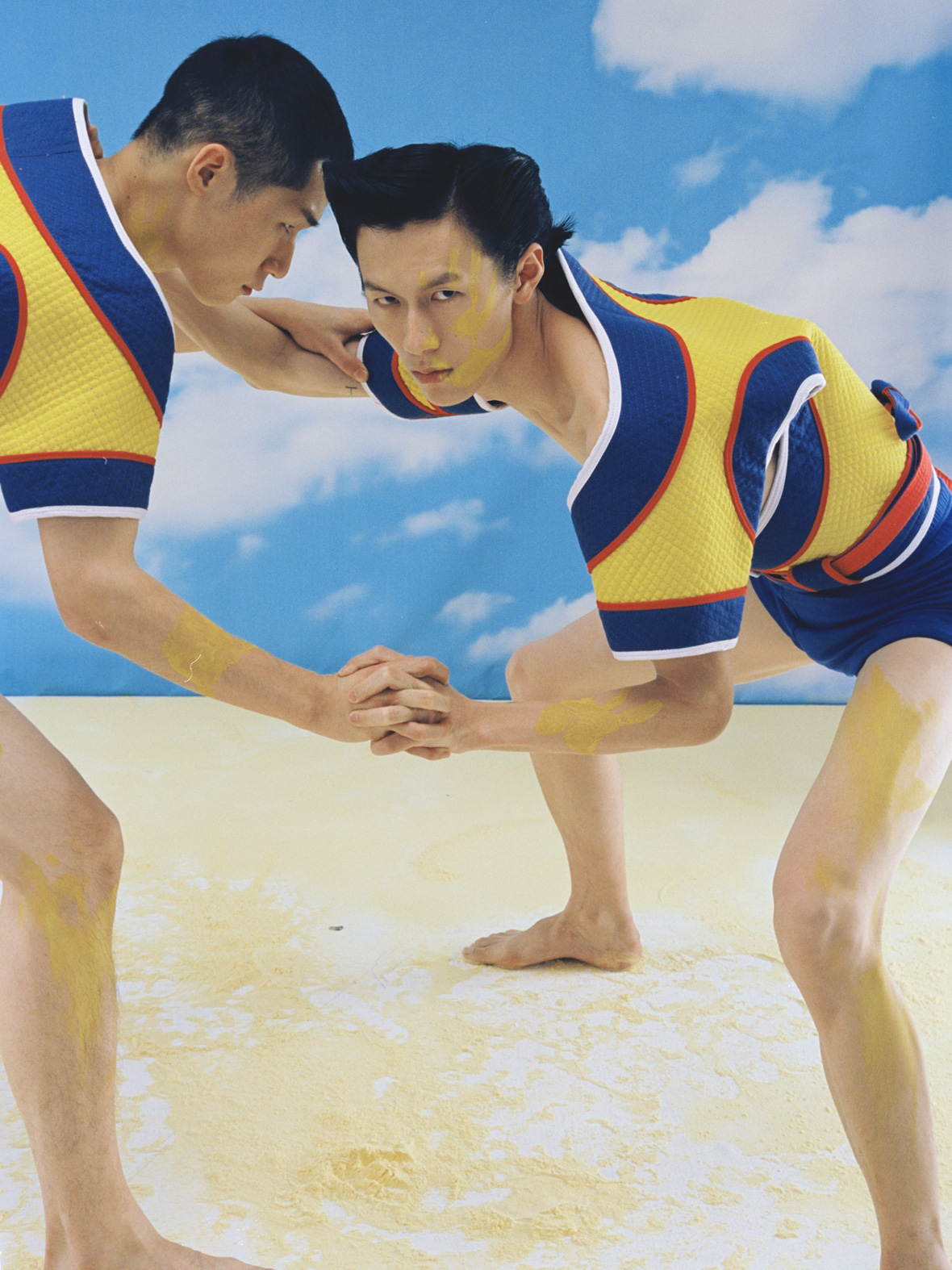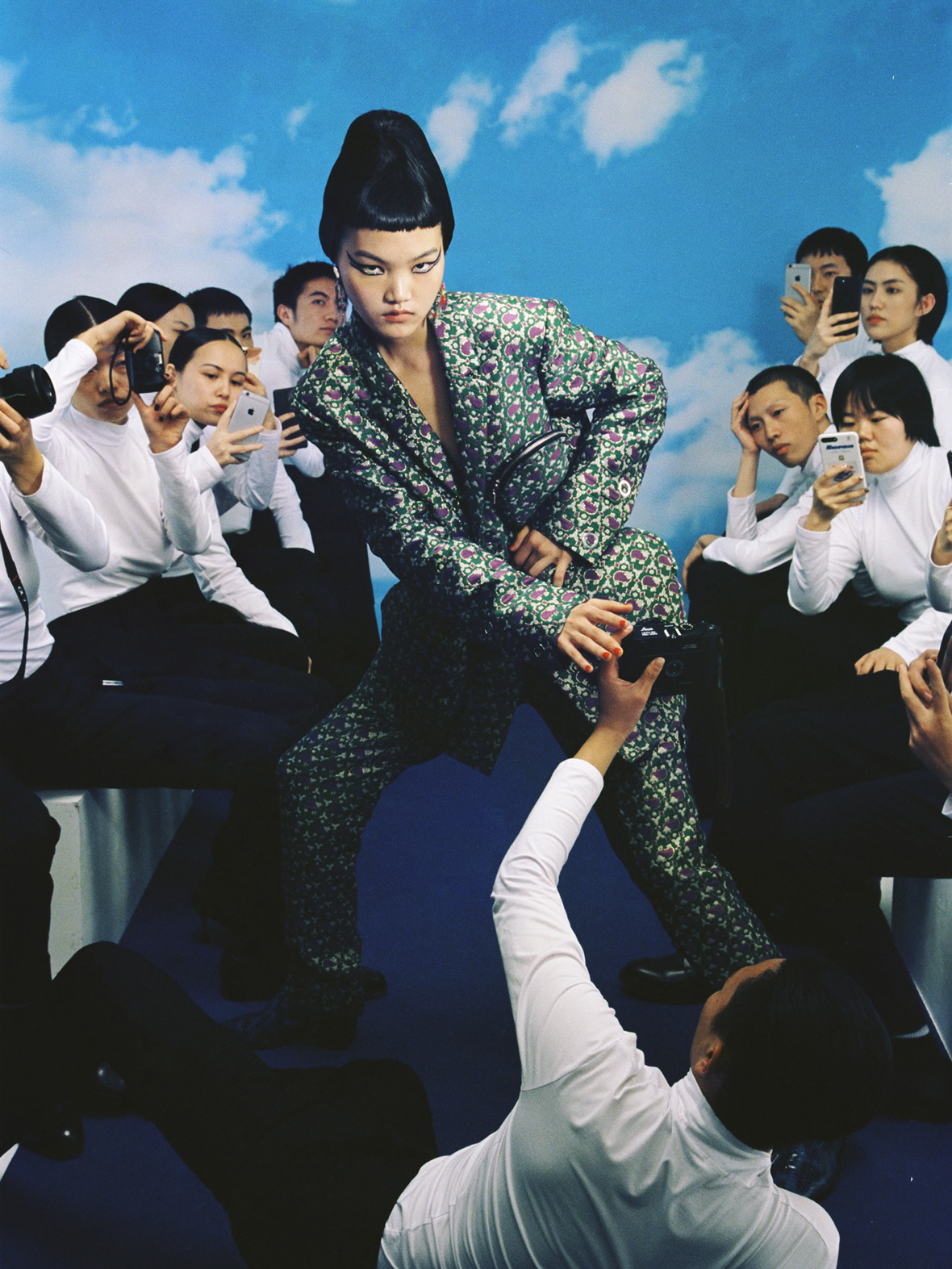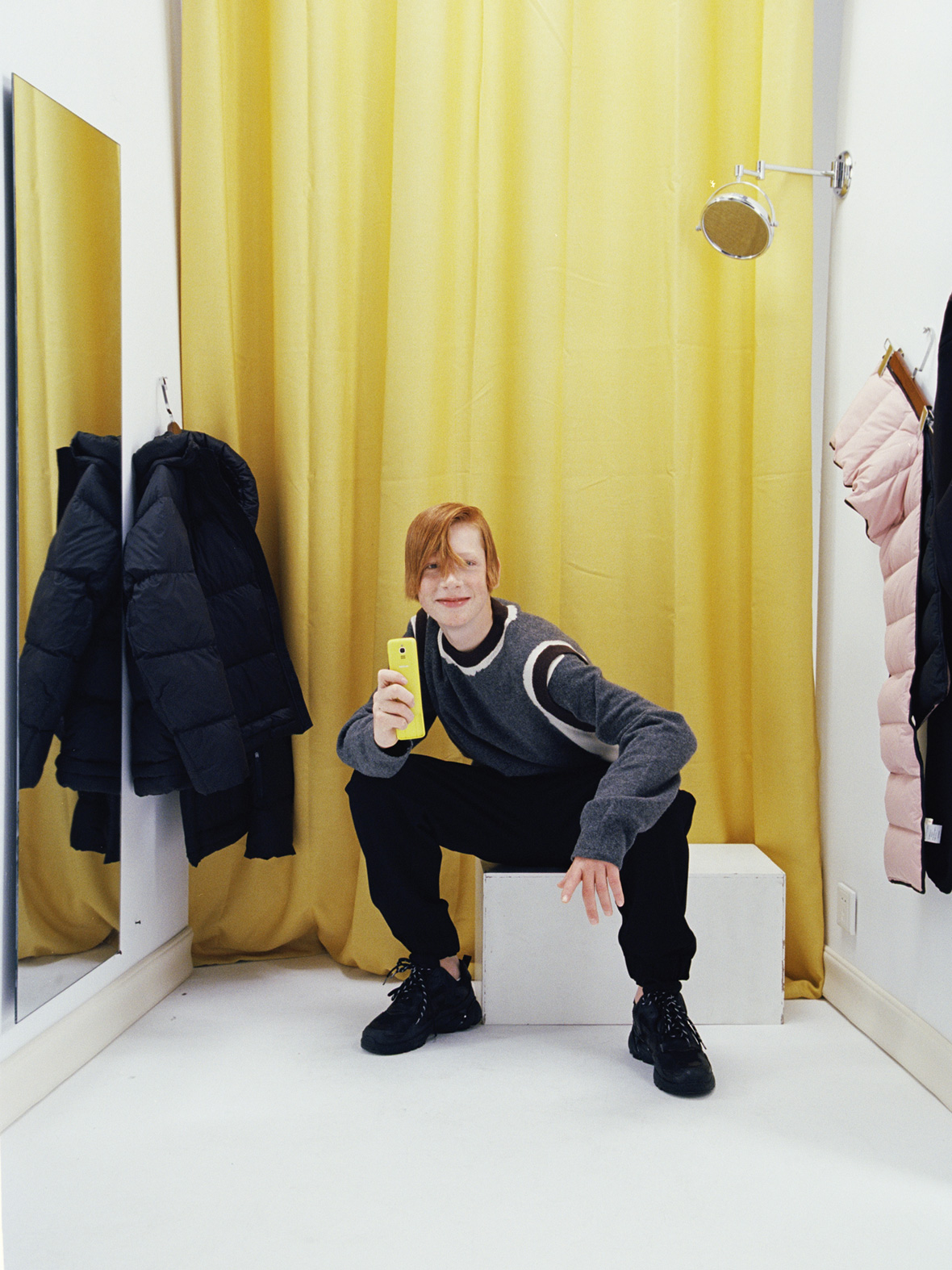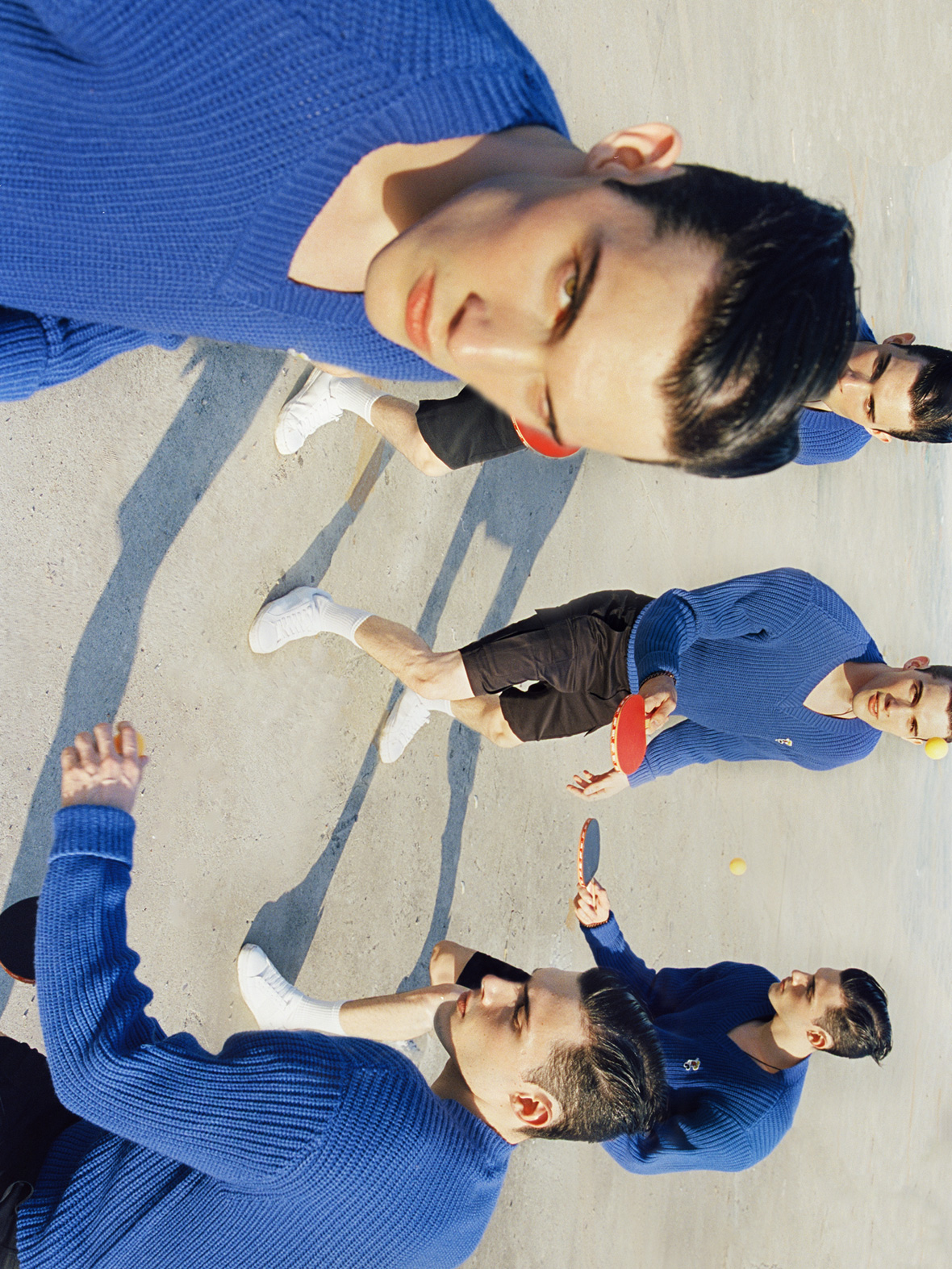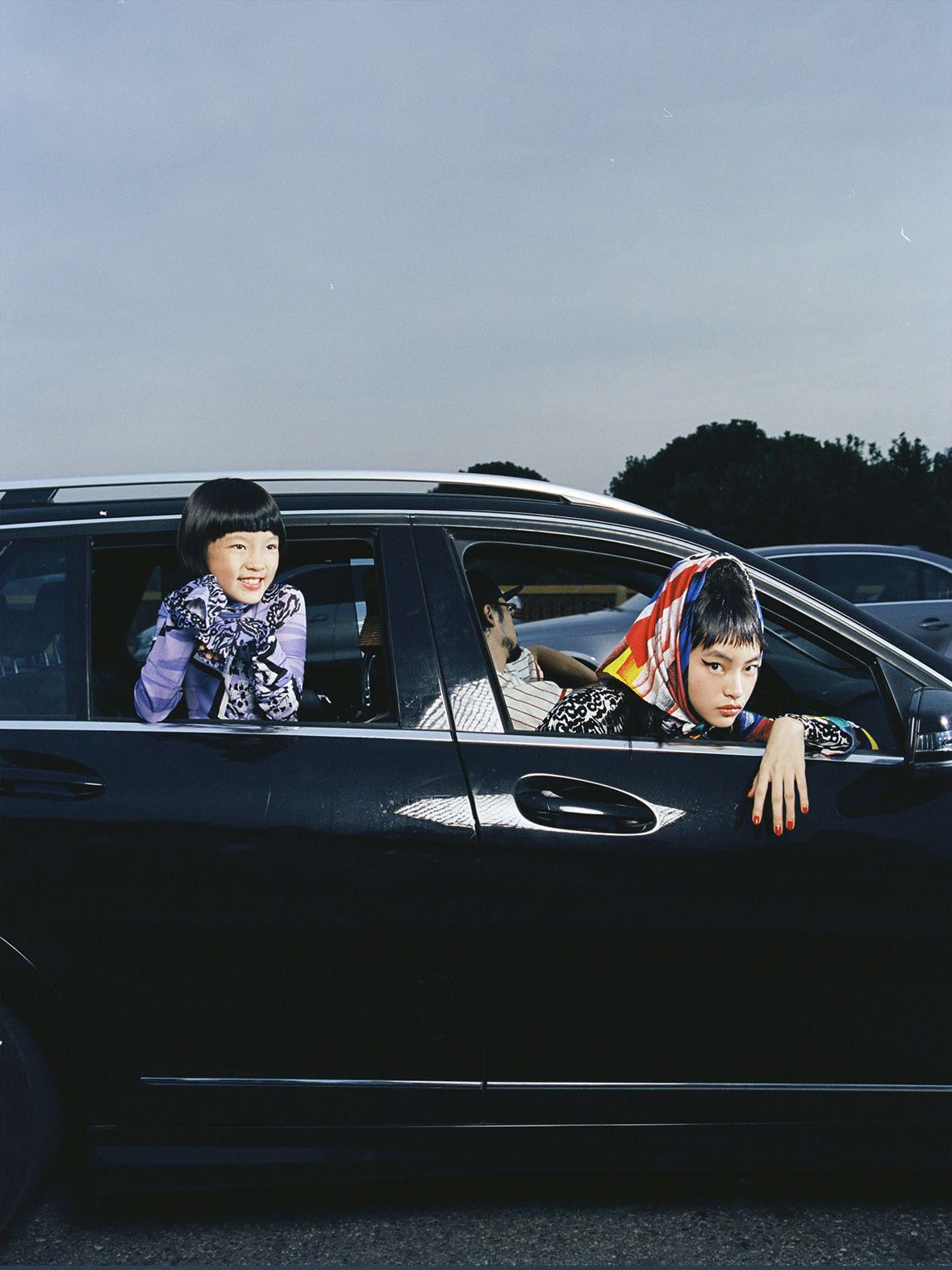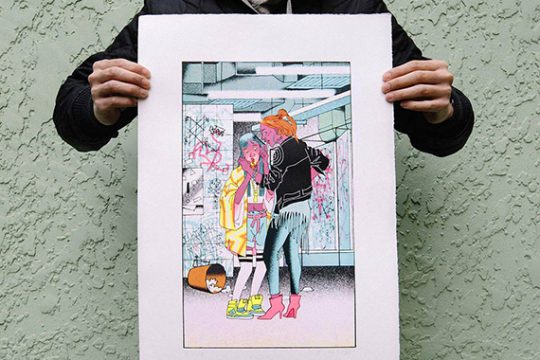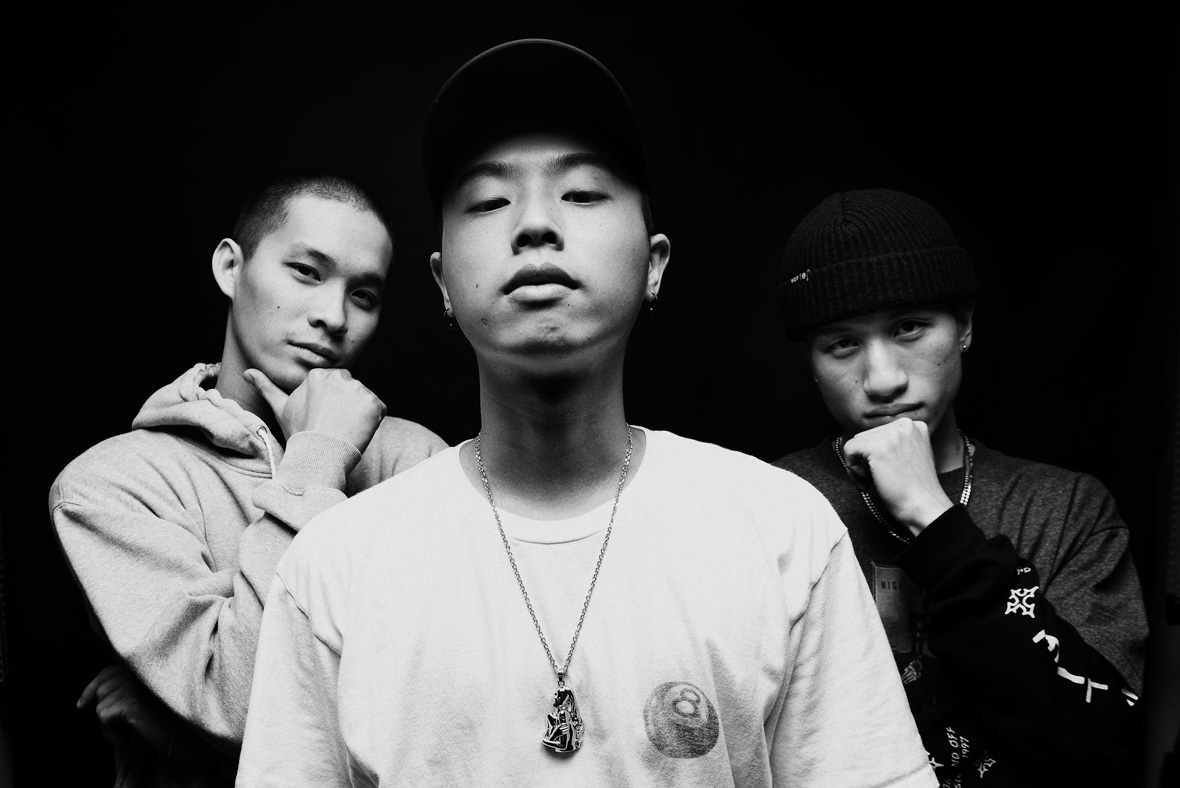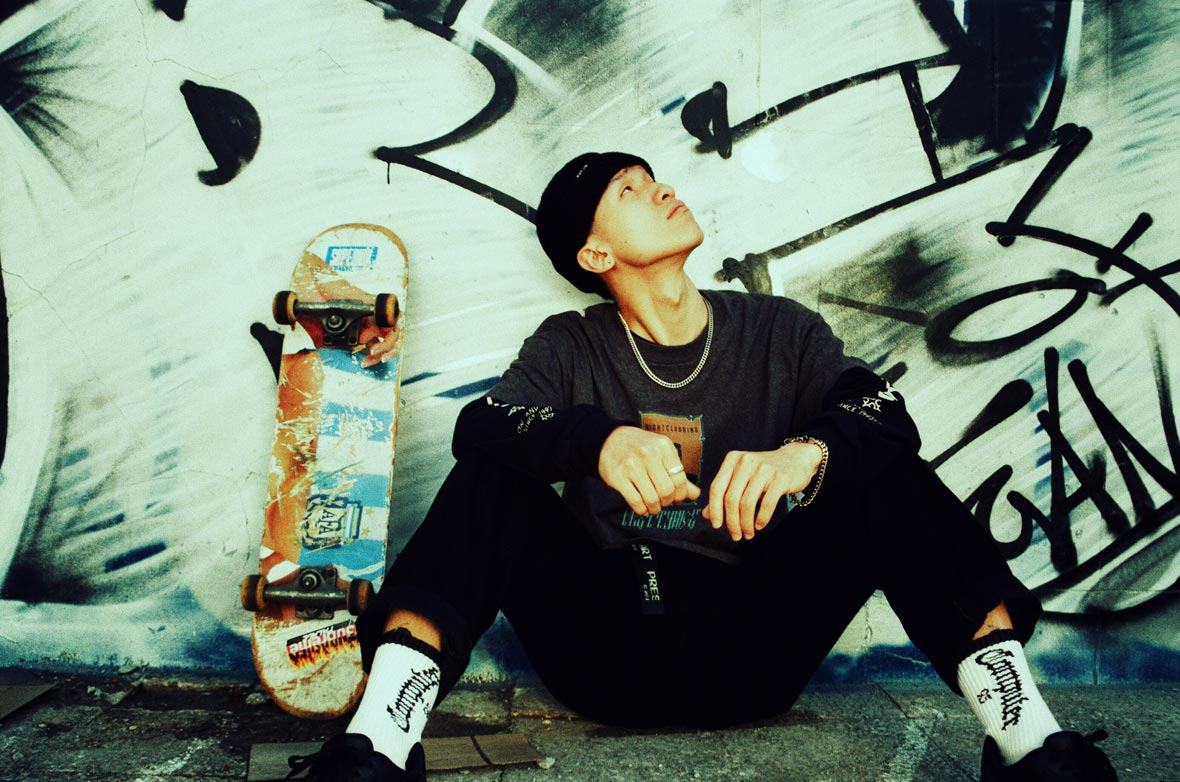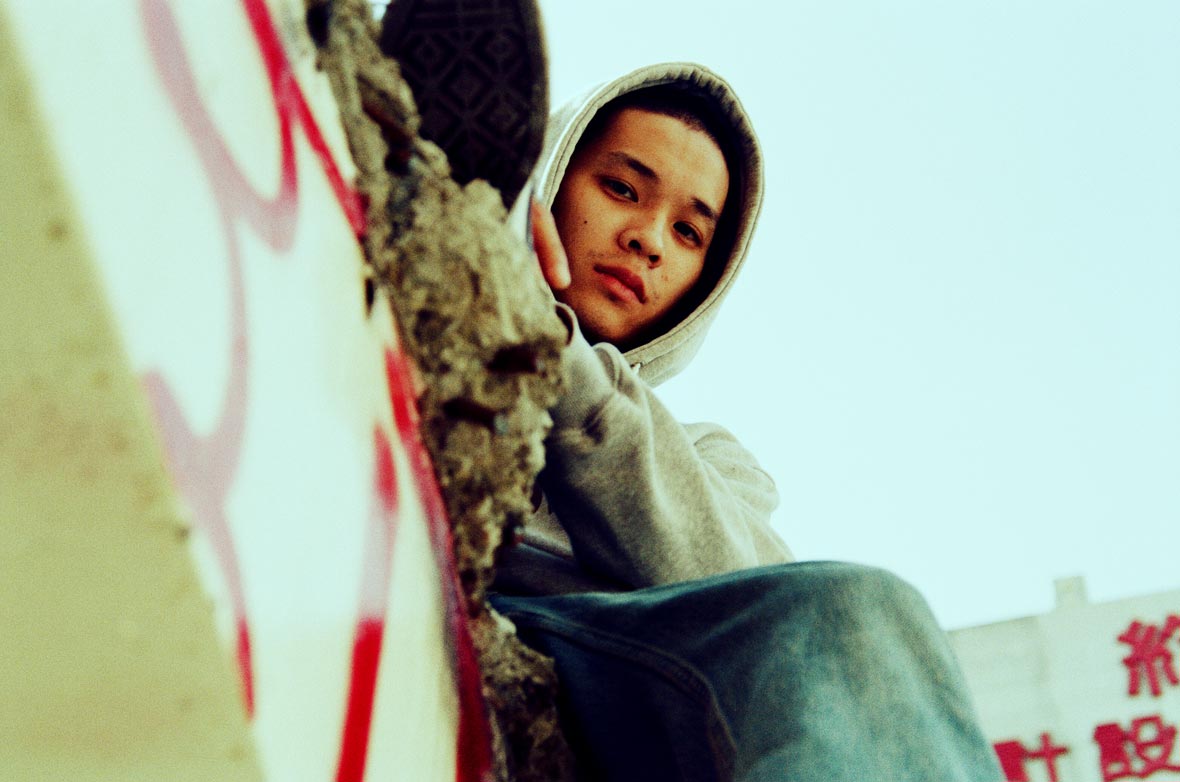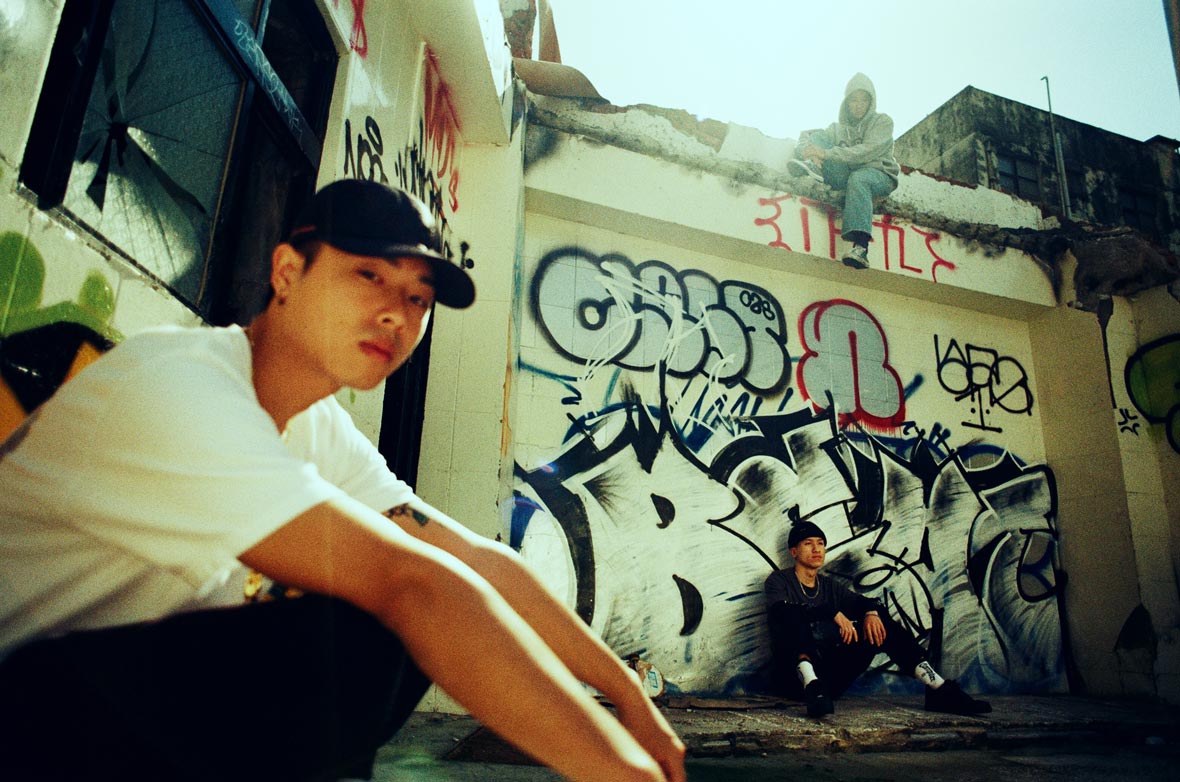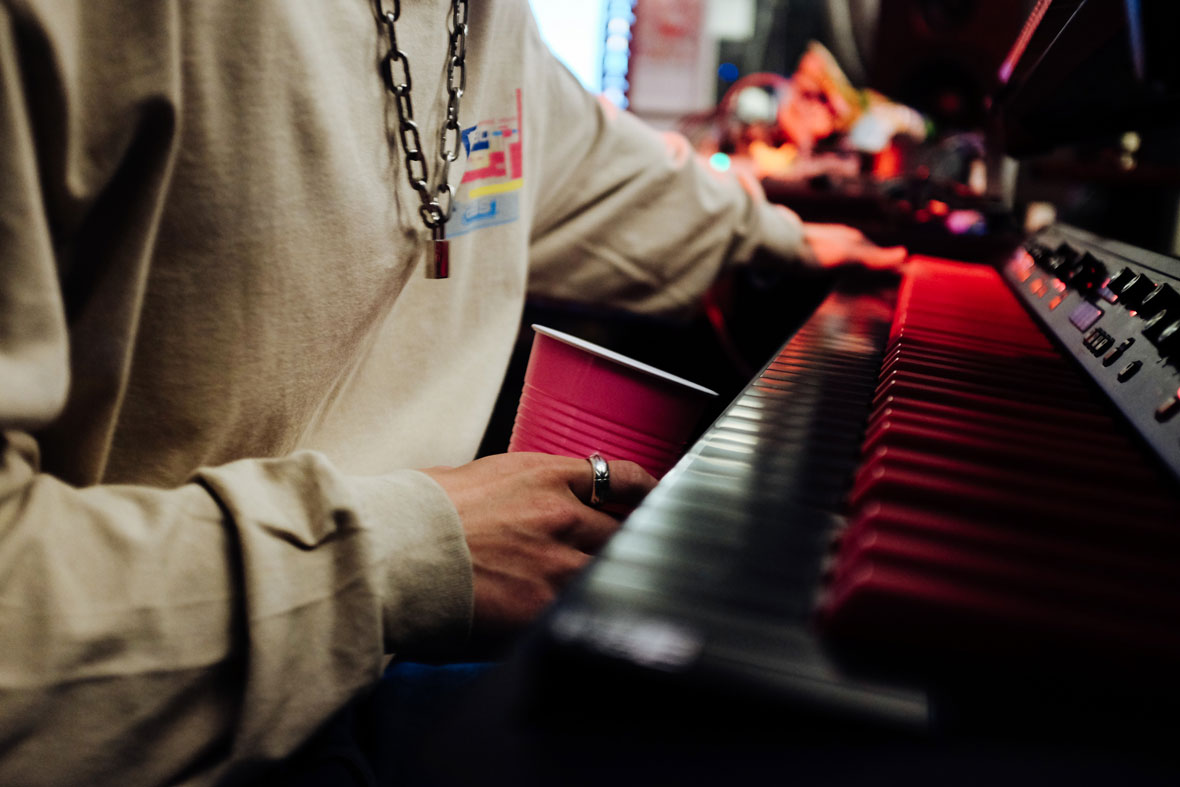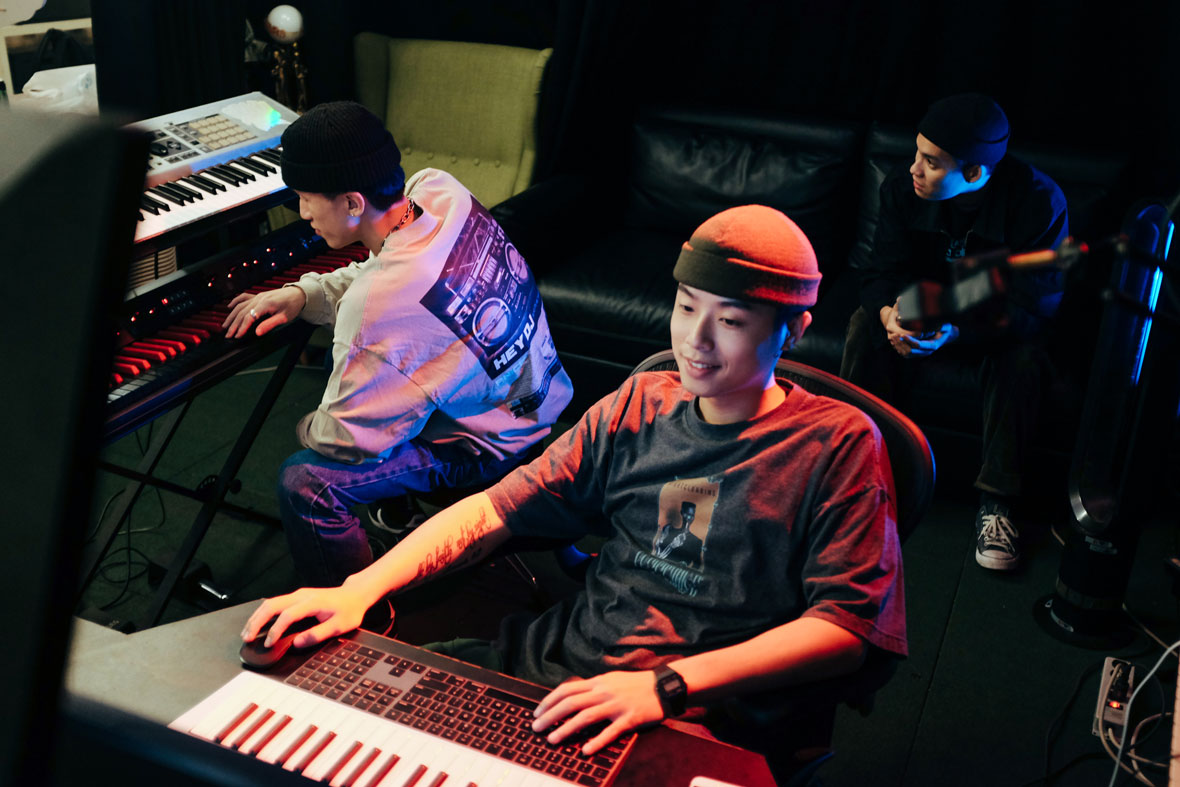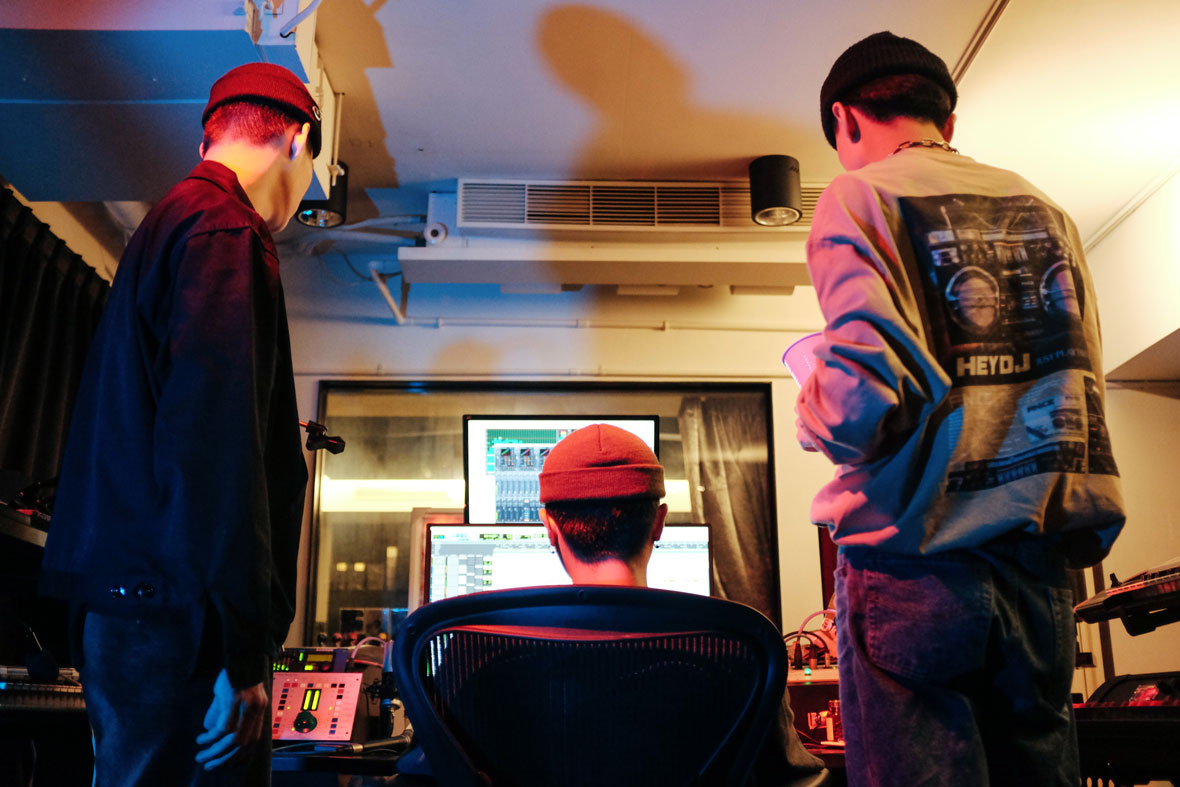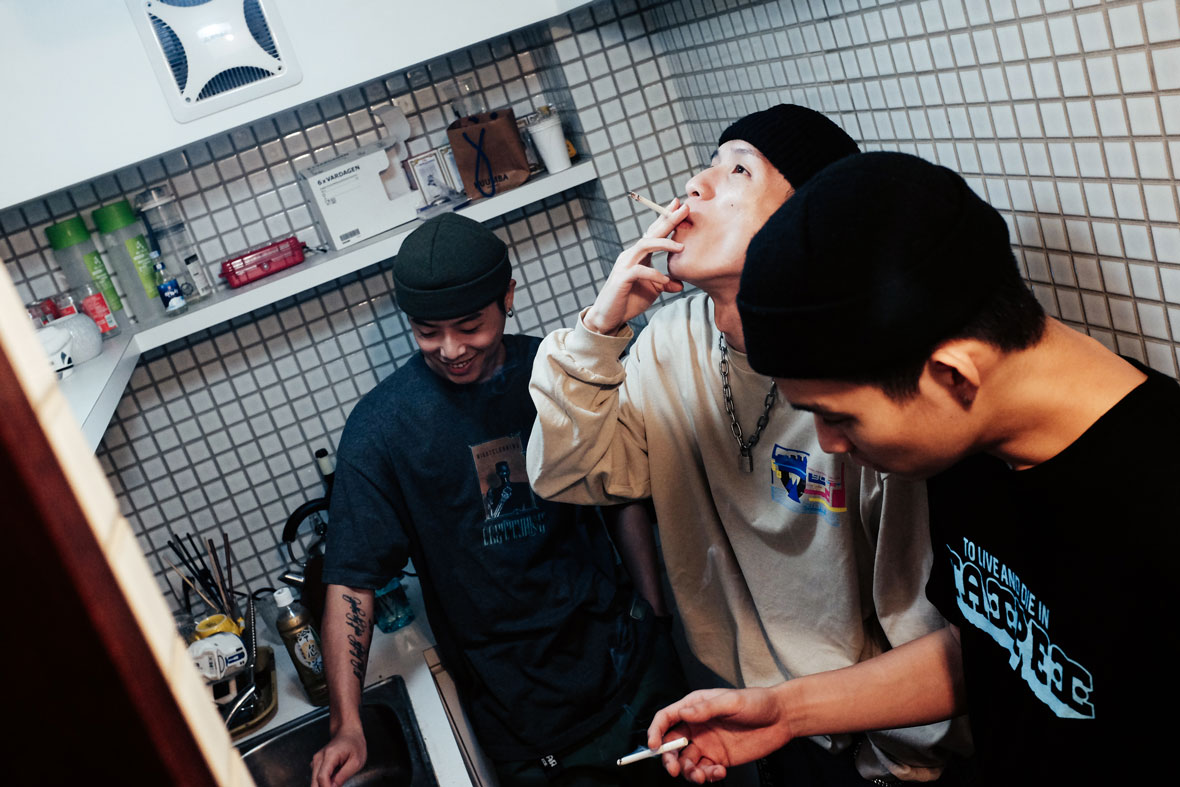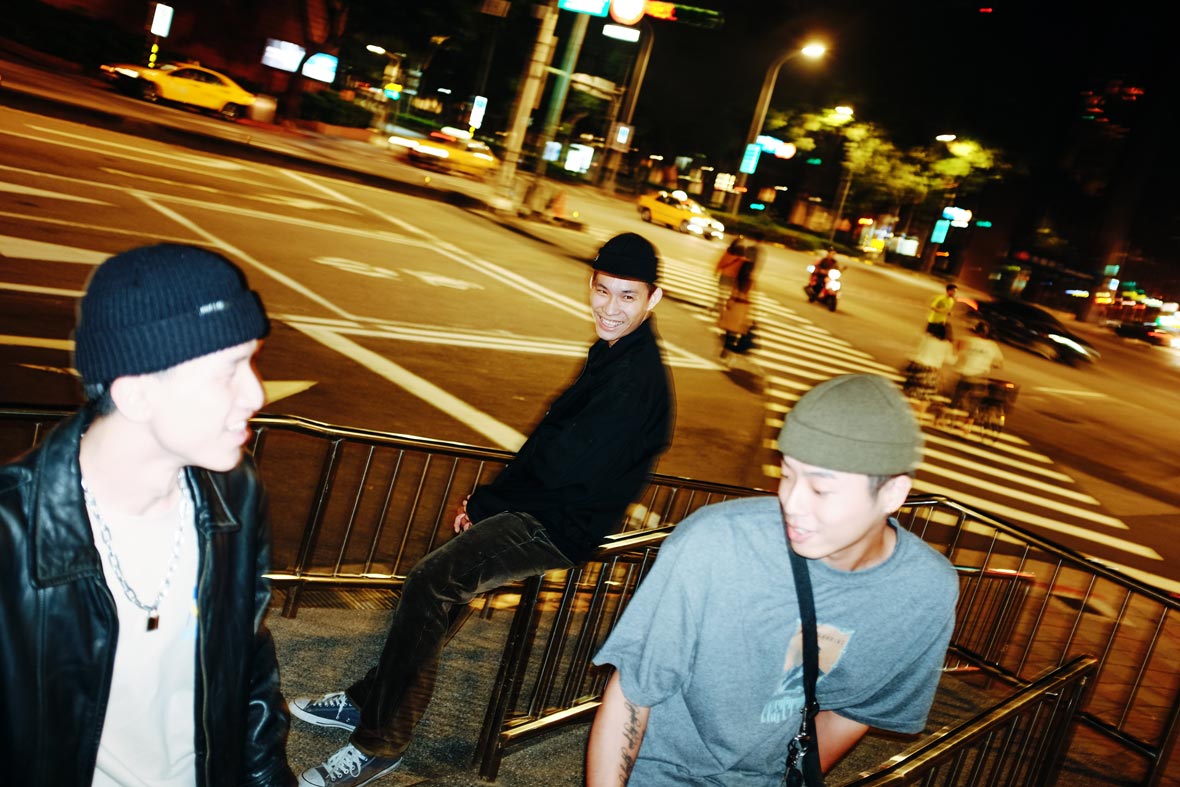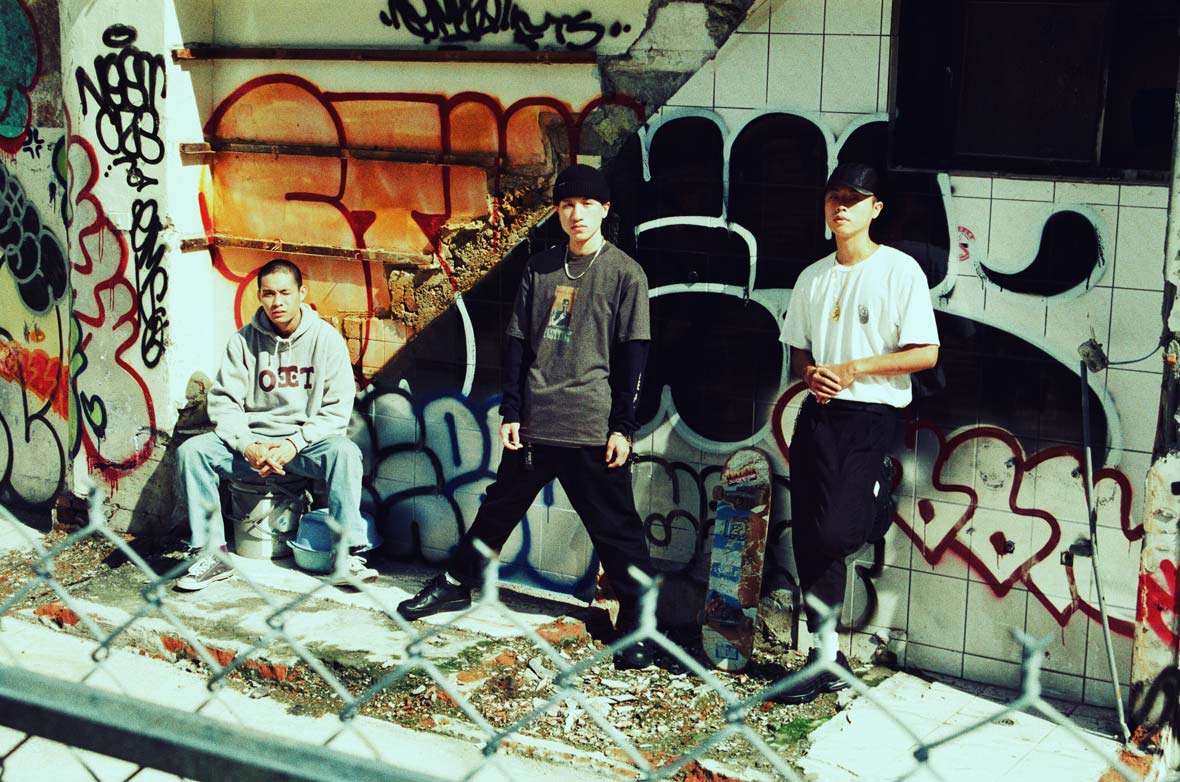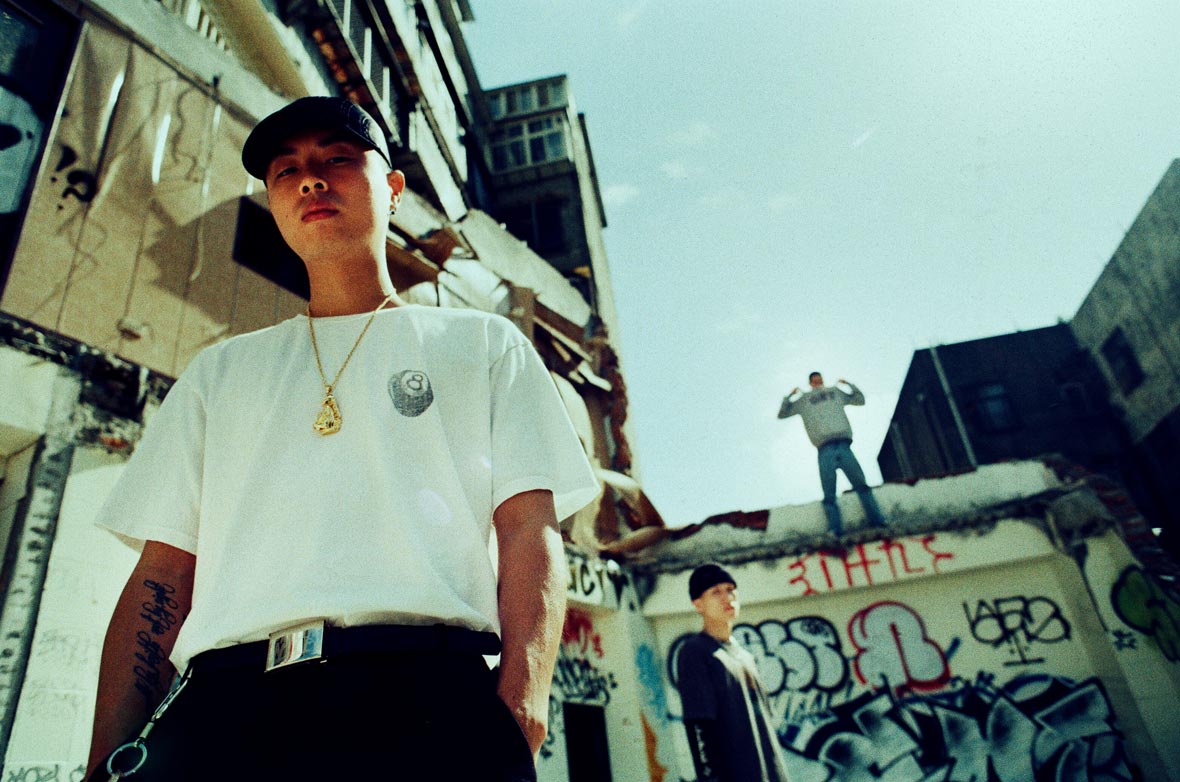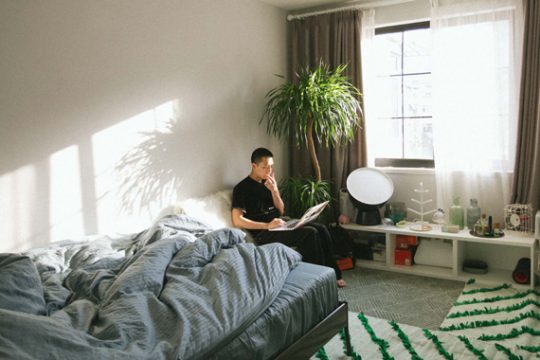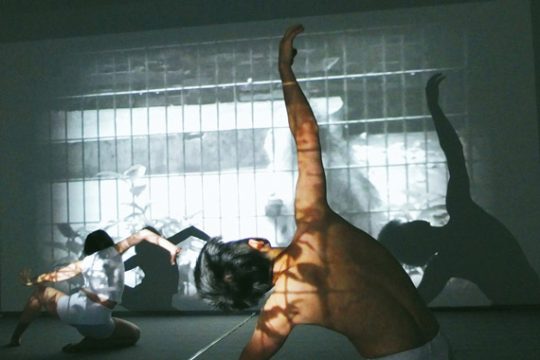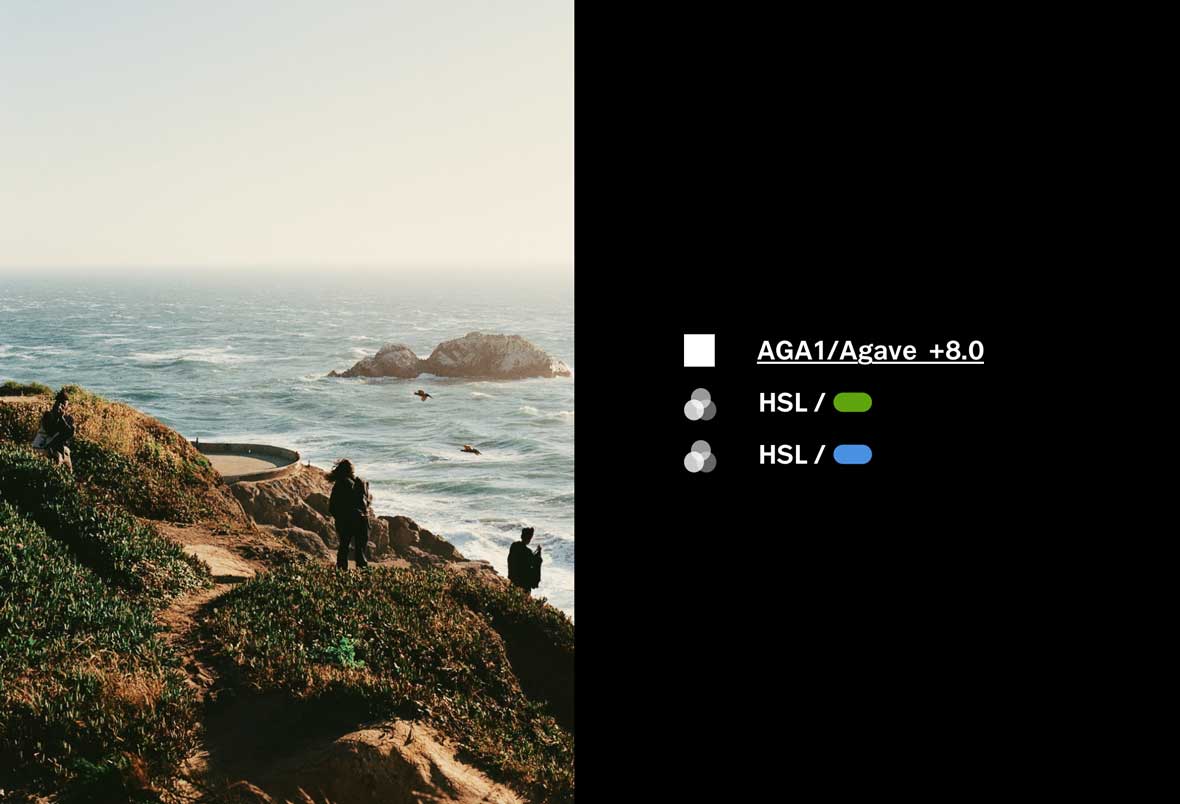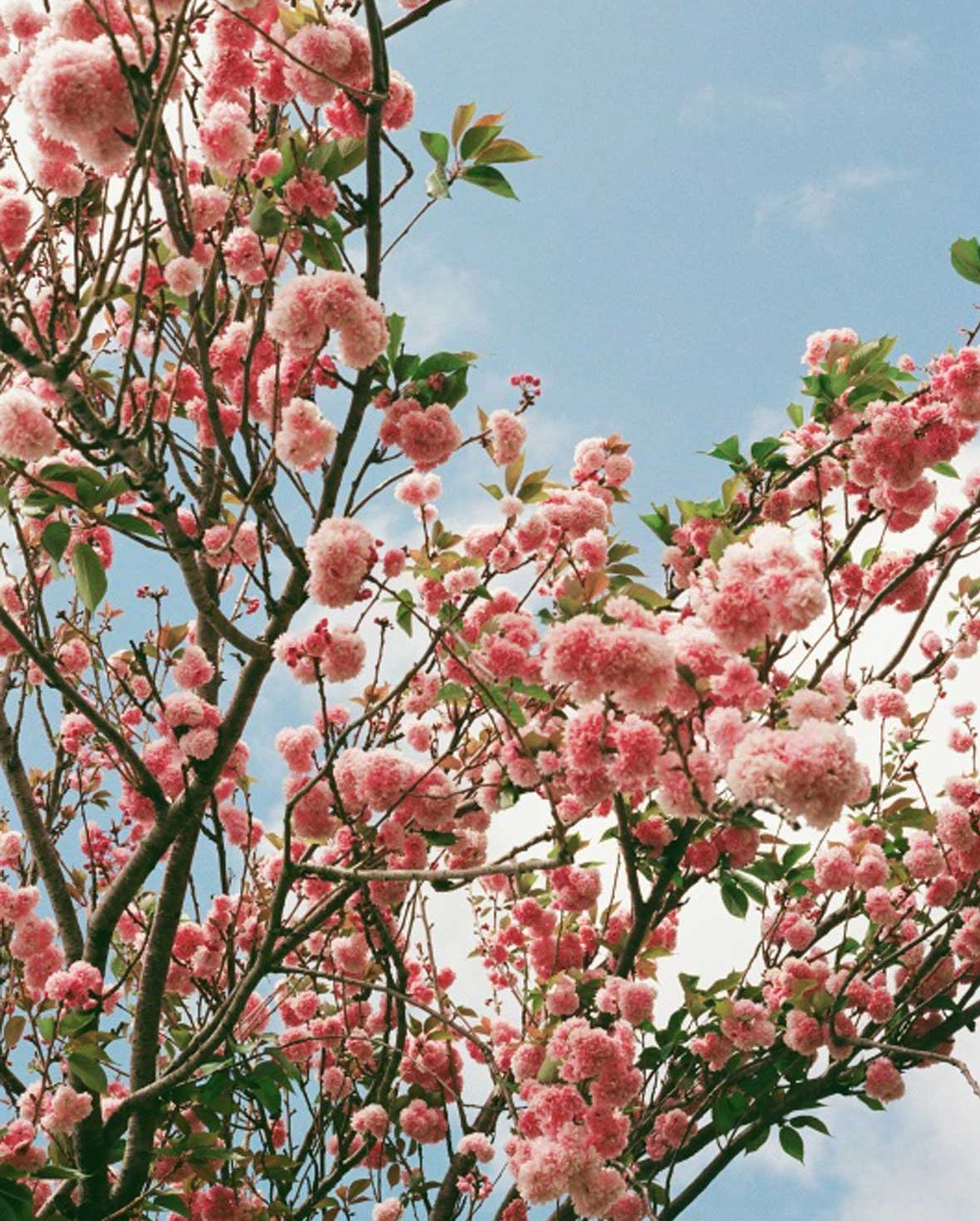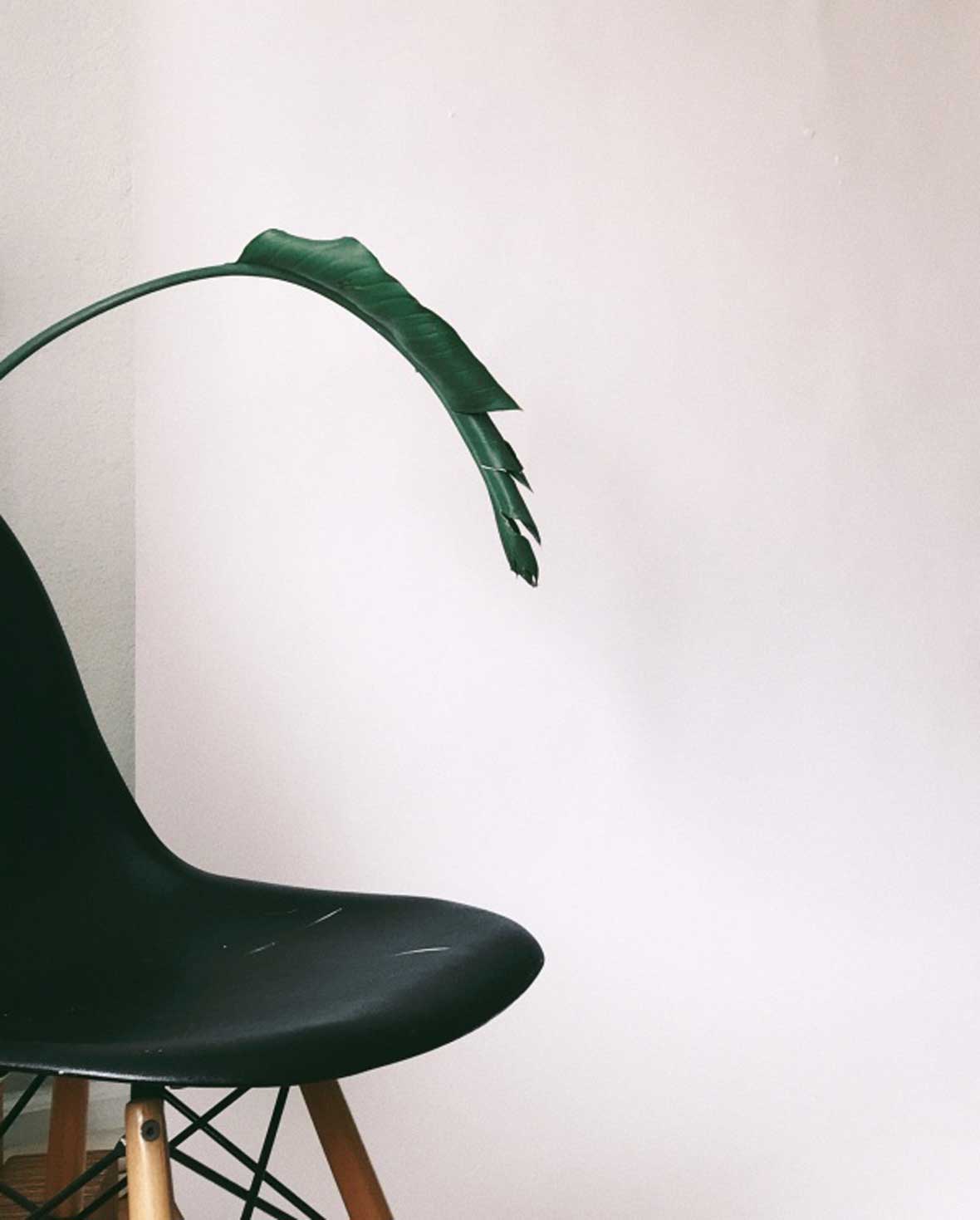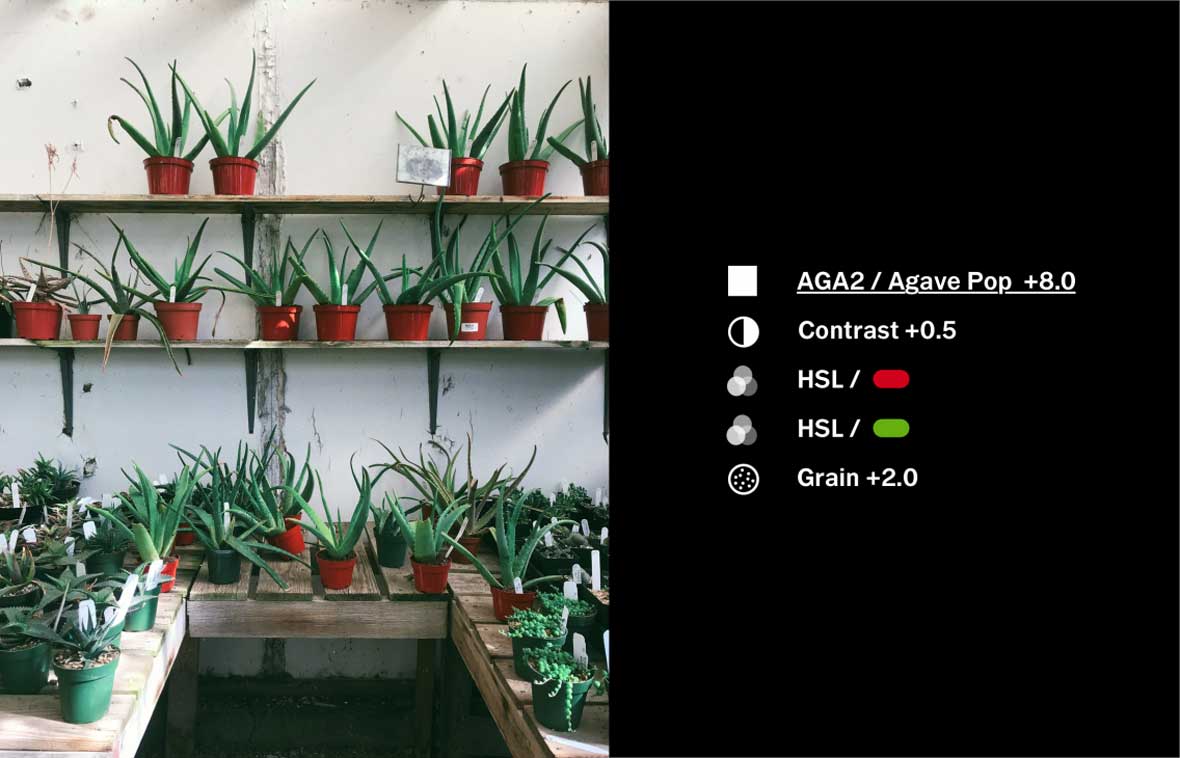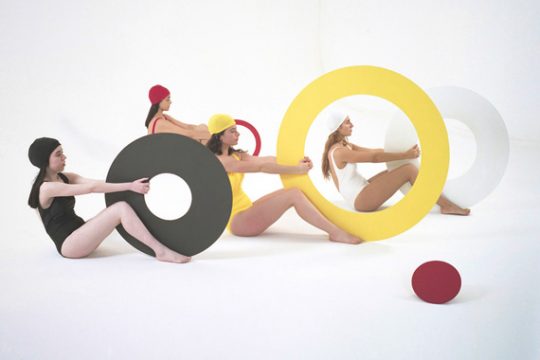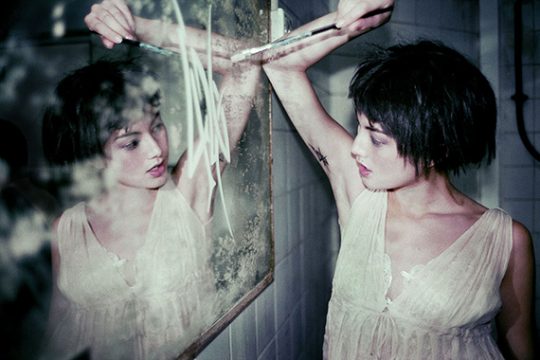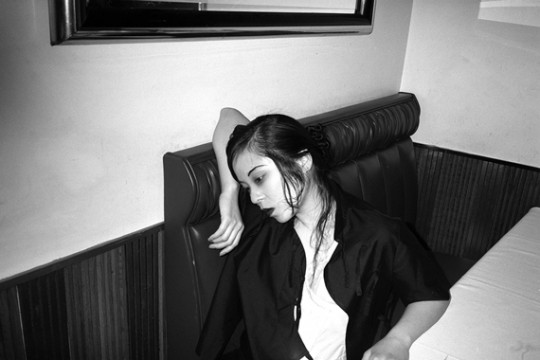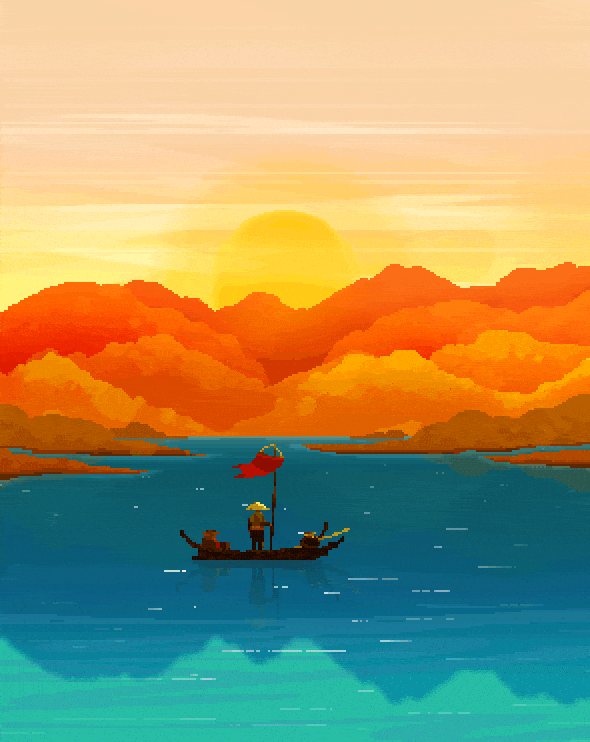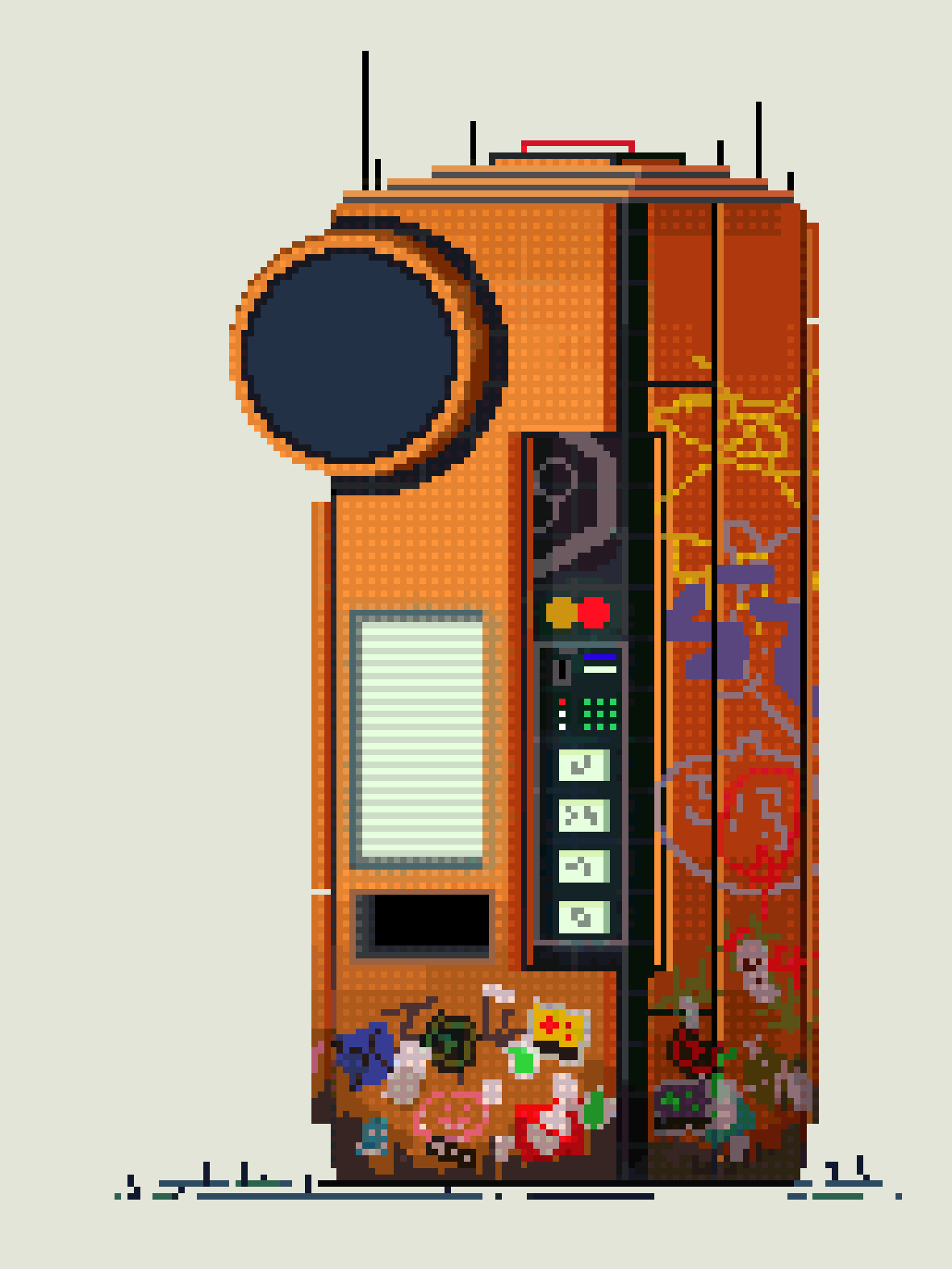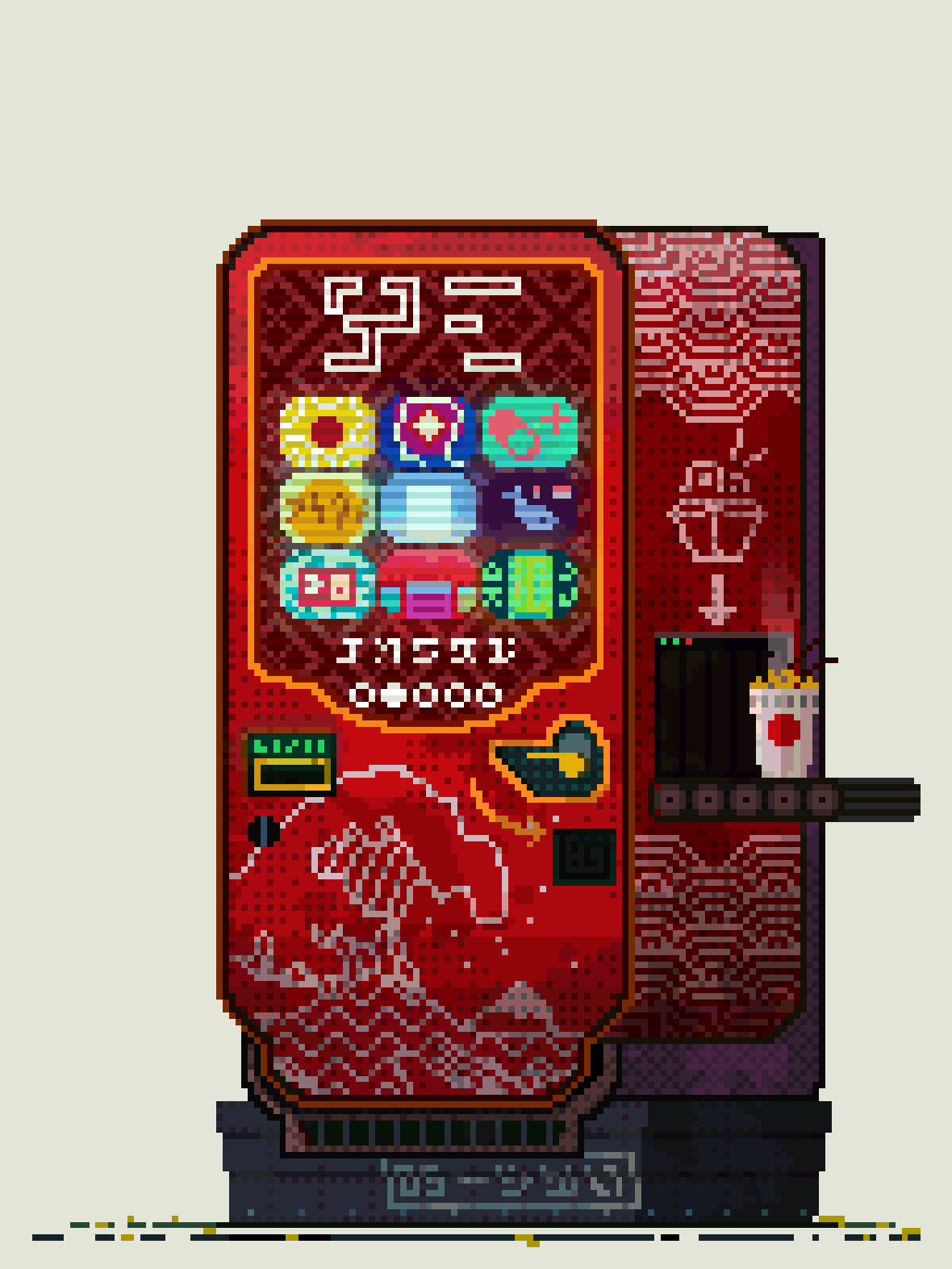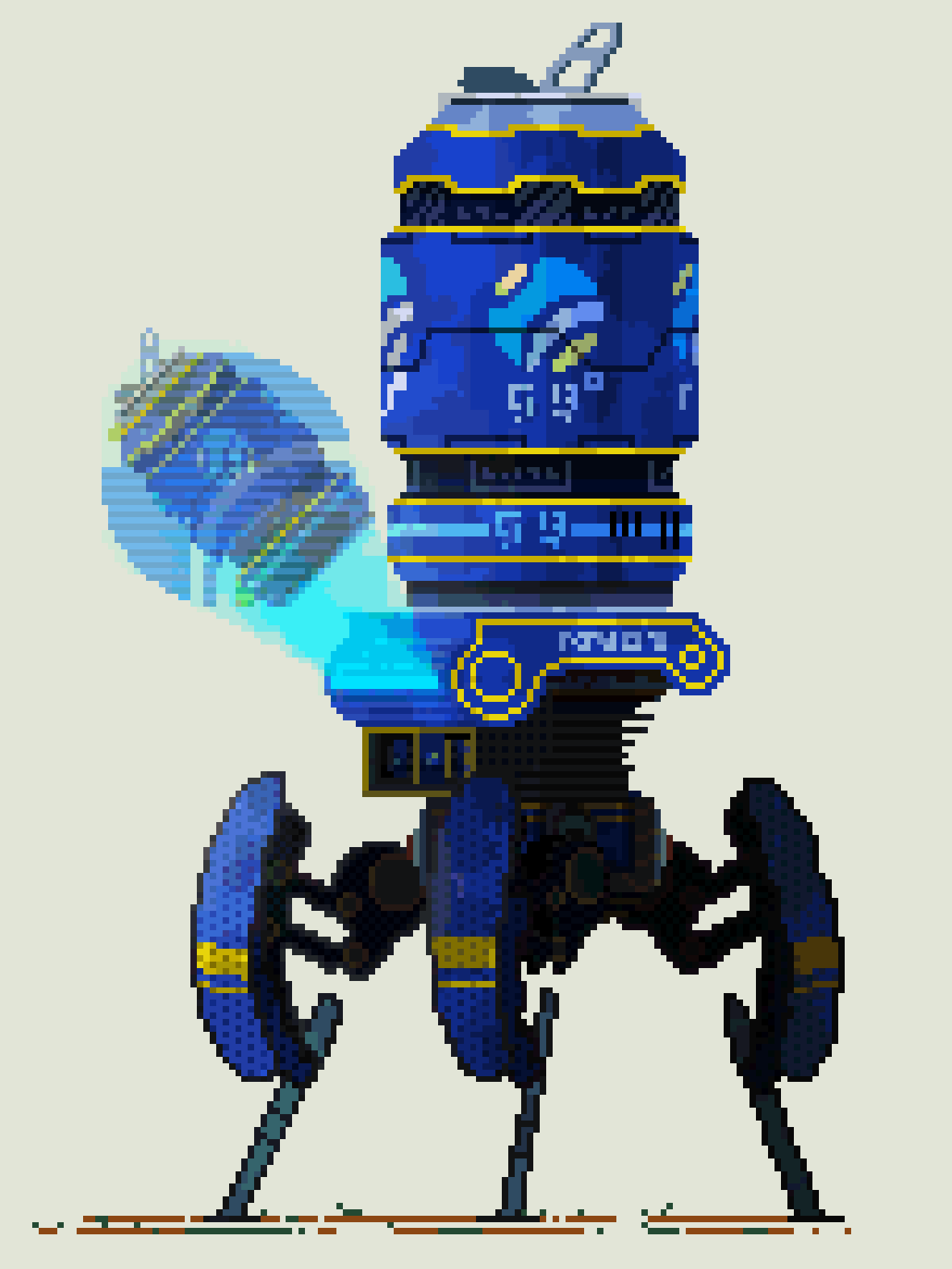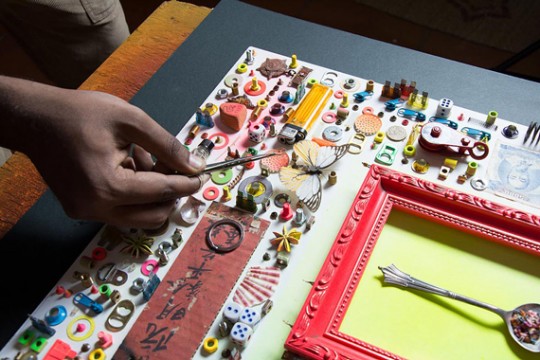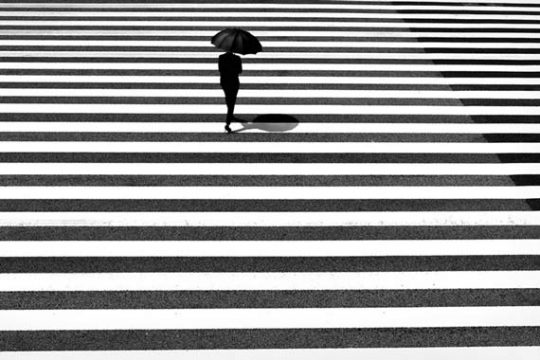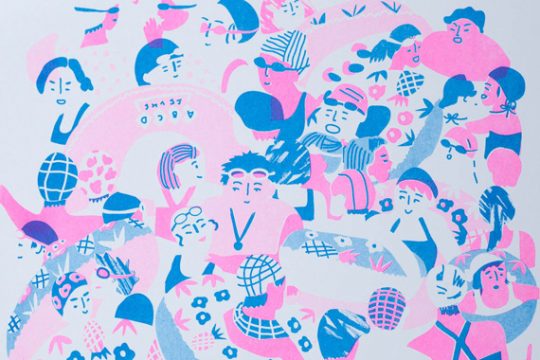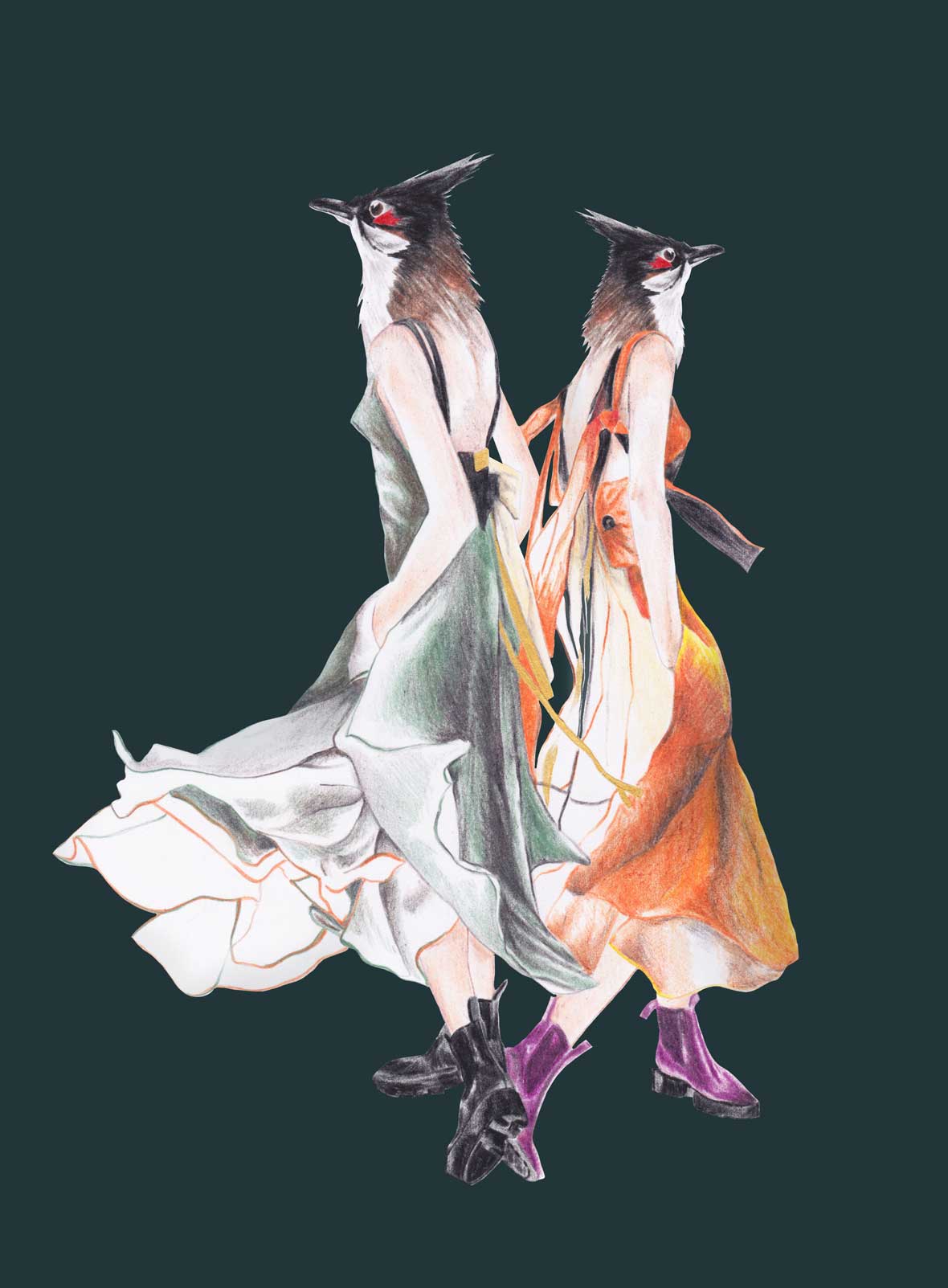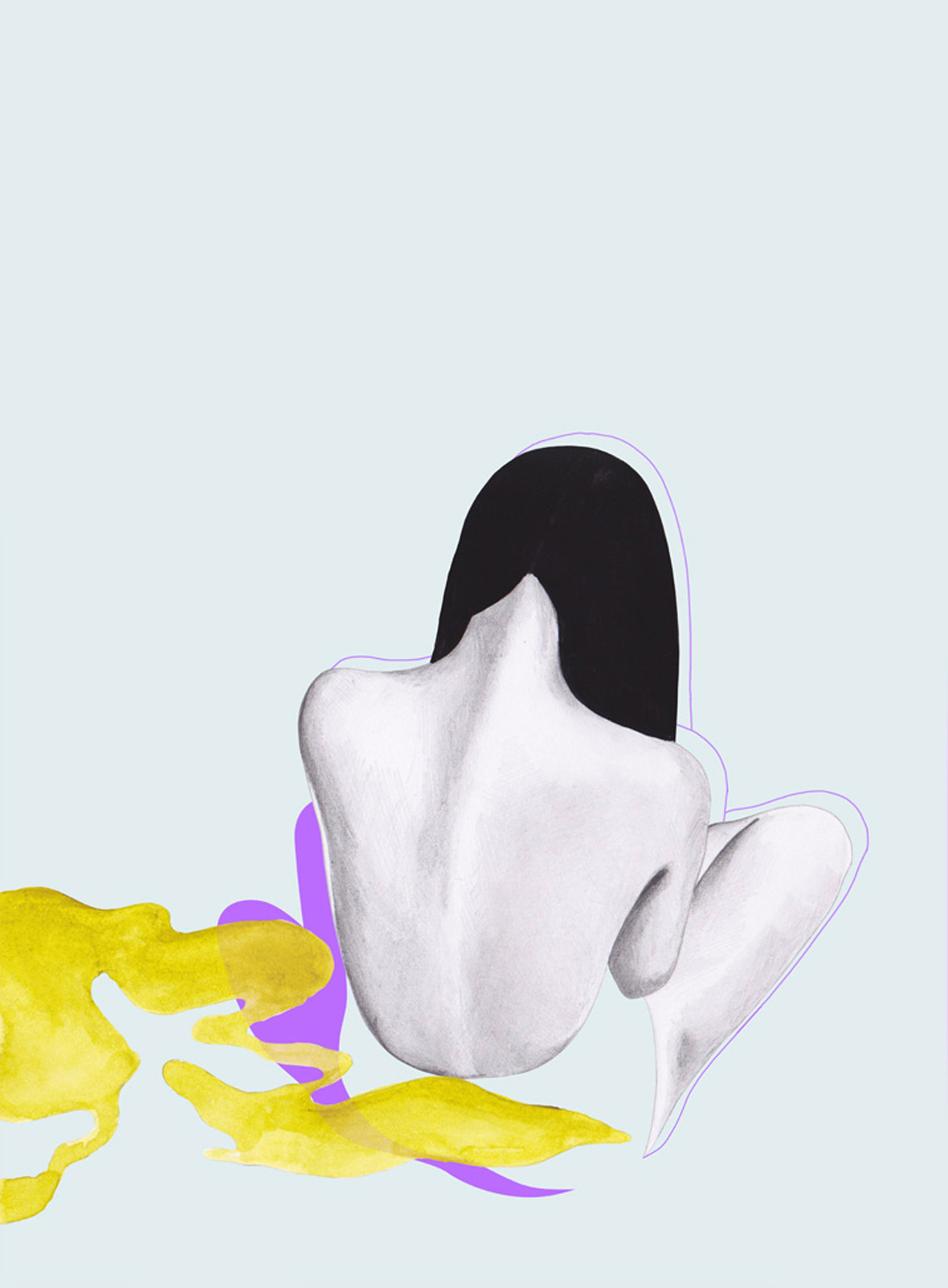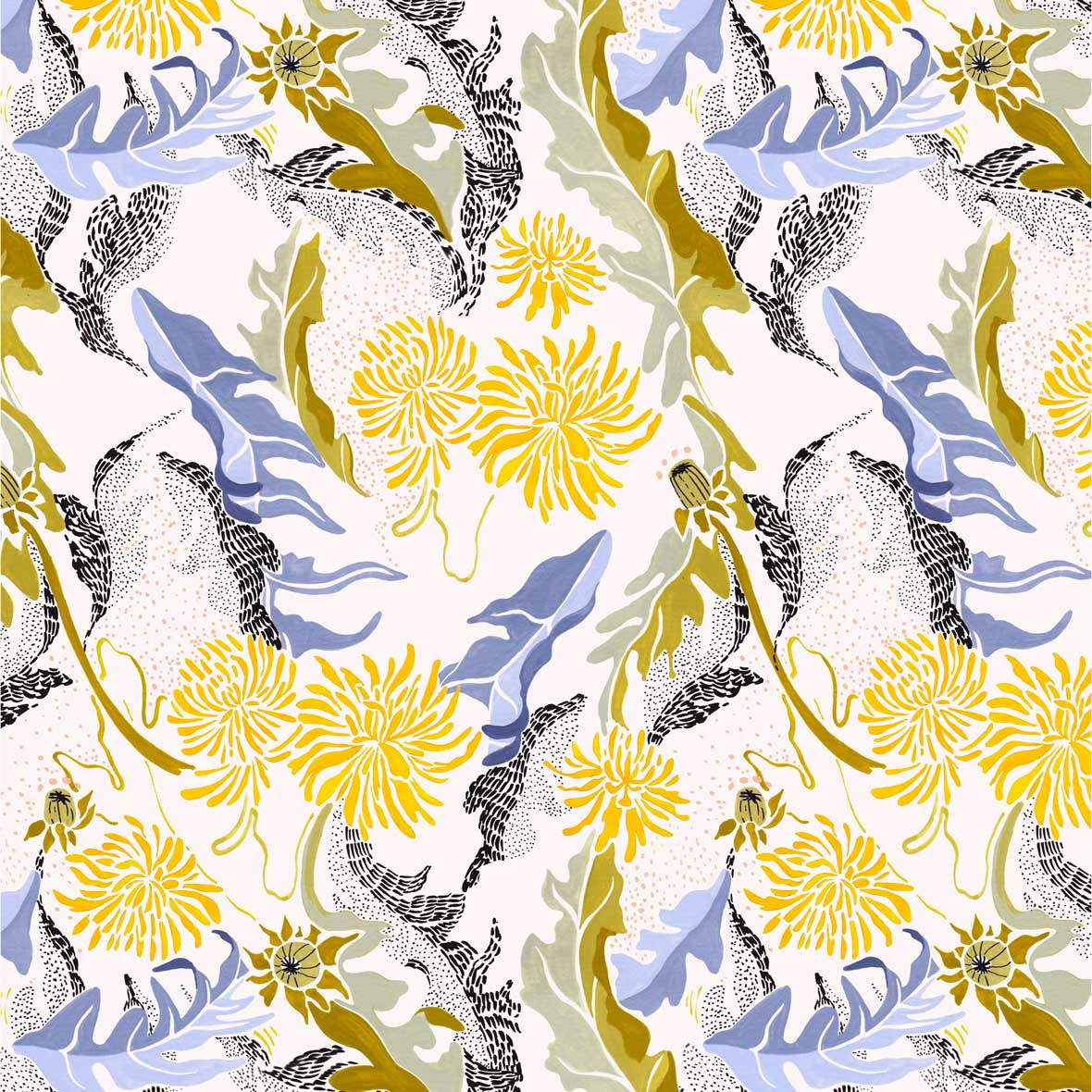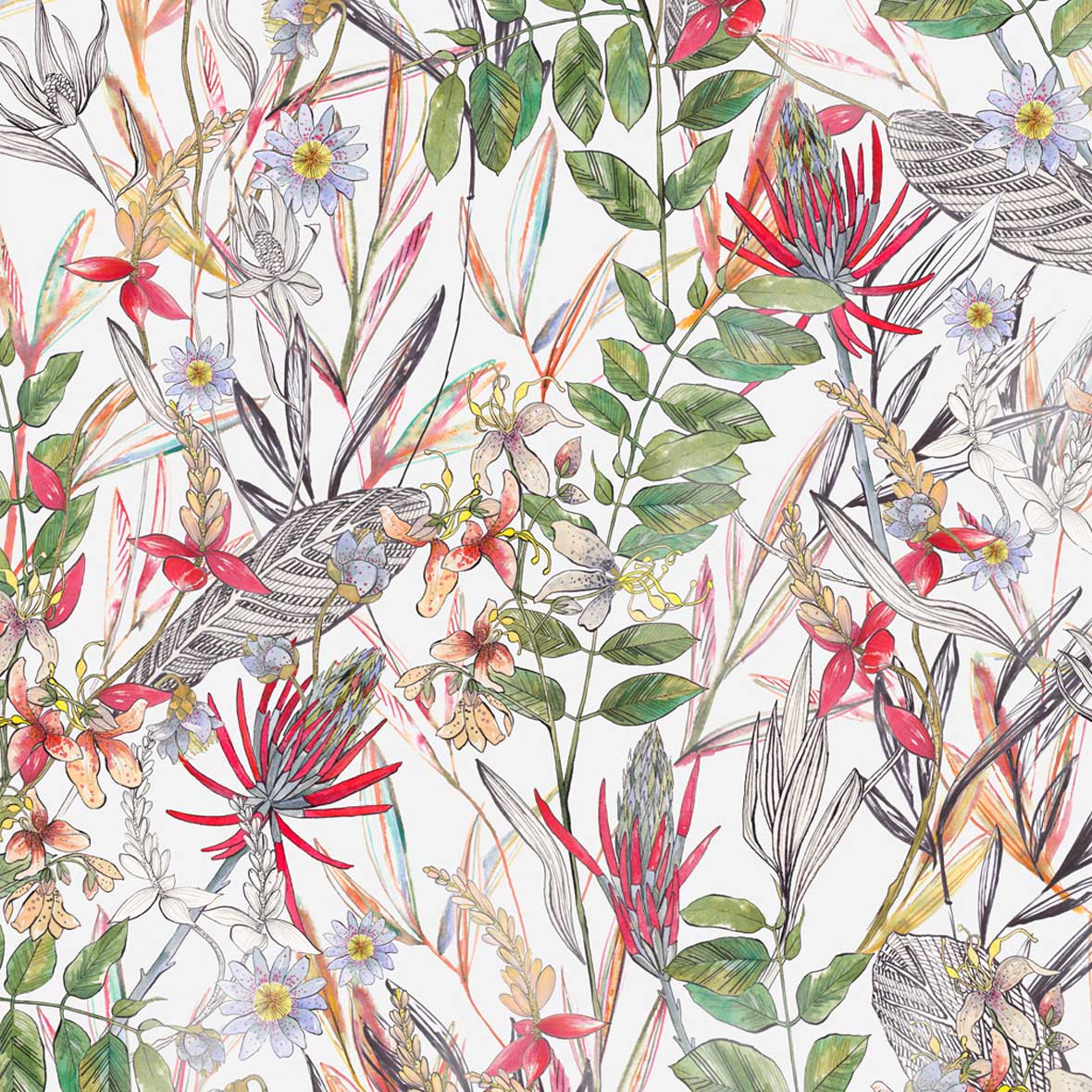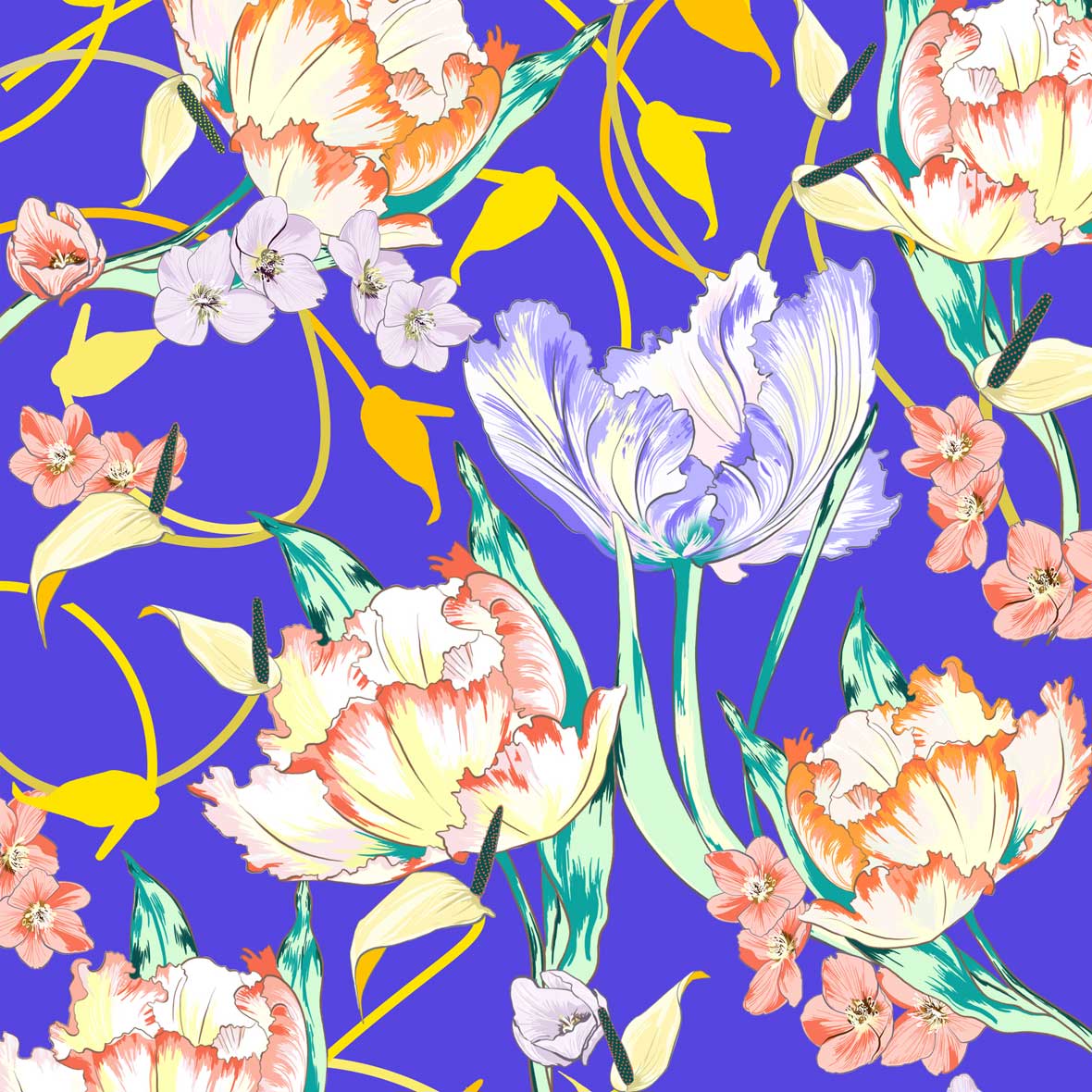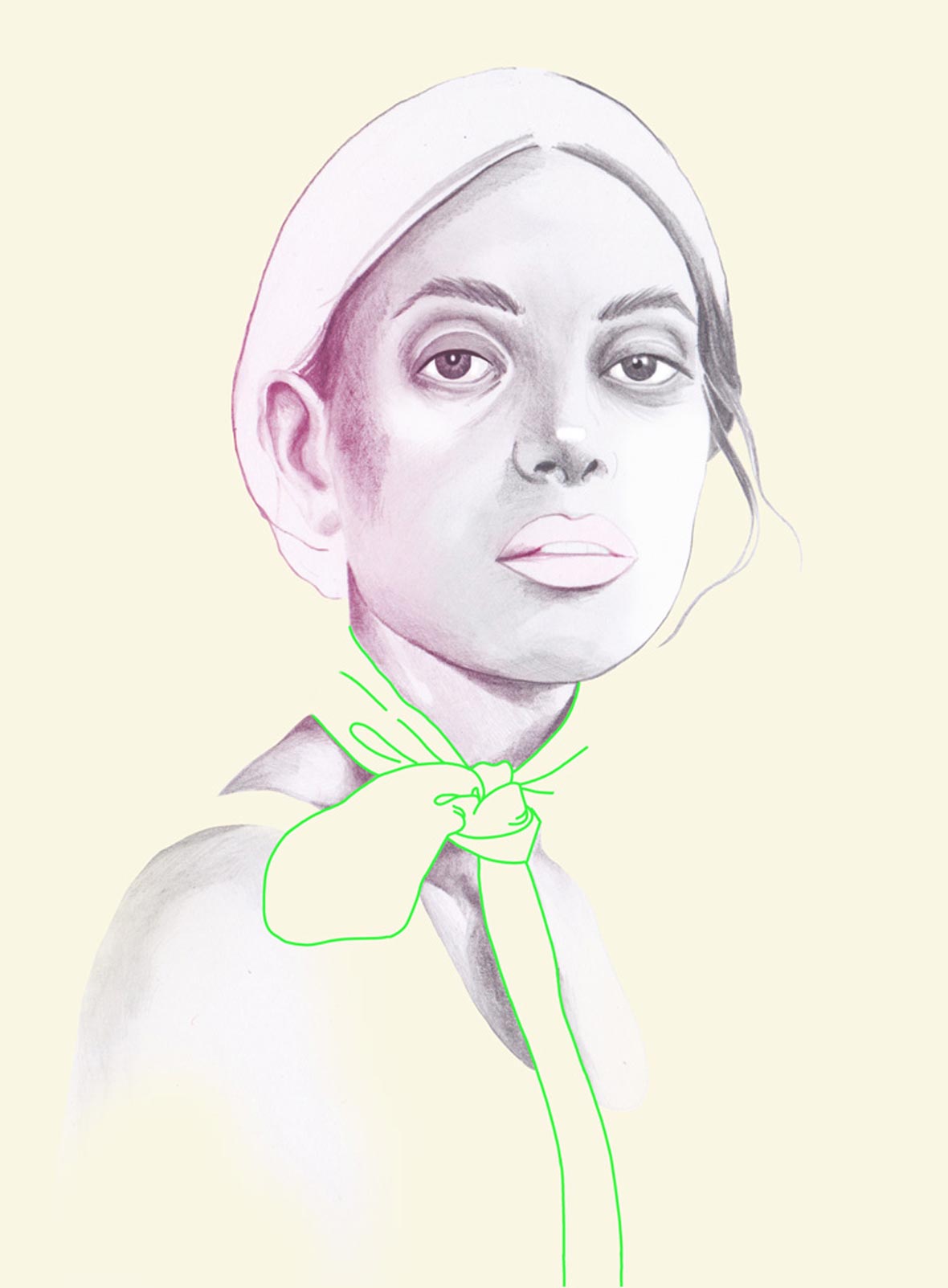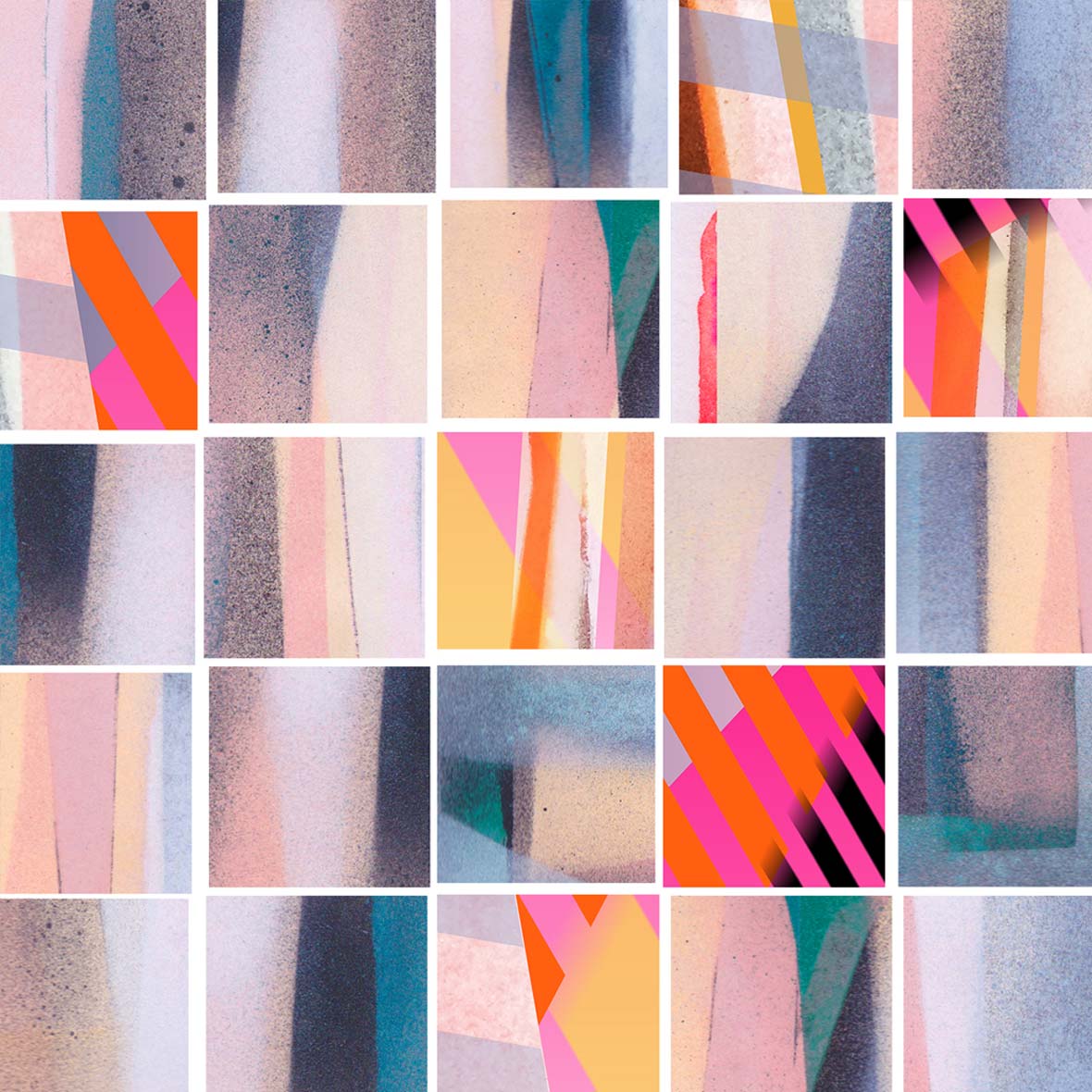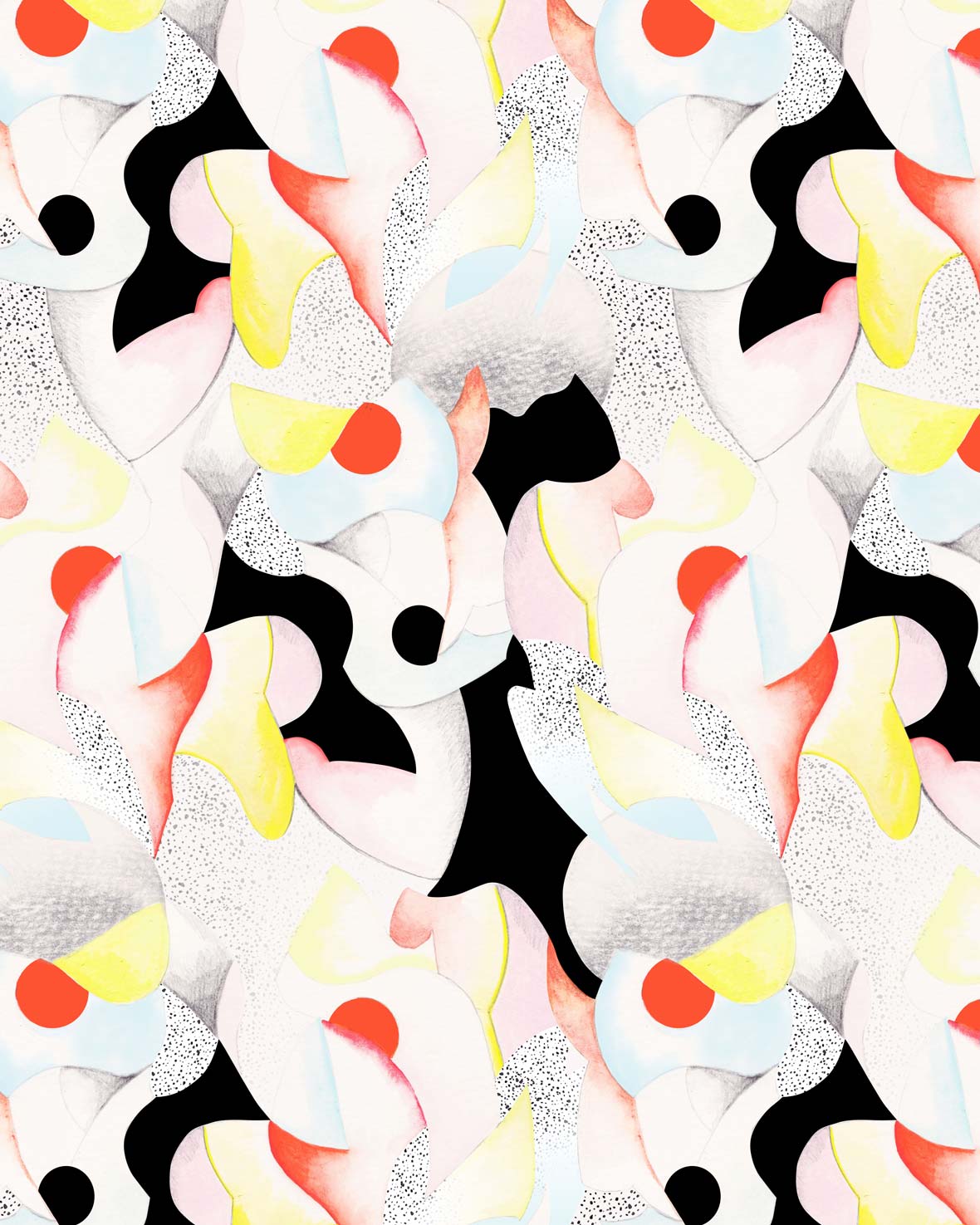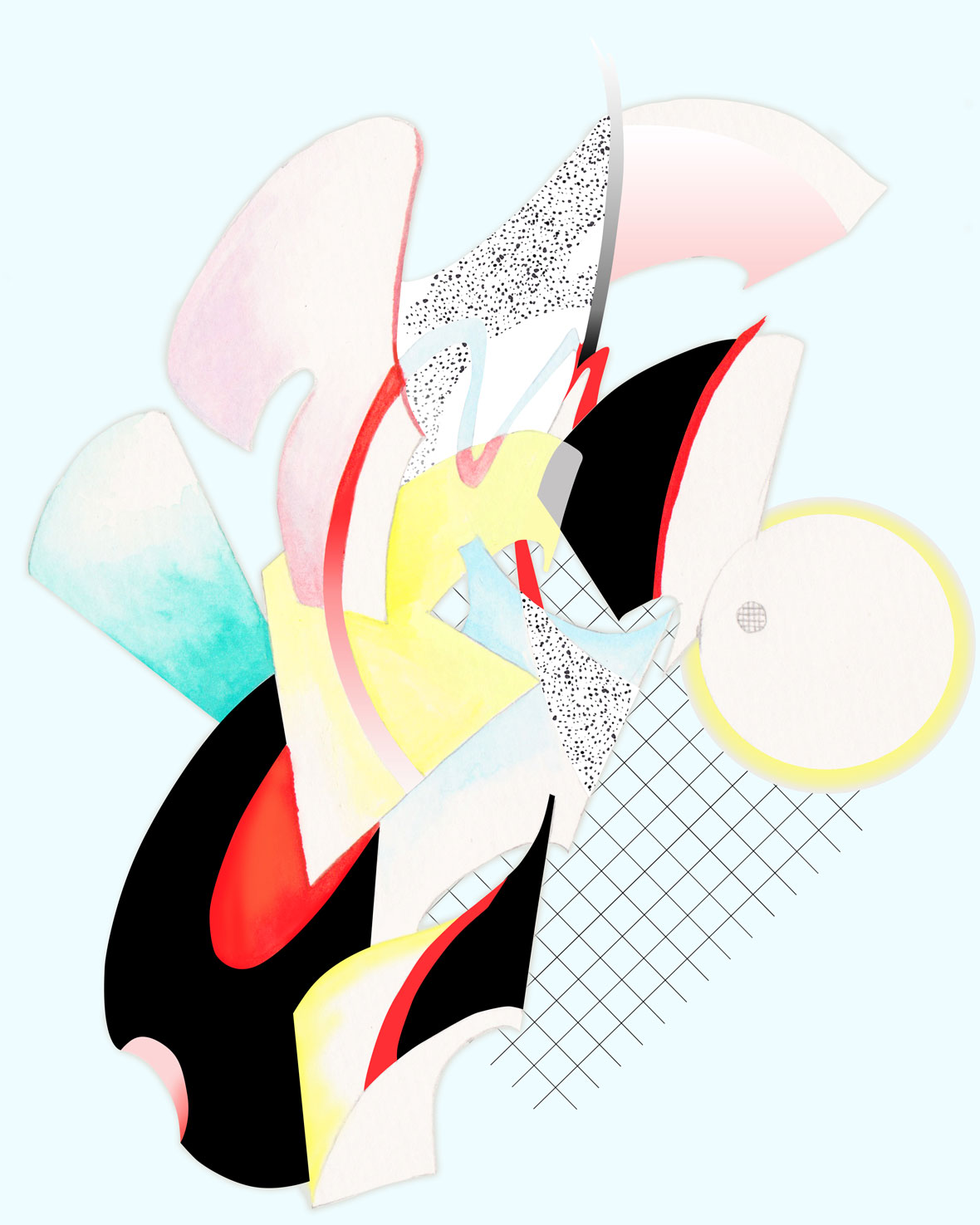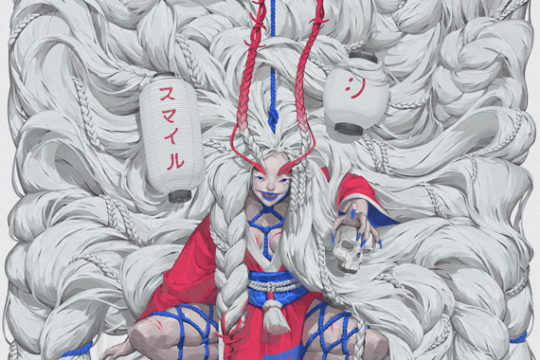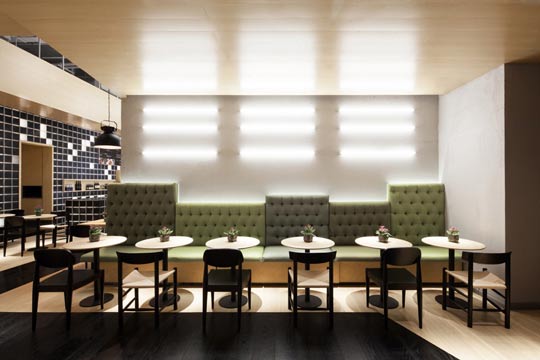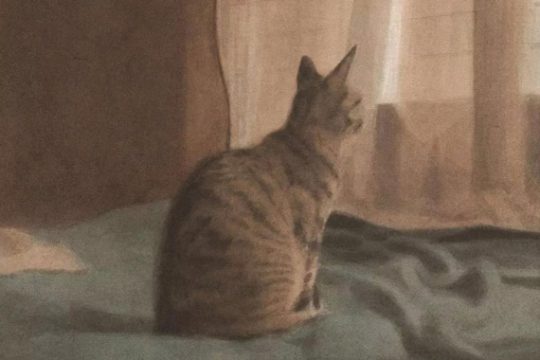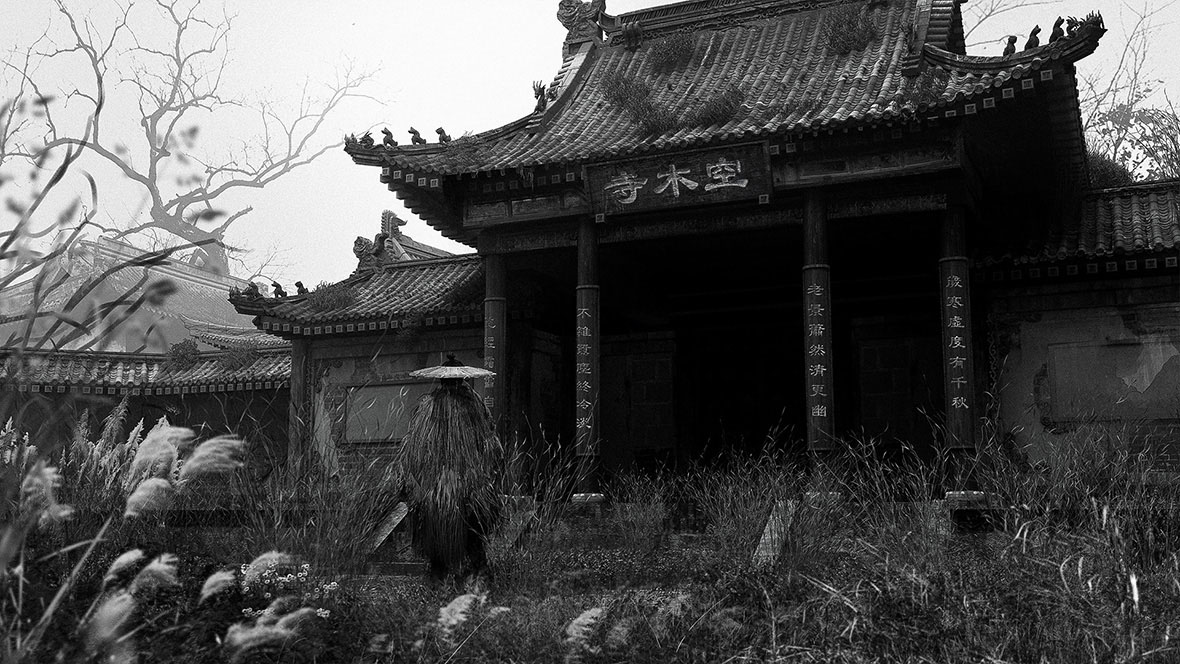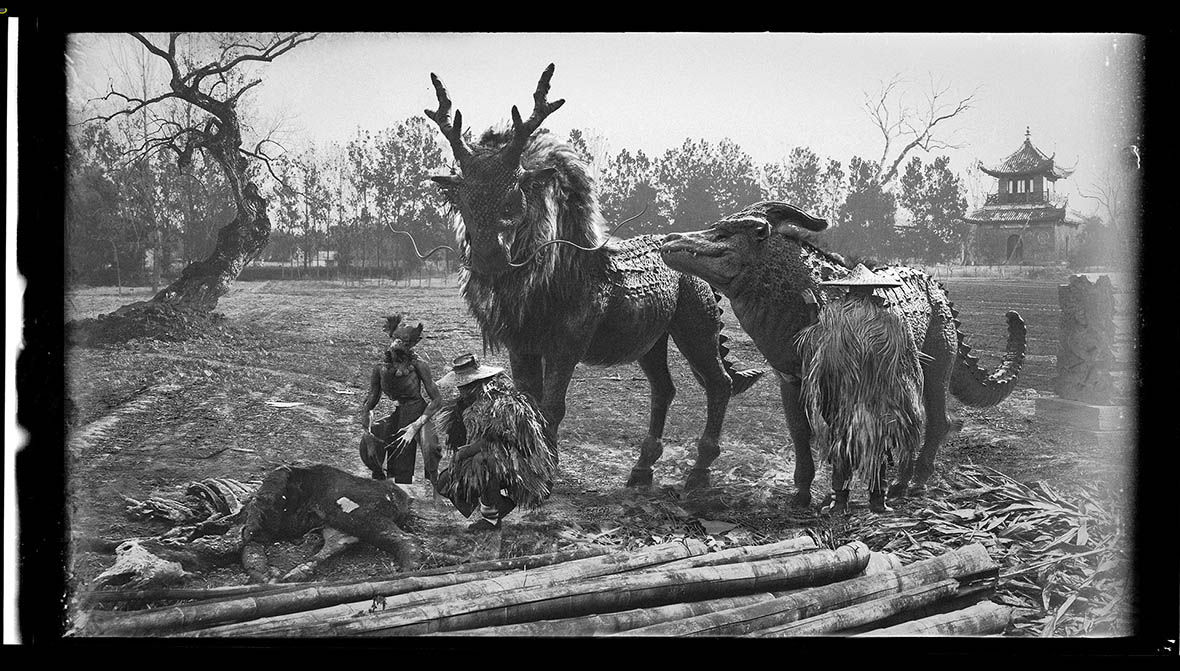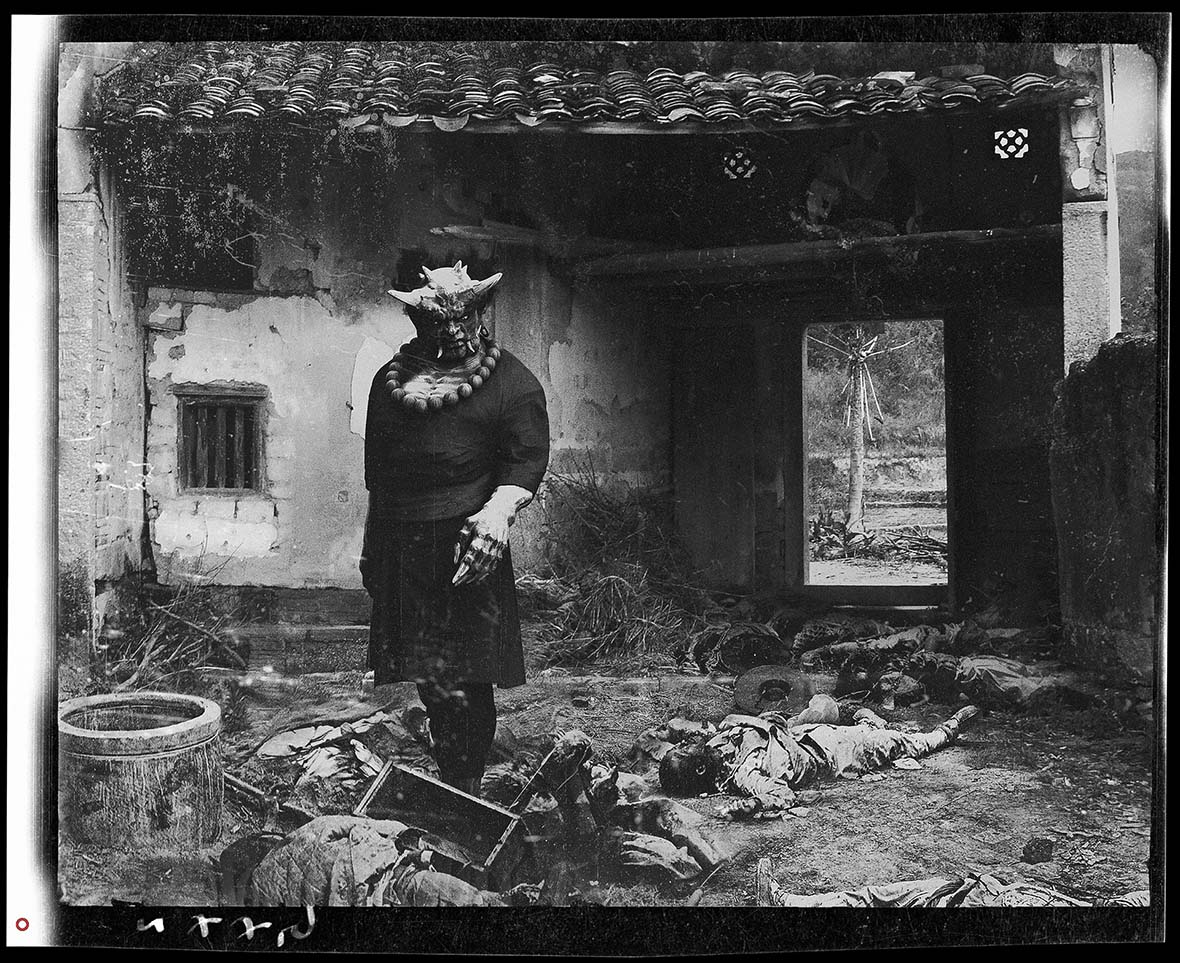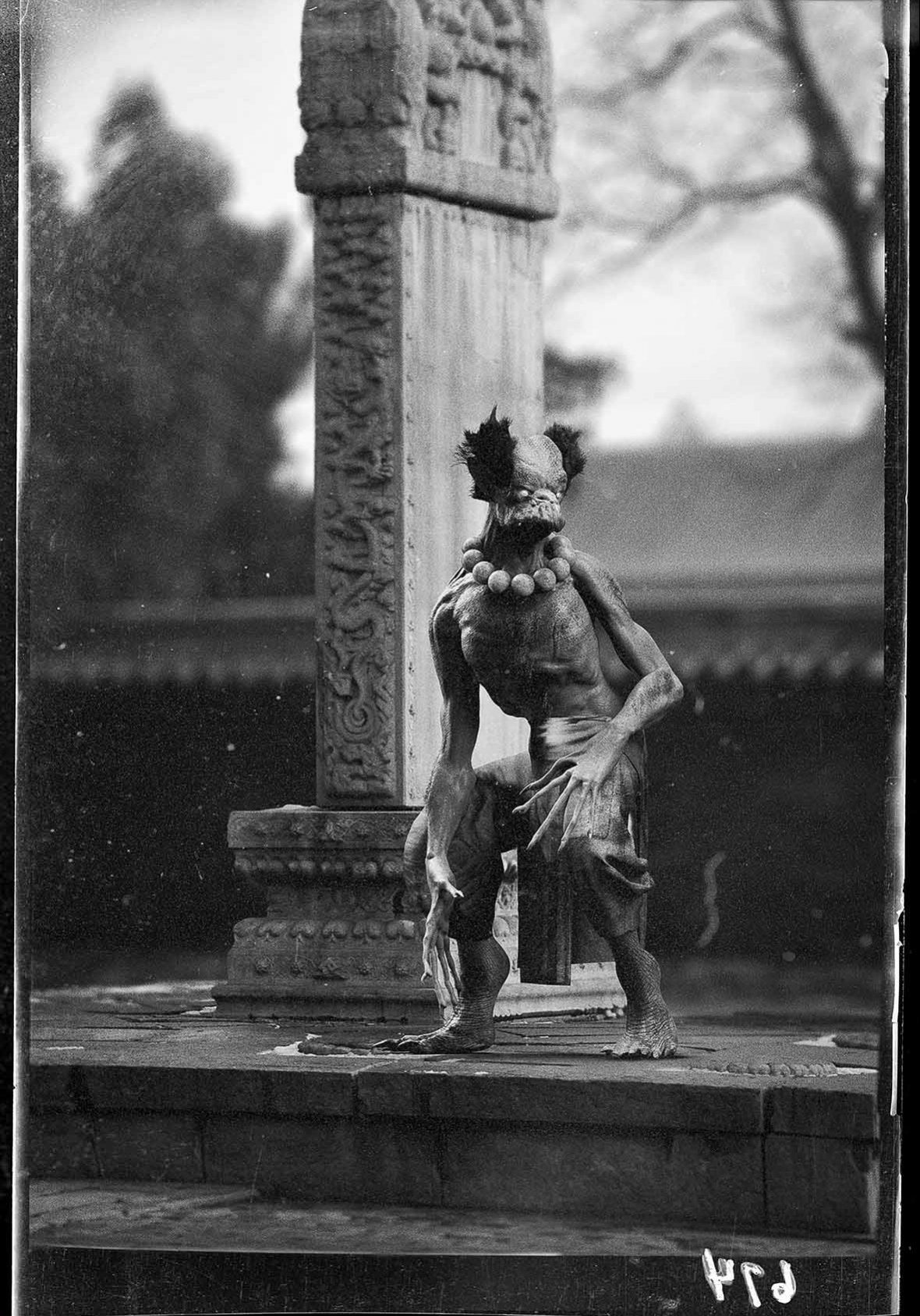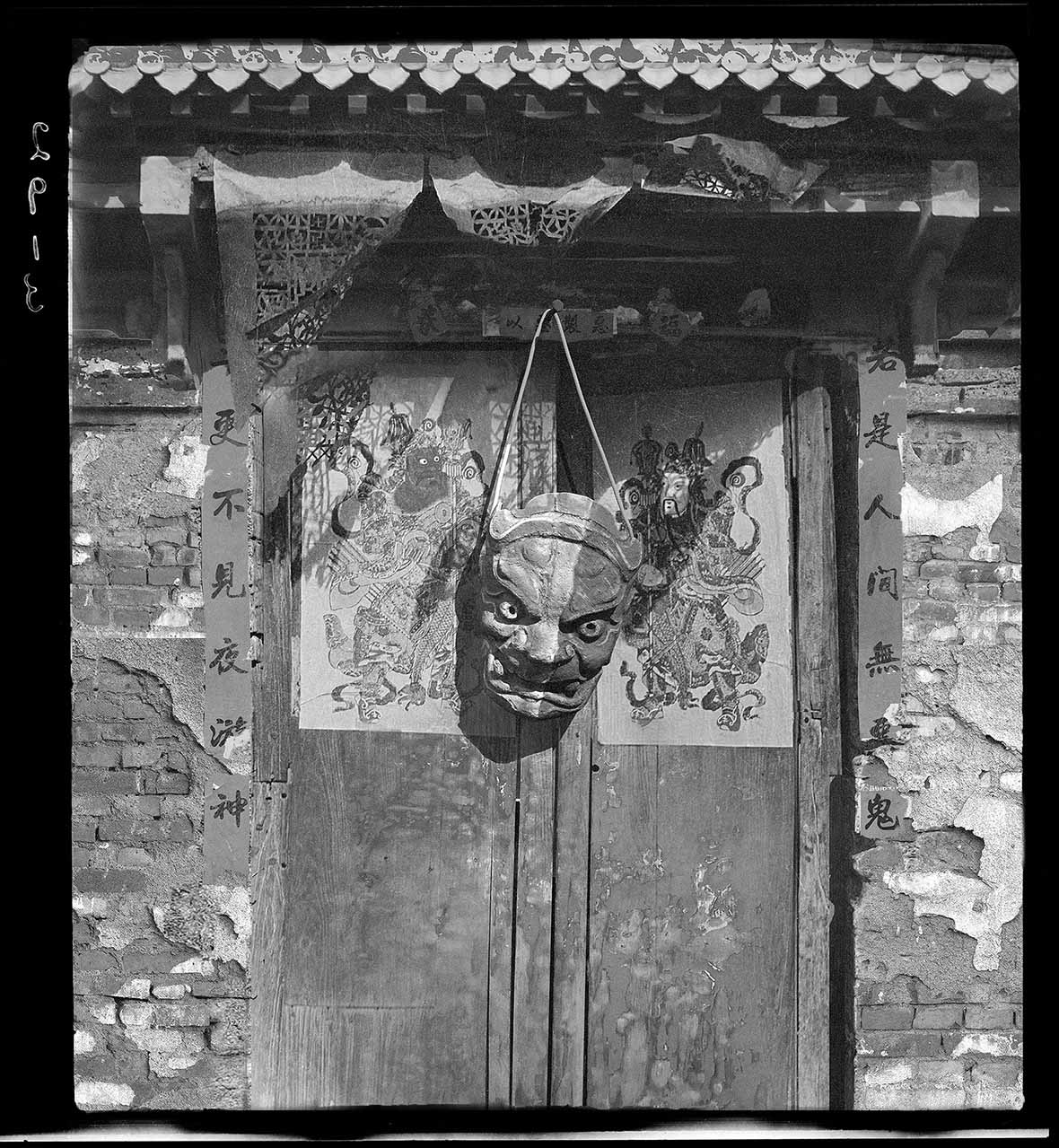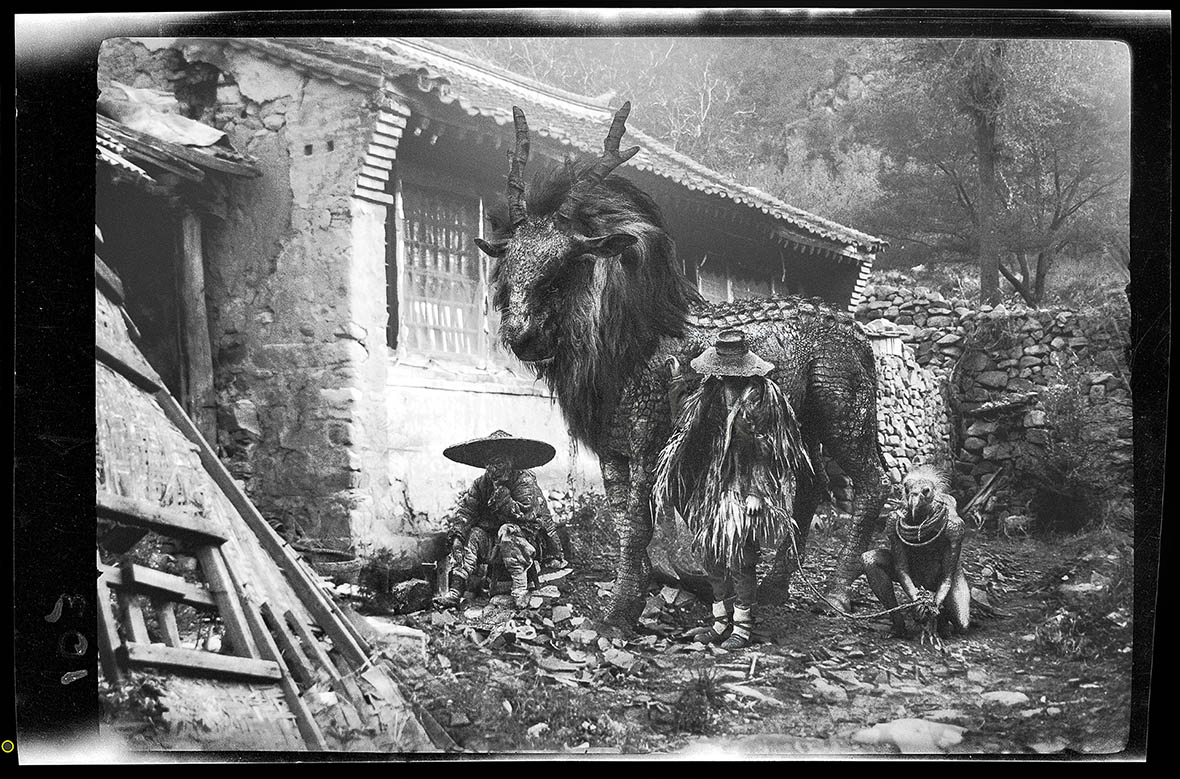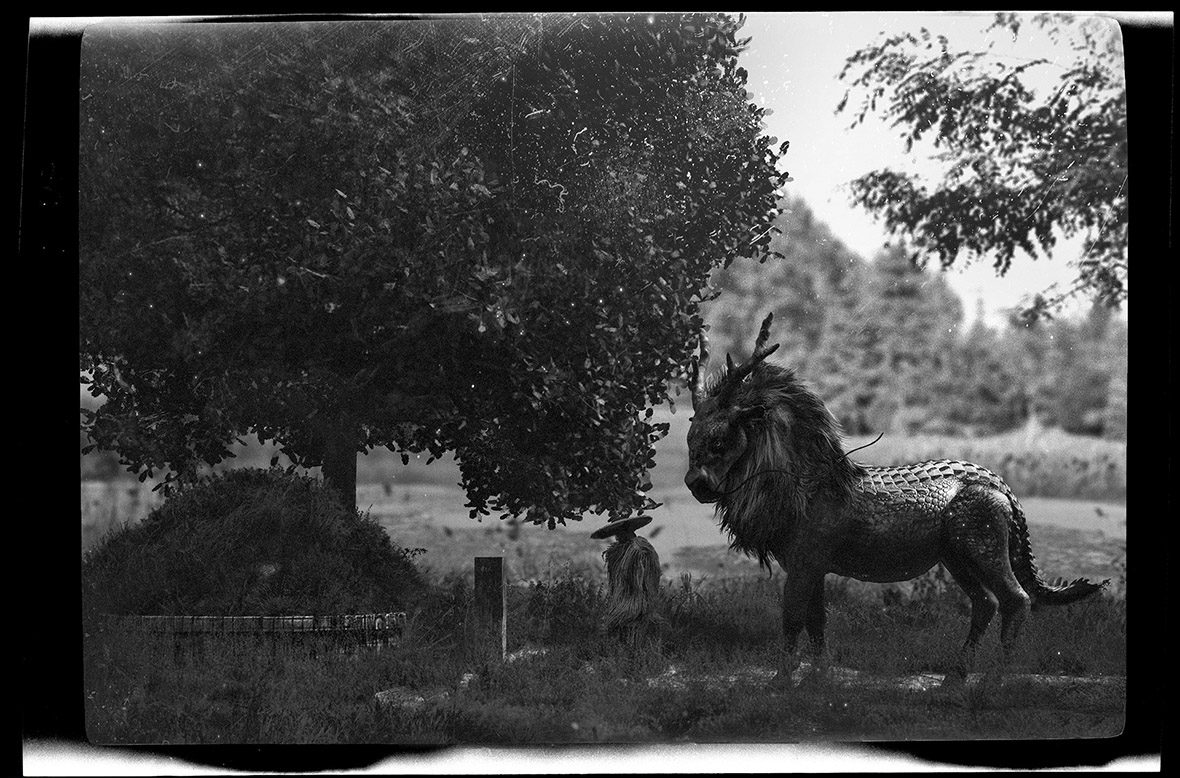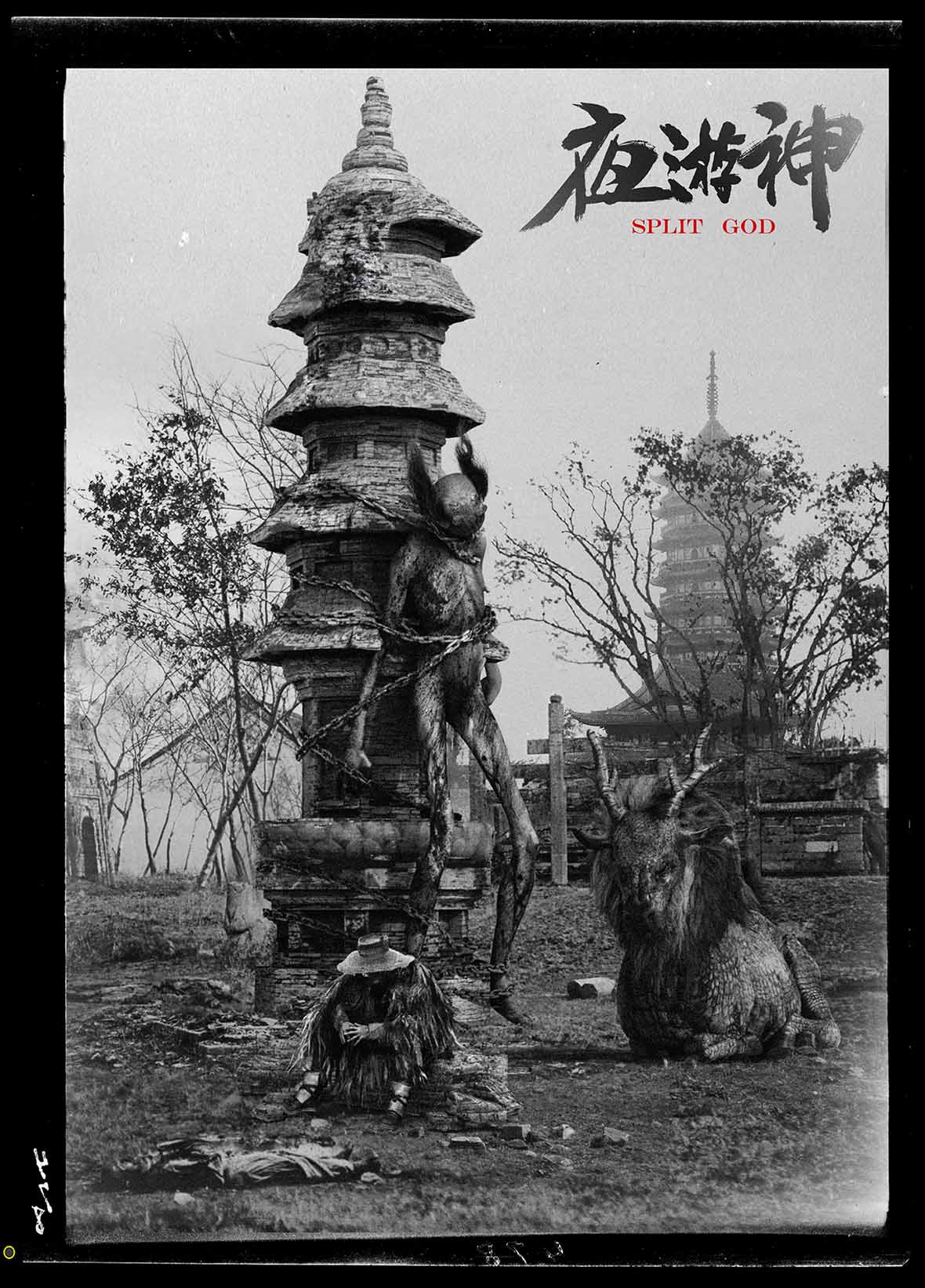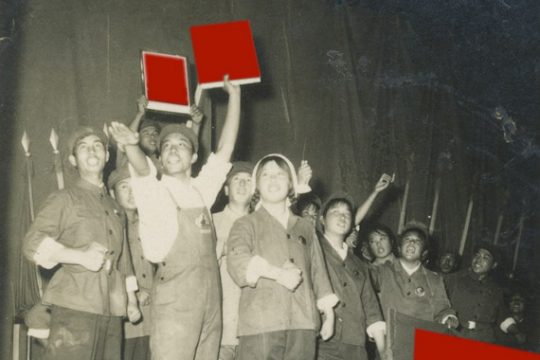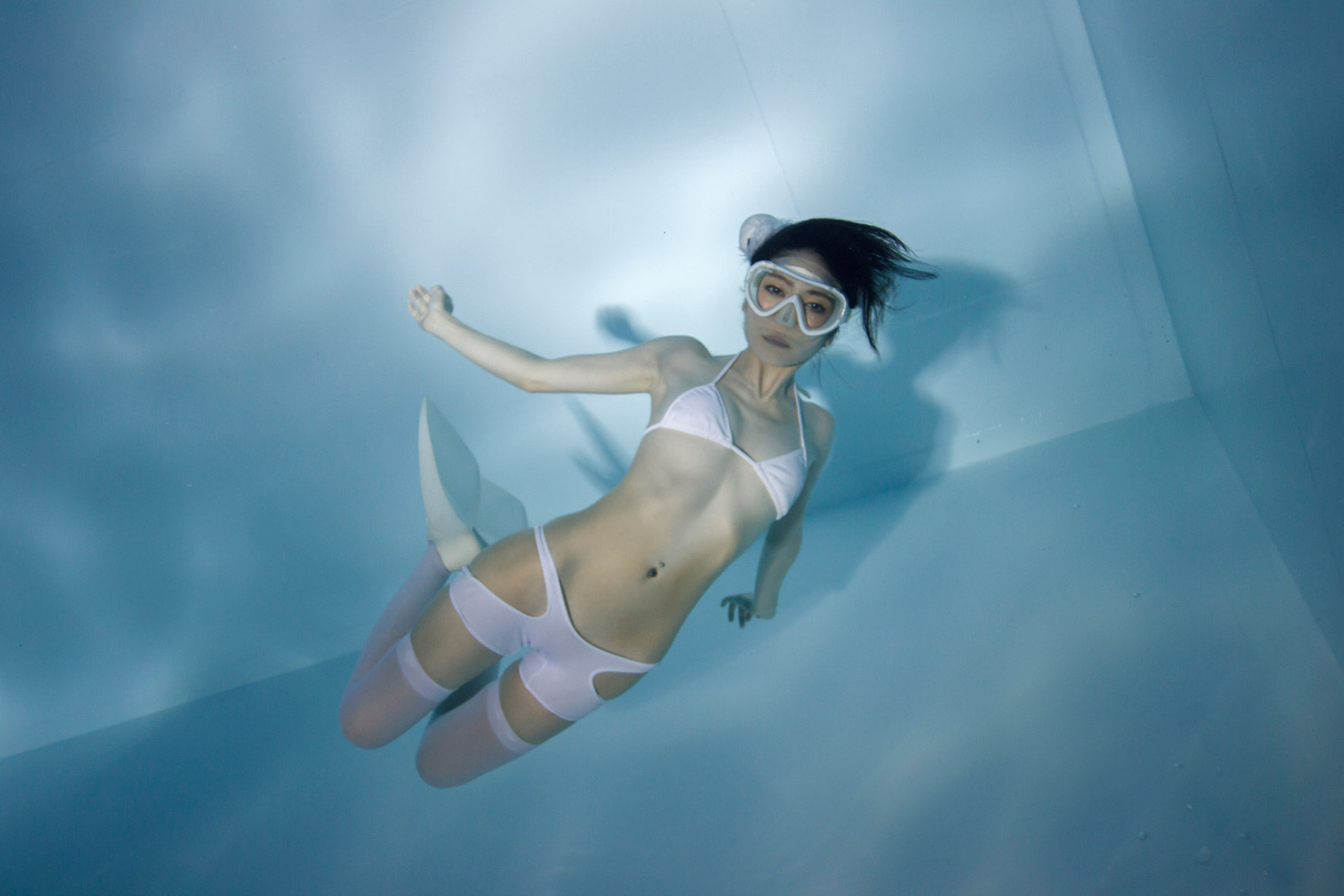
Thanks to the effects of buoyancy and the adhesive force, underwater your limbs can slip free from the strictures of gravity and strike more flexible and fanciful poses. This fact gives Manabu Koga‘s work its distinctive charm. A Japanese photographer known for his pictures of lithe young women in diving gear, Koga strikes a balance between the artistic and the sensuous. “Underwater, there’s a high degree of freedom,” he says, “and at the same time it’s easier to capture a subject’s body in motion.”
在水中,由于浮力与附着力的影响,肢体动作可以摆脱一定重力的束缚,施展更灵巧丰富的姿态。来自东京的摄影师古贺学(Manabu Koga)习惯在水下拍摄,他的作品往往与水下的活力少女有关,并在审美与性感之间做足了分寸,展现出独有的魅力,“水下具有高自由度,同时人物在活动时的姿态更容易被相机定格。”
The shimmering blue water gives Koga’s photos a dreamlike feel. Since he began shooting in 2002, he’s refined his work into something distinct and uniquely his, with an aesthetic that calls to mind the zaniness of Japanese youth culture.
Nearly twenty years of aquatic art are no passing whim: for Koga there’s nothing more delightful than basking in the waves. “Even as a child, I was fascinated by photos and videos of people in submerged underwater,” he recalls. He first made a splash on social media in 2012, and though he didn’t consider himself an artist back then, he now exhibits at galleries large and small in Japan and around the world. In 2018 his photo series Underwater Knee-High Girls won a Jury Selection Prize at the 21st Japan Media Arts Festival in the category of Entertainment.
Koga’s subjects seem to float effortlessly, yet creating one of these images is no simple matter. Perfectly capturing the natural, supple look requires getting the light and the moment just right; the models need to have experience scuba diving, and sometimes have to communicate by gestures. Because of his expertise, a steady stream of artists has come knocking on his door, including film director Mika Ninagawa, who invited him to shoot actress Erika Sawajiri for the film Helter Skelter (2012).
青蓝色背景与粼粼波光,令镜头下少女娇娜的曲线袒露无余,整个画面也充满了梦幻与未来的基调。这些带有浓重日本千禧风尚的系列作品始于 2002 年,而古贺学也将这种生动的照片处理方式一直延续至今。
然而,近二十年的水下拍摄经历,并不是古贺学一时兴起的打算。在他看来,没有什么比漂浮的状态更具有吸引力了,“童年时期的我,就非常着迷于水下的人物与拍摄。” 直到 2012 年,他的作品才在各大社交平台上才流行开来。起初,他并不认为自己是艺术家,而现如今,他的作品在大大小小的国内外场馆进行展出。2013 年他出版的《 Underwater Knee-High Girls》(“⽔底过膝袜少女”)系列作品,于 2018 年获得日本新媒体动漫艺术节娱乐部门的评估奖项(Japan Media Arts Festival Entertainment Division Jury Selection Prize)。
这些看起来令人倍感舒适的照片,其实拍摄起来也并不简单。为了完美捕捉人物在水下自然与舒展的效果,古贺学需要很好地把握光线和时机;同时,挑选的模特必须具备潜水的相关知识,有时候还需要在水下用手语进行沟通。如此令人惊叹拍摄技巧,也引来了外界的纷纷问讯。在蜷川实花(Mika Ninagawa)导演的电影《恶女罗曼死》中,古贺学就曾被邀请拍摄女演员泽尻英龙华(Erika Sawajiri)在水中的镜头。
A shot can capture a time, space, and scale. Koga’s approach to photography starts from this principle, though he focuses on each element separately, recombining them in post-production. Continuous captures a set of movements at different points in time, while Harajuku shows a woman in scuba gear floating through the streets of Tokyo, and Cube involves what seem to be large glass cubes with divers inside, refracted and foreshortened from different angles. These three series show Koga’s reflections on time, space, and scale, respectively.
镜头可以复制时间、空间和格局。古贺学对于拍摄的理解也来源于此,不过他的镜头会分别记录下三者,然后经过后期将它们重新组合在一起。系列作品《Continuous》(“连续“)定格了一整套动作分别在不同时间点内的状态;《Harajuku》(“原宿“)里,一位背着水肺的少女漂浮在东京街头;作品《Cube》(“方块”)则像是一个玻璃装置的画面,一个可以让人从任何角度观赏的立体画面。这些作品都分别展示了古贺学对时间、空间和格局的思考。

In Octopus, a series of women appear underwater in a sort of tentacular mechanical armor. “They look like ‘mecha girls’ from anime,” says Koga. The outfits were designed by toy designer Masahiro Shimamoto.
The anime connection isn’t accidental. When he’s not taking pictures, Koga often works on anime and graphic design gigs. “When I don’t have any photography projects, I sometimes do some work on anime logo visuals and design,” he says. “I worked on Gundam and Kamen Rider.” Back in the 1990s, the artist Takashi Murakami used to work on his own design projects at Koga’s apartment. “Mr. Murakami had a very big influence on me,” he says.
在古贺学的系列作品《Octopus》(“章鱼 ”)中,一群穿着机动装甲的少女出现在水中,“看上去就像是科幻动漫中的 ‘机甲少女’ 的形象。” 该套 “外衣” 由日本玩具设计师岛本昌宏(Masahiro Shimamoto)设计。现实生活中古贺学除了拍照还涉足更多关于动漫和平面设计的工作,“在没有拍摄工作的时候,我偶尔也会参加动漫 Logo 的视觉和设计工作,之前也参与过《高达》和《假面骑士》等项目。”,古贺学说道。九十年代的他也曾在日本当代视觉艺术家村上隆(Takashi Murakami)的家中帮忙做事,“村上隆先生对我的影响很大。”
After first getting his feet wet two decades ago, Koga has been diving deeper and deeper into his passion. In his next aquatic romp, he’ll keep his camera trained on these scantily clad scaphandrières. “Next year I’ll start a new underwater photo series,” he reports. “I’m currently still in the planning stages, but the new concept will be more pared-down than before.”
兴趣使然,随后便是数十年的 “潜” 行。在未来,古贺学镜头下的少女会依然在水中摆出造型,这种令人舒适的快乐还会继续漂浮在水底。他说道:“预定在明年会开始水下新系列的拍摄。目前还在规划阶段,不过新的概念会化繁为简。”
Like our stories? Follow us on Facebook and Instagram.
Instagram: @manabukoga_underwater
Contributor: Pete Zhang

